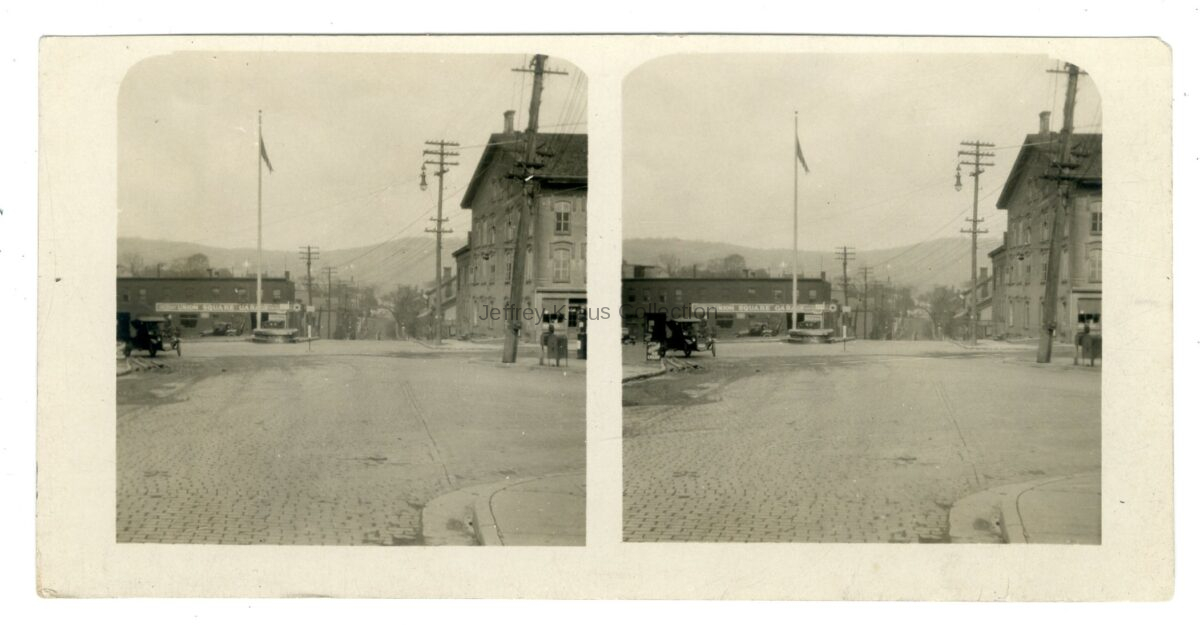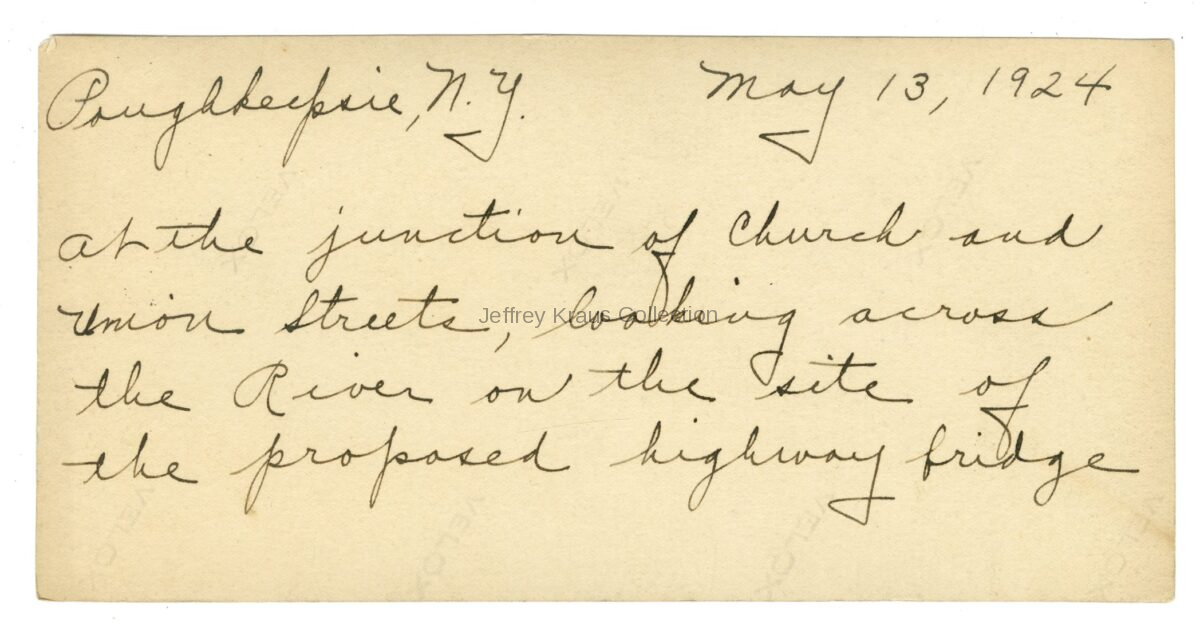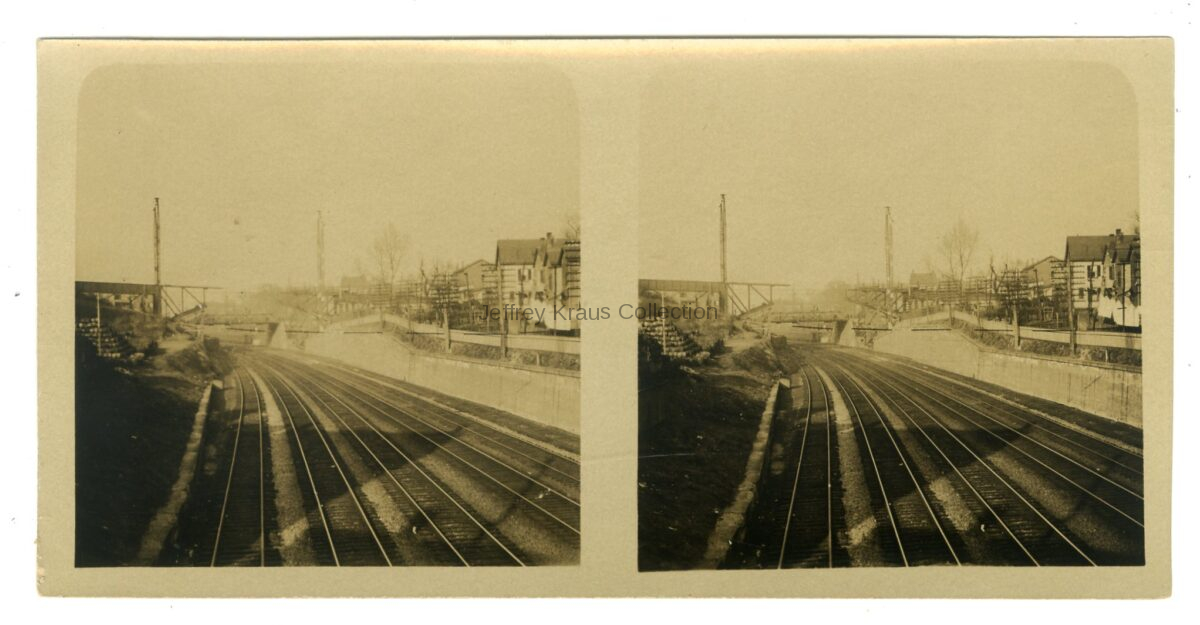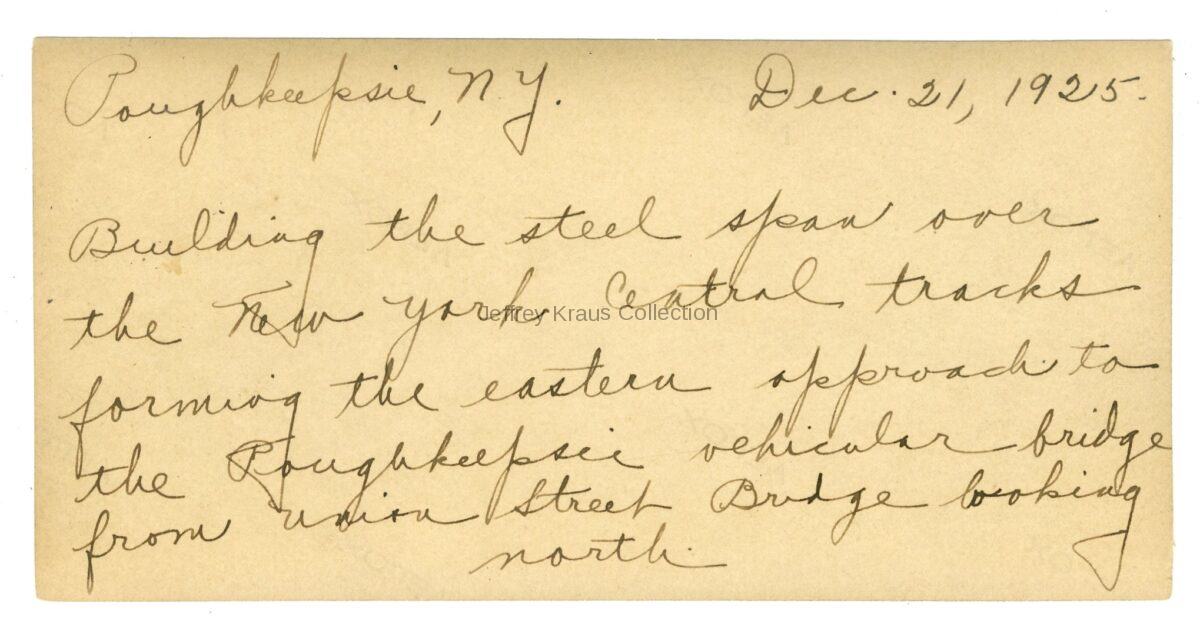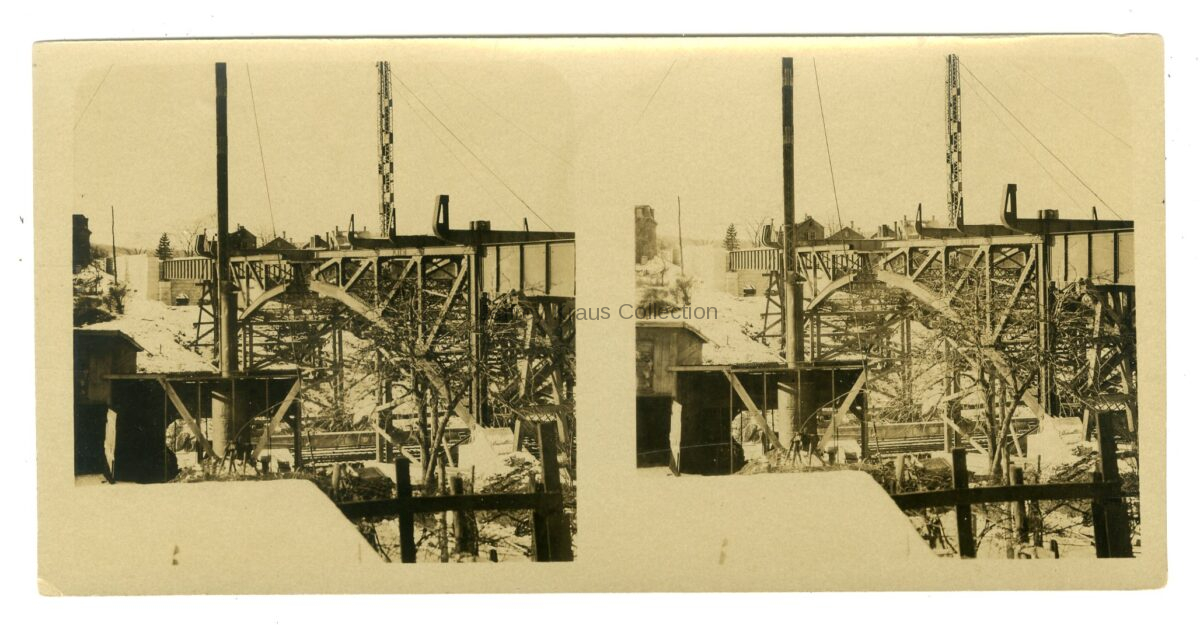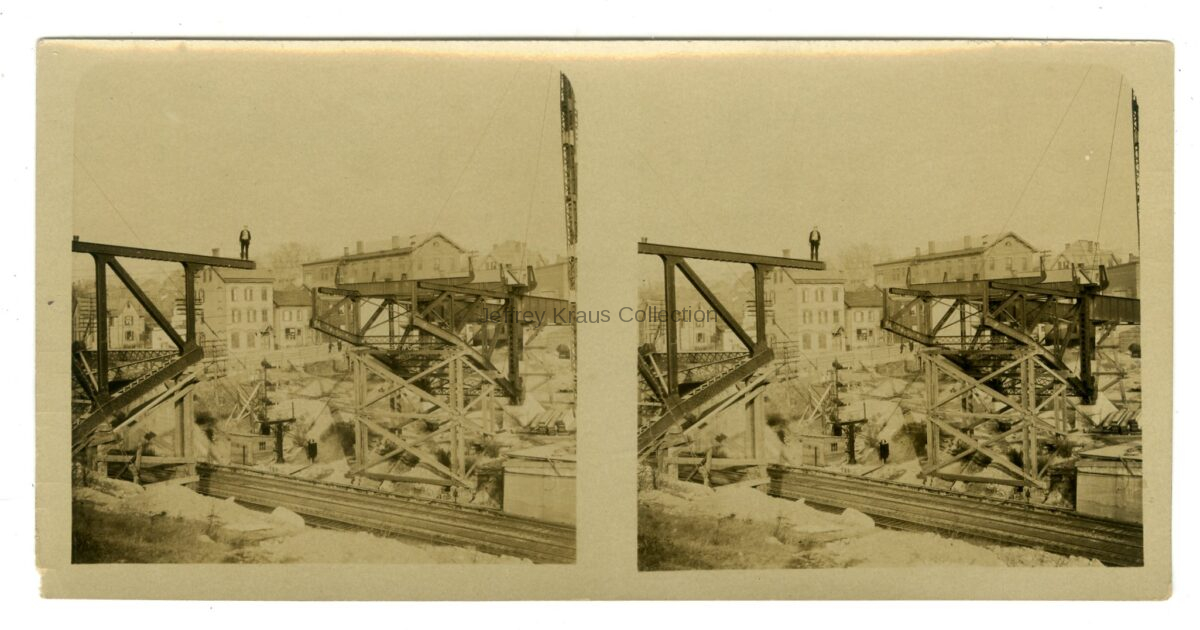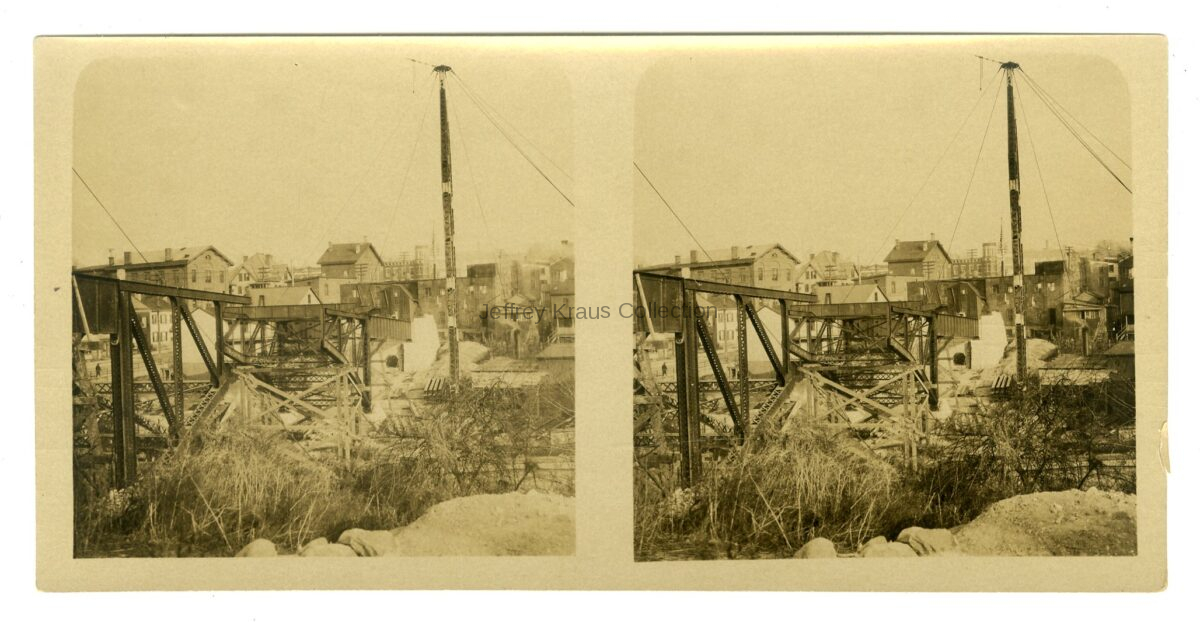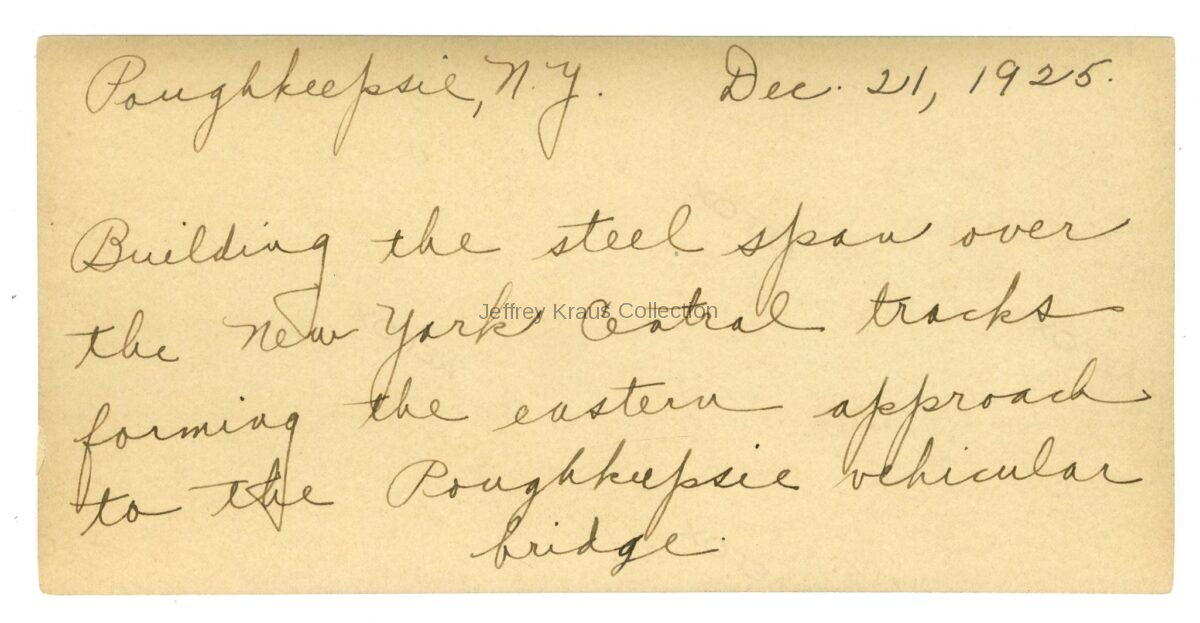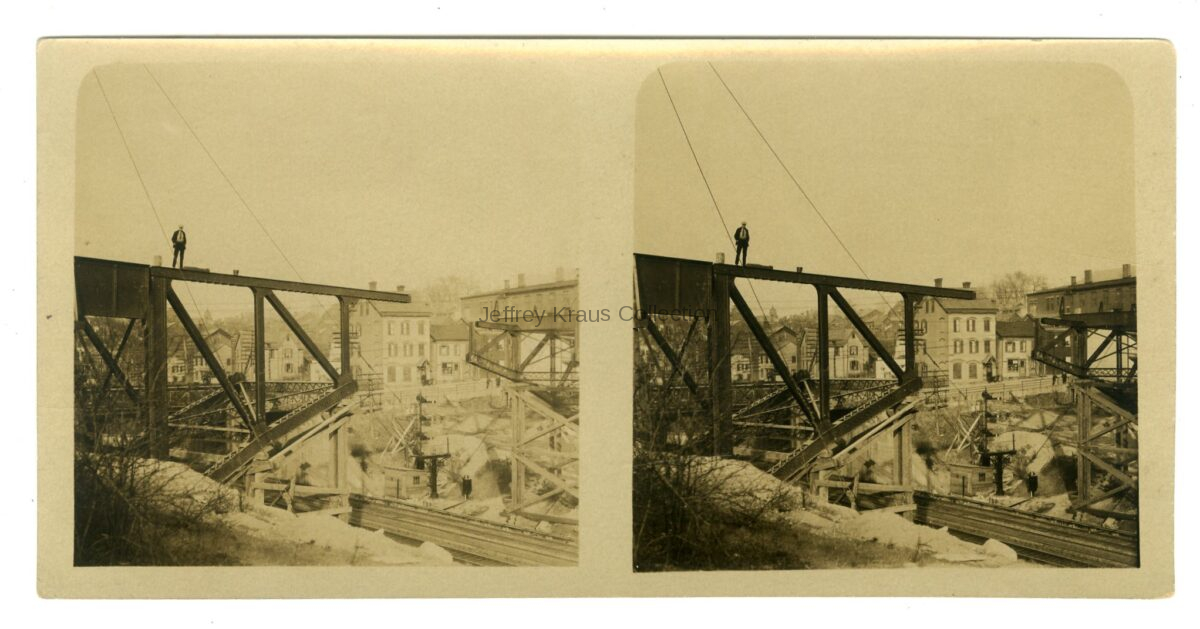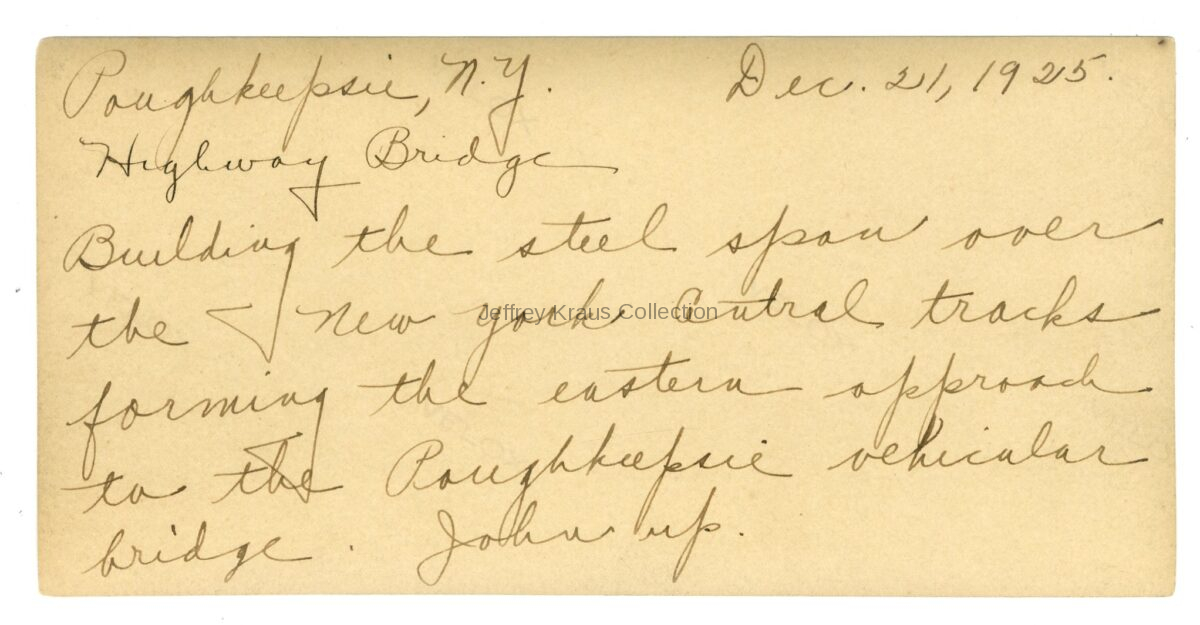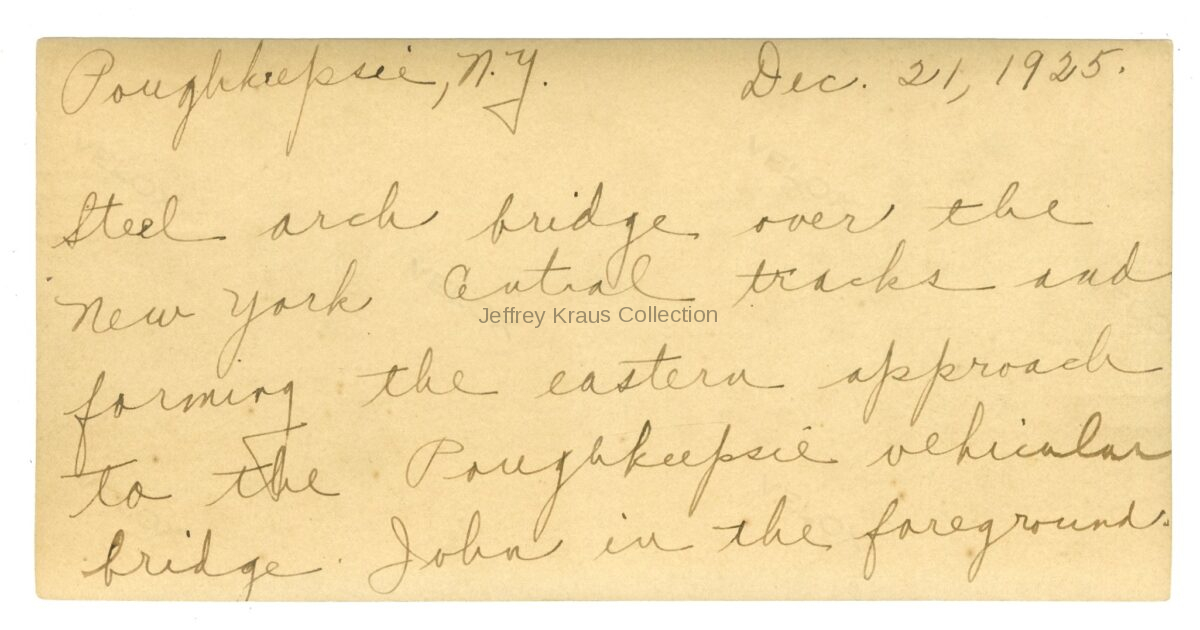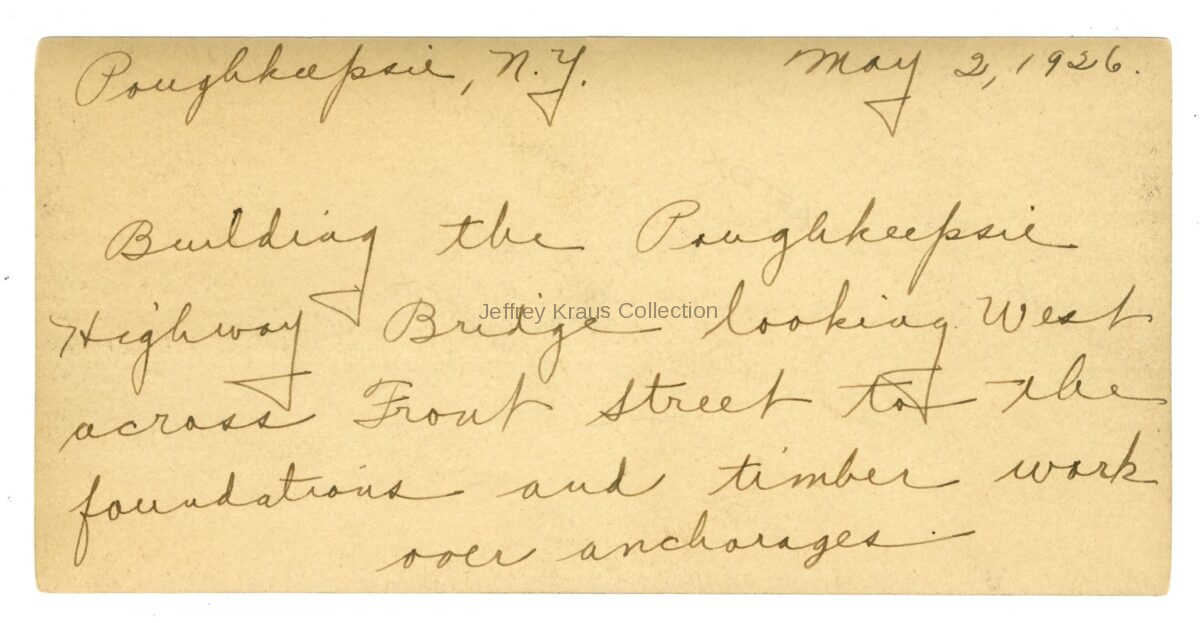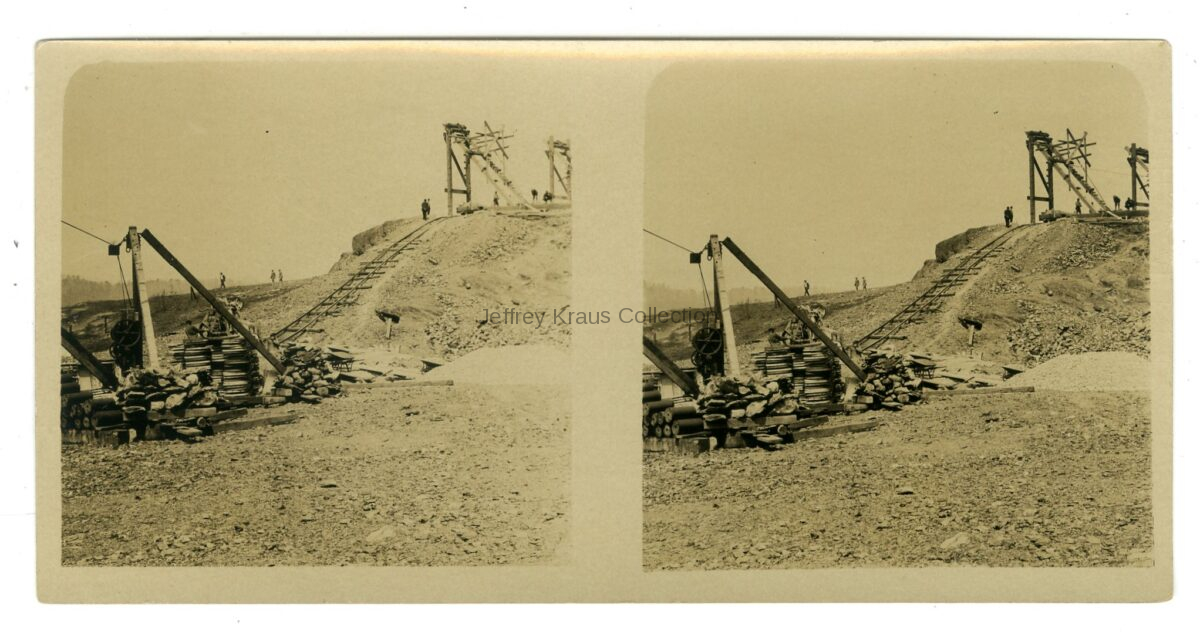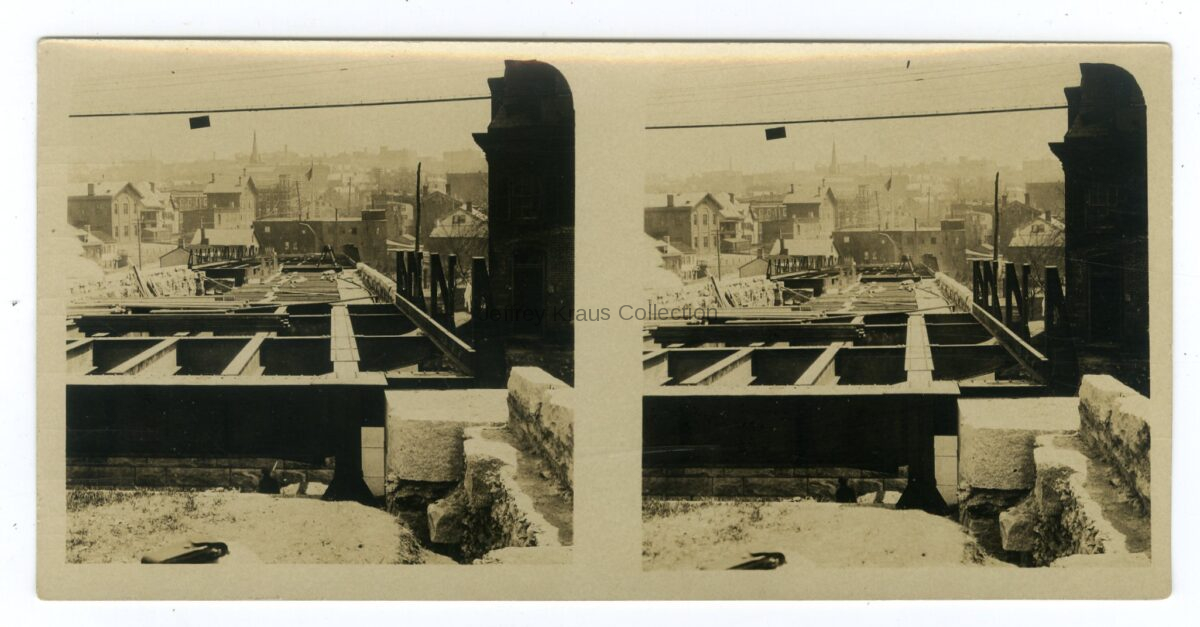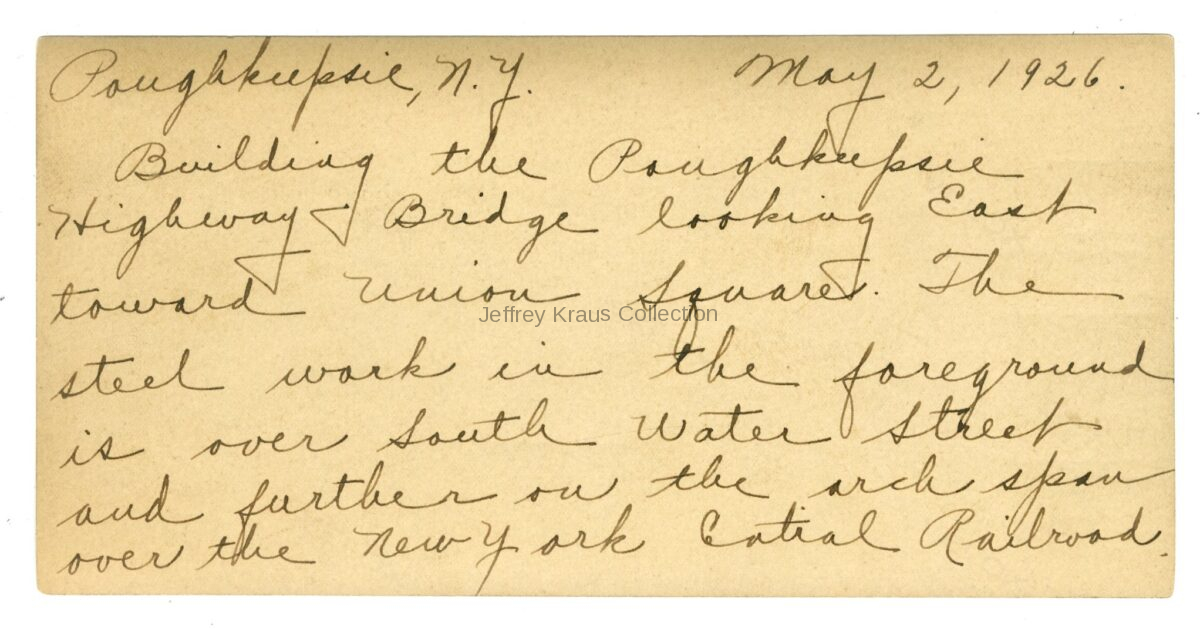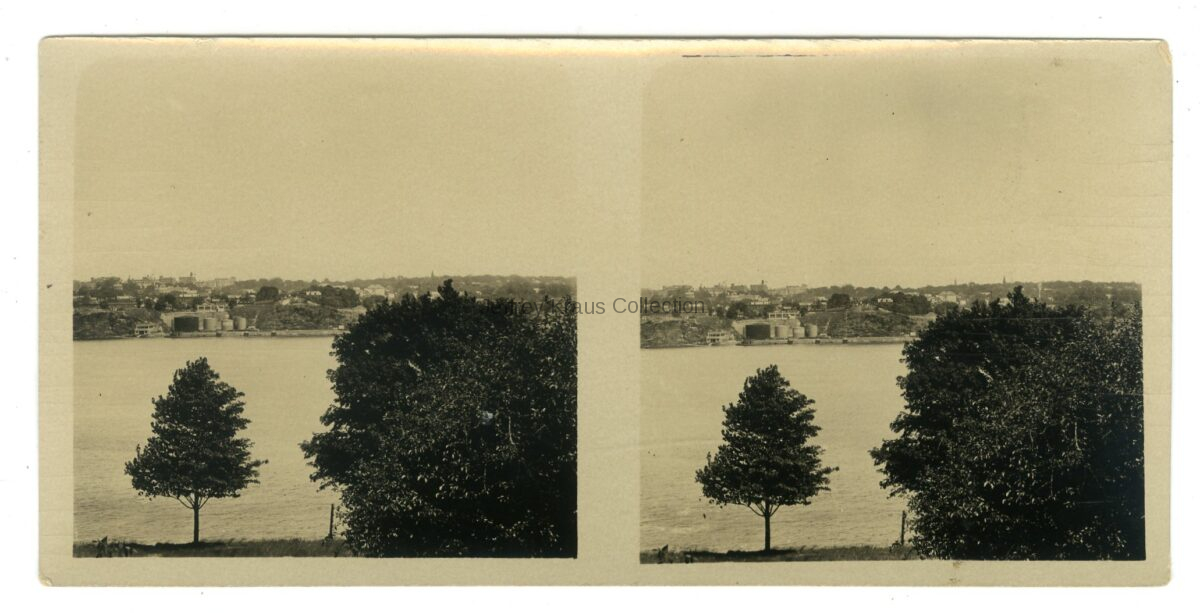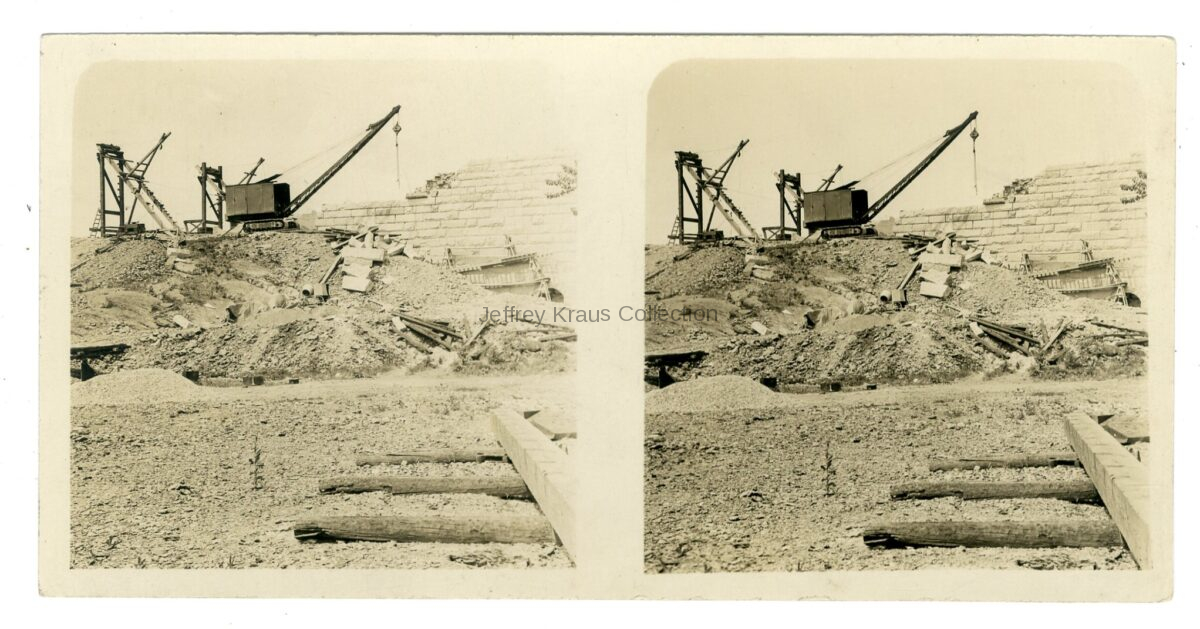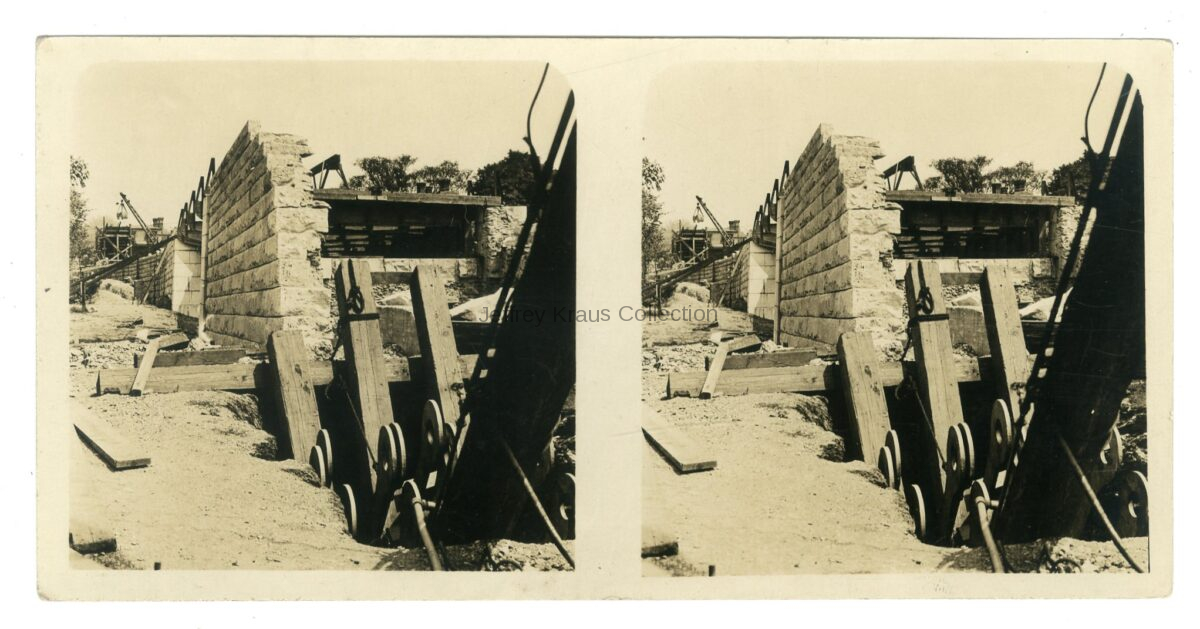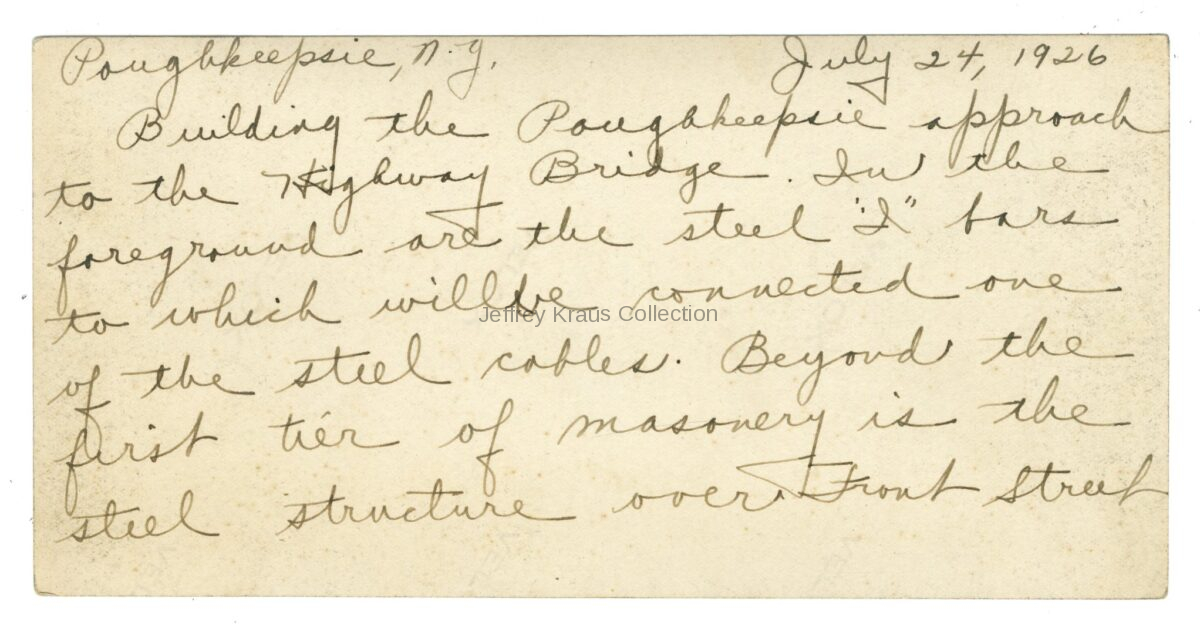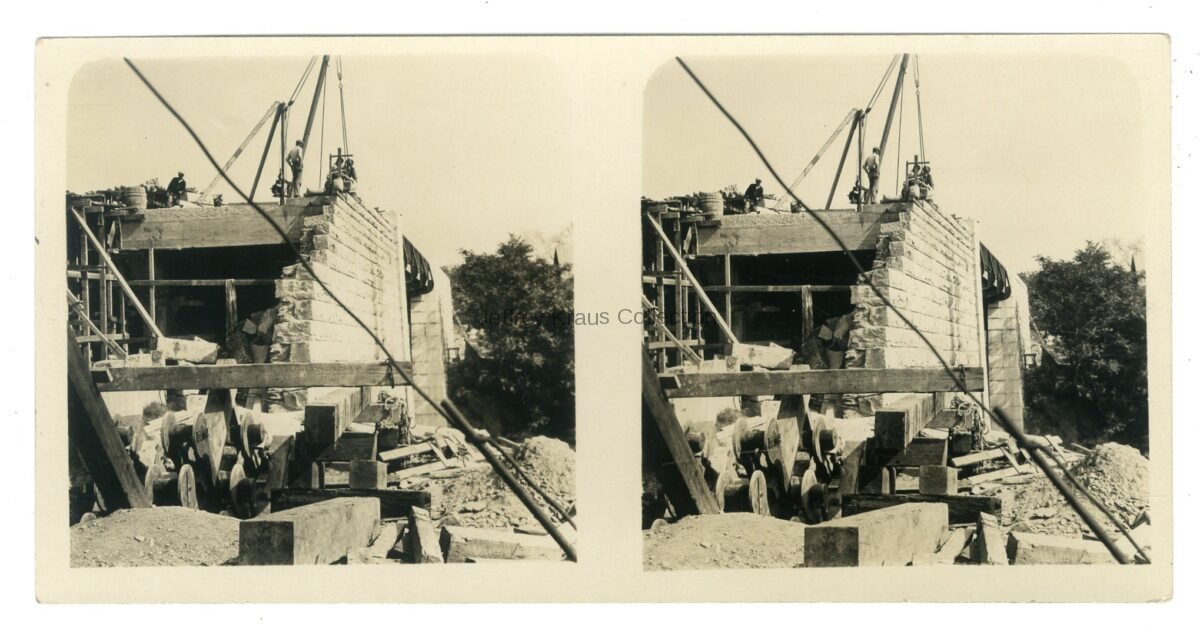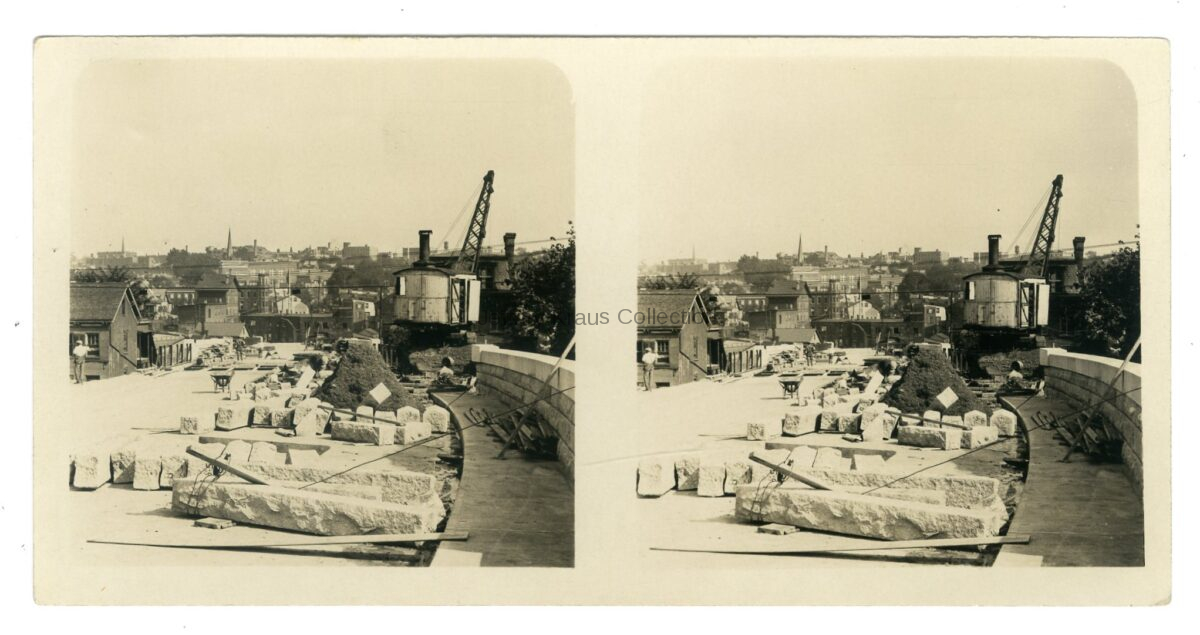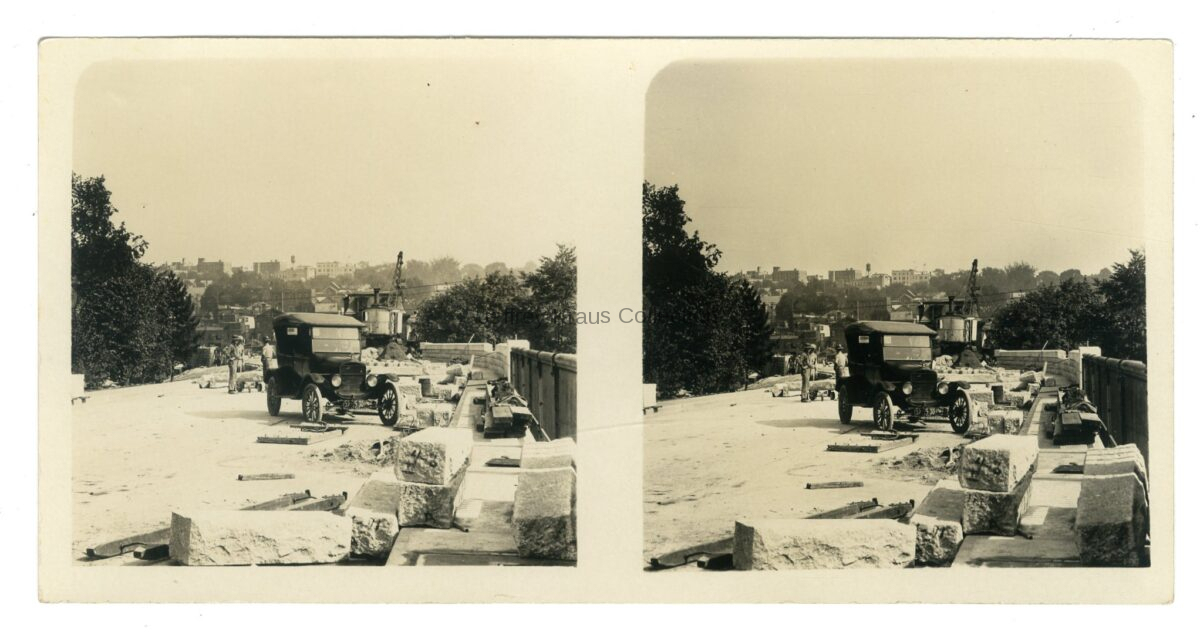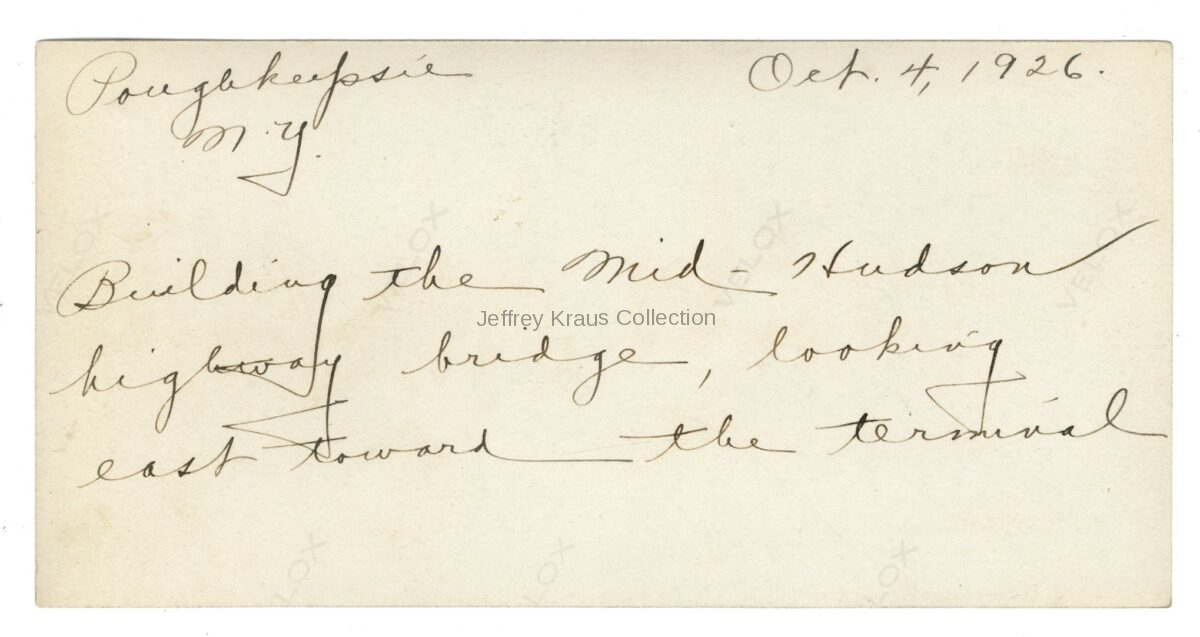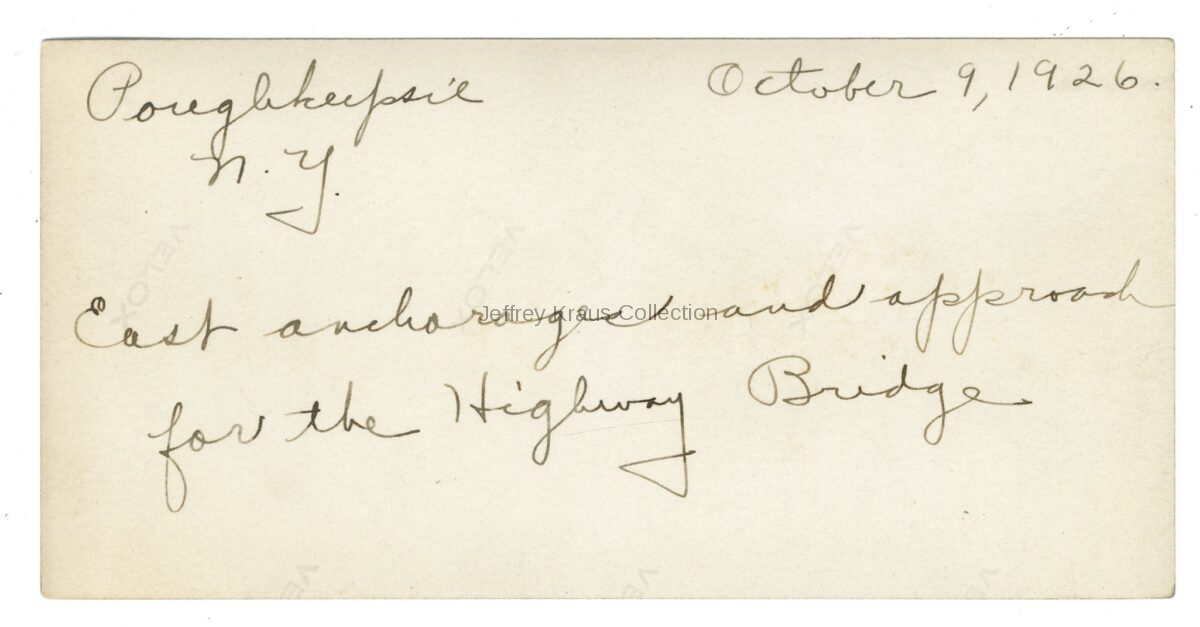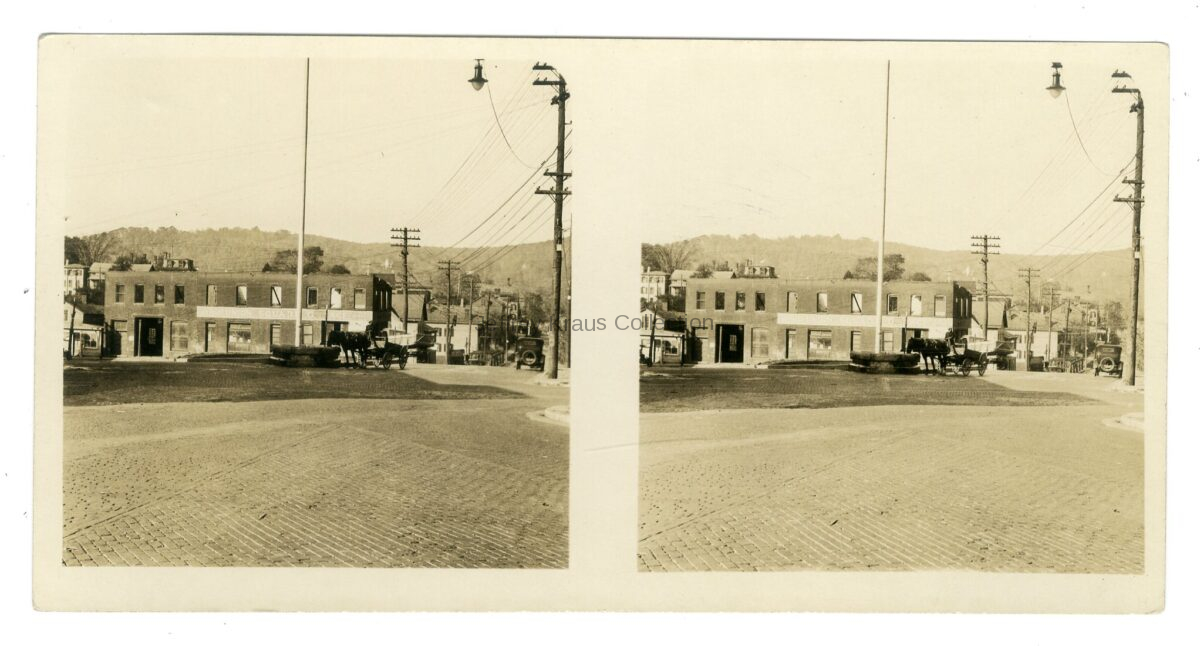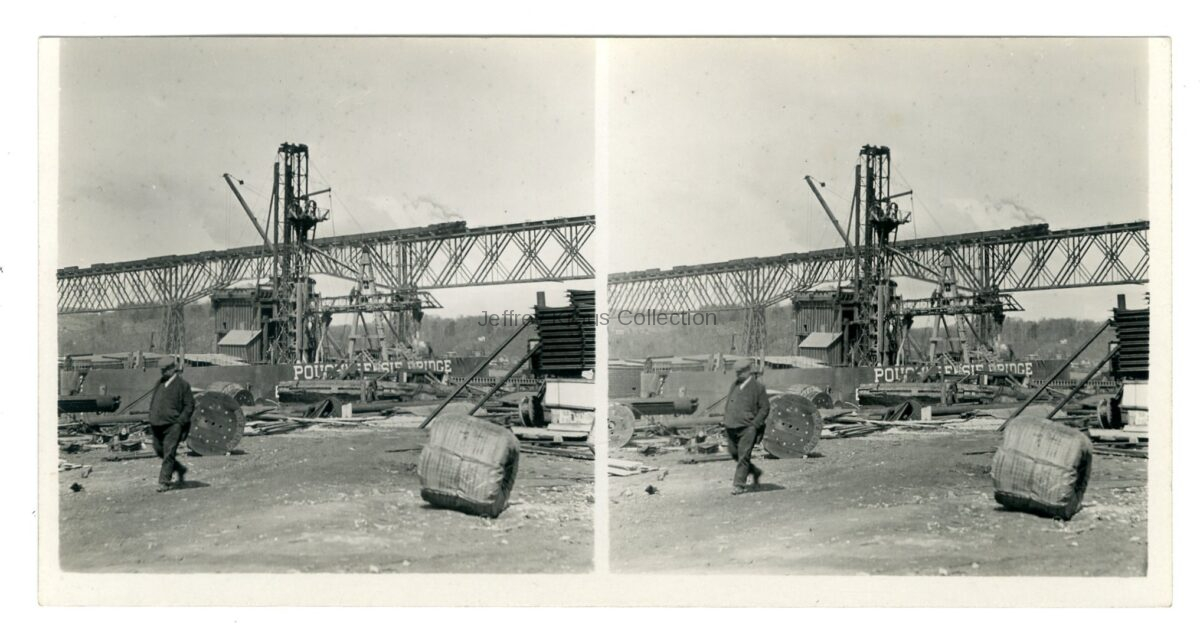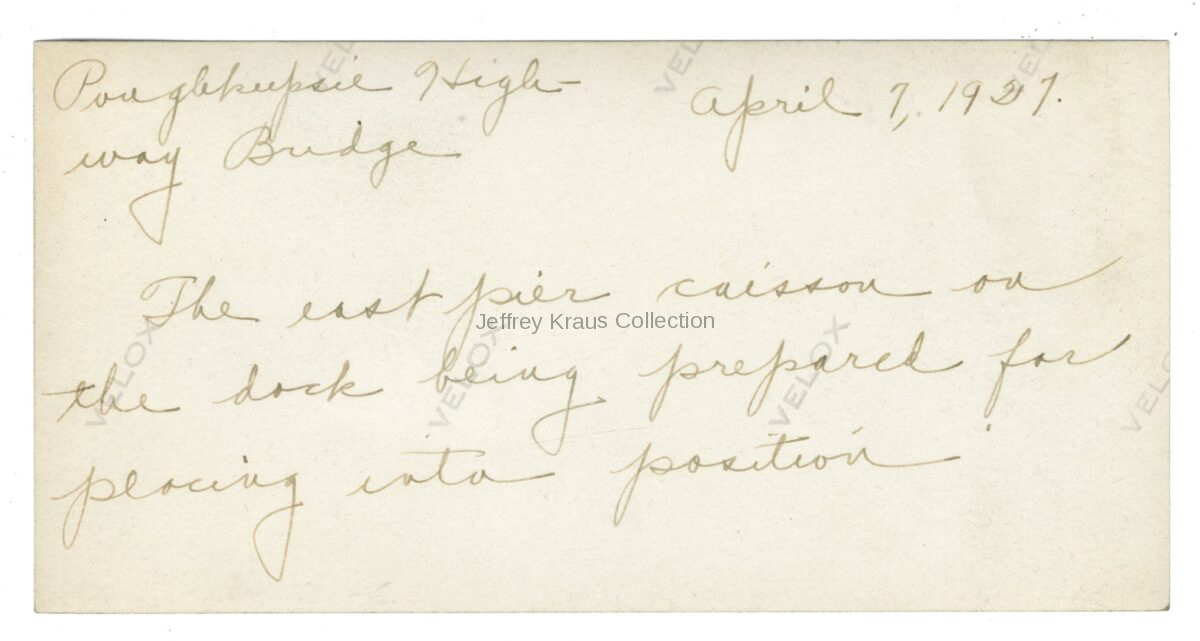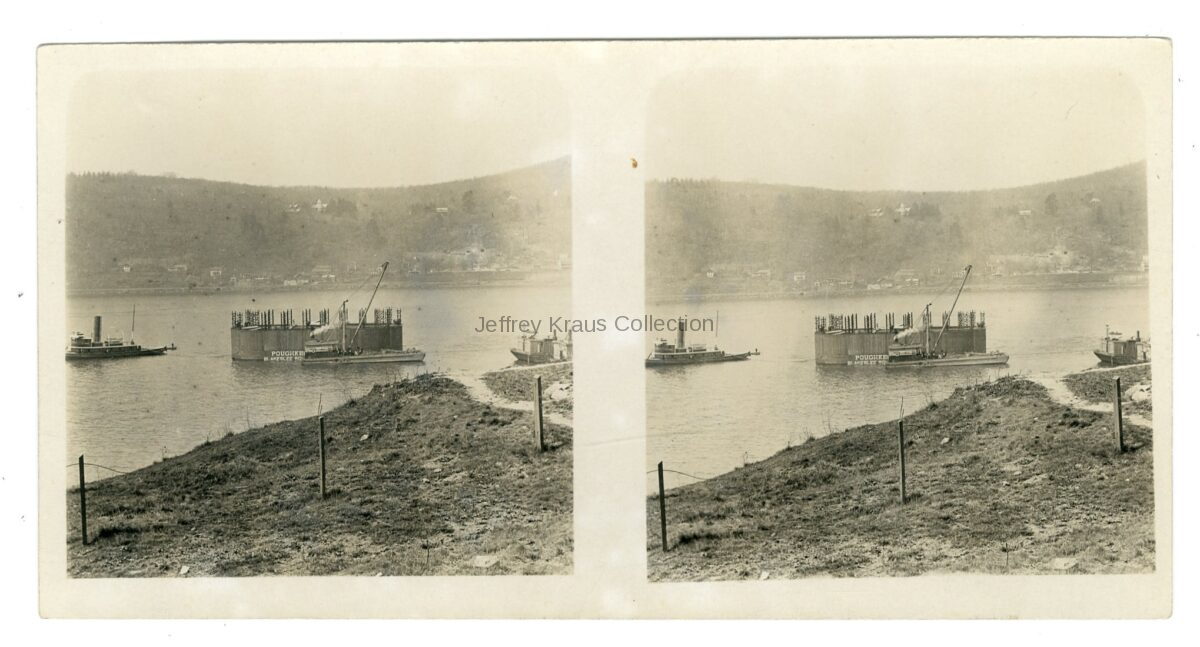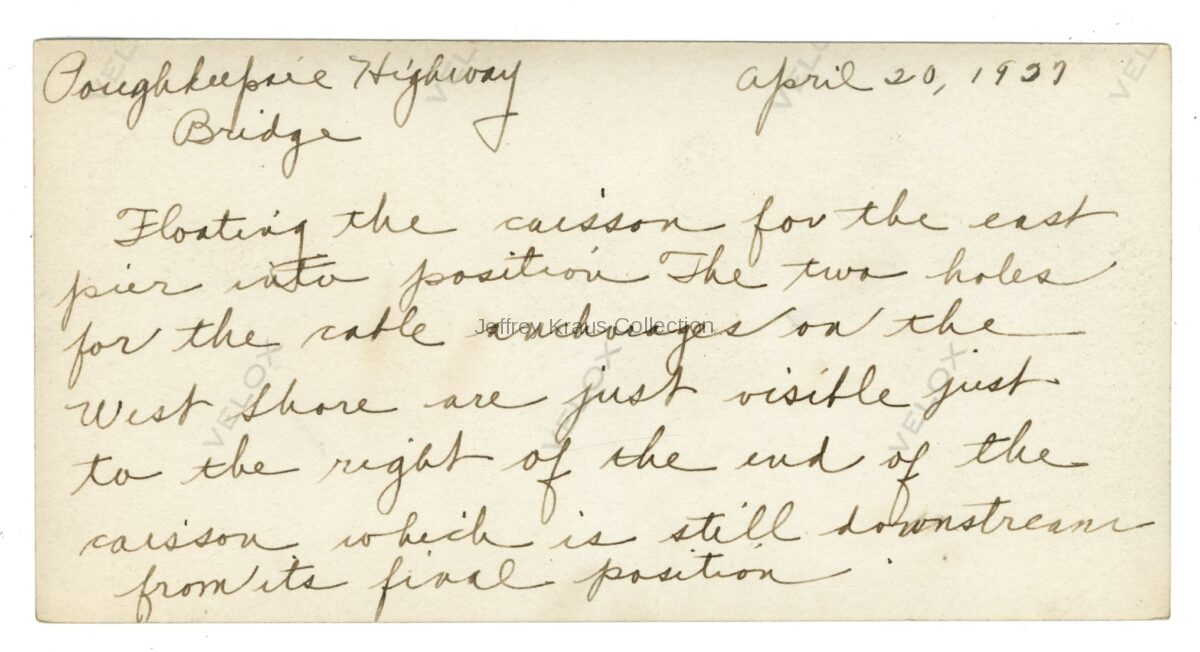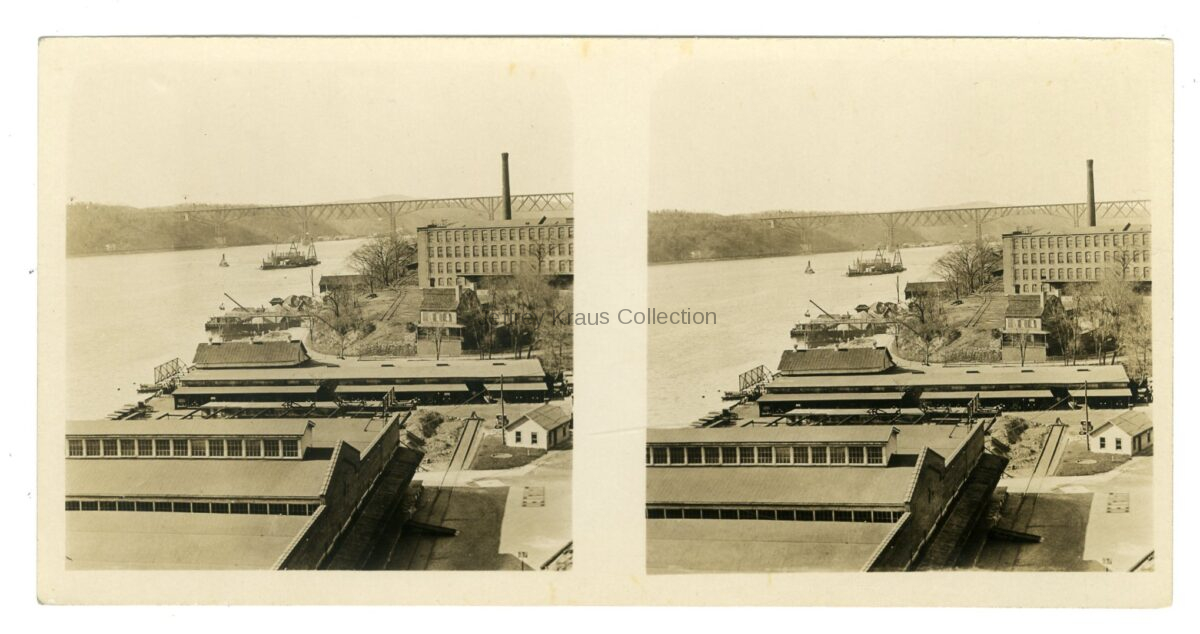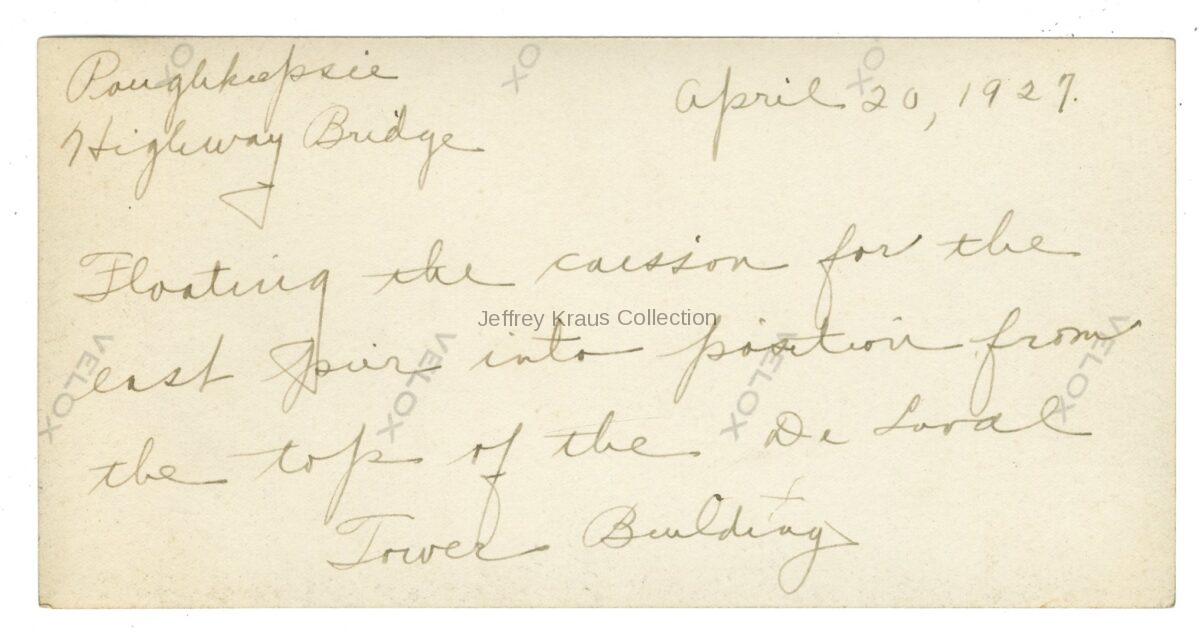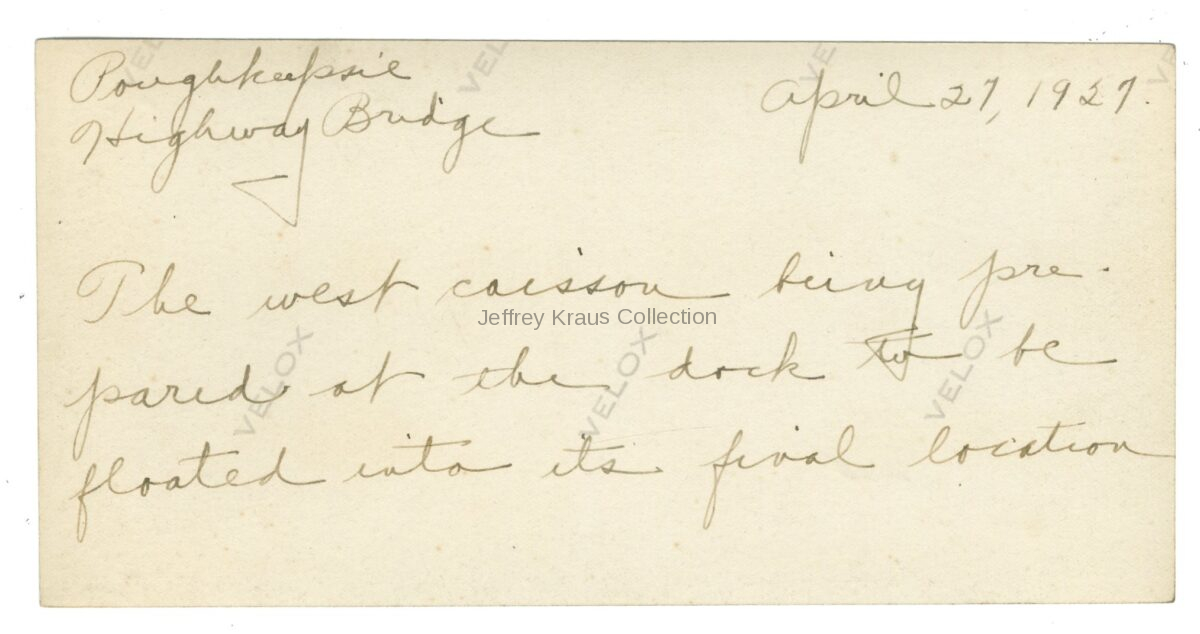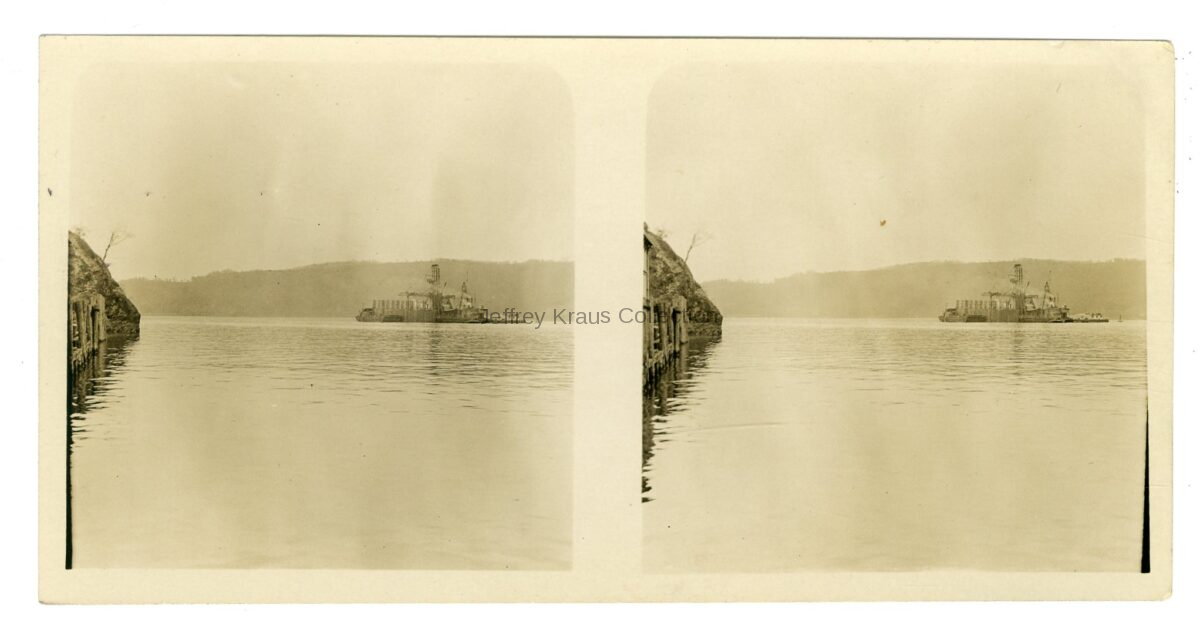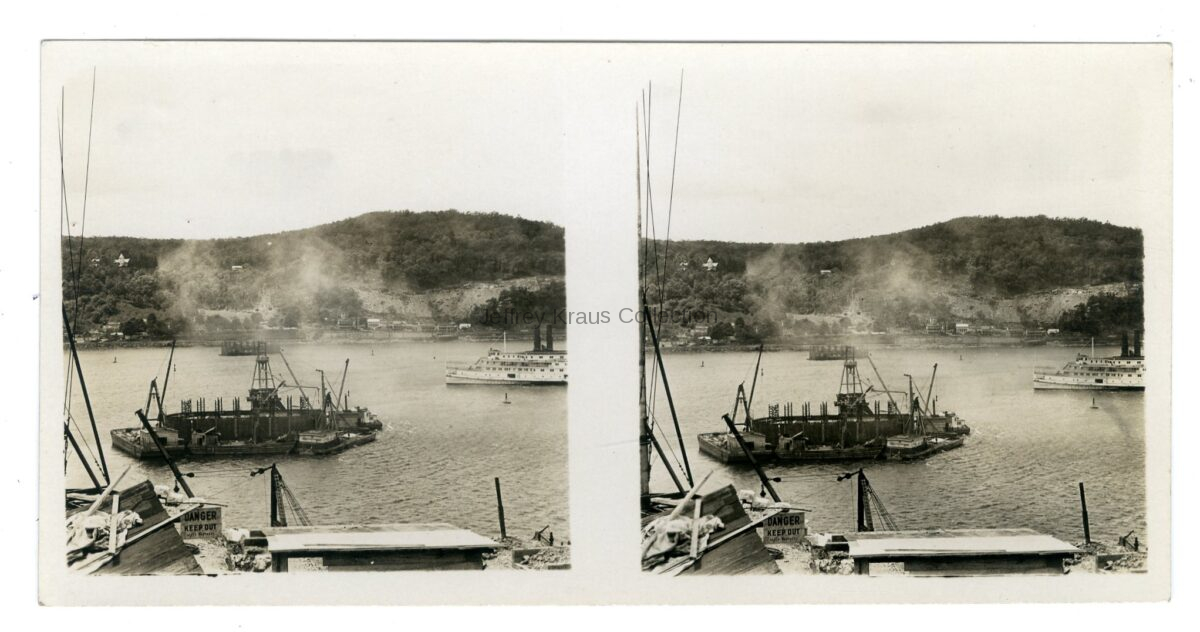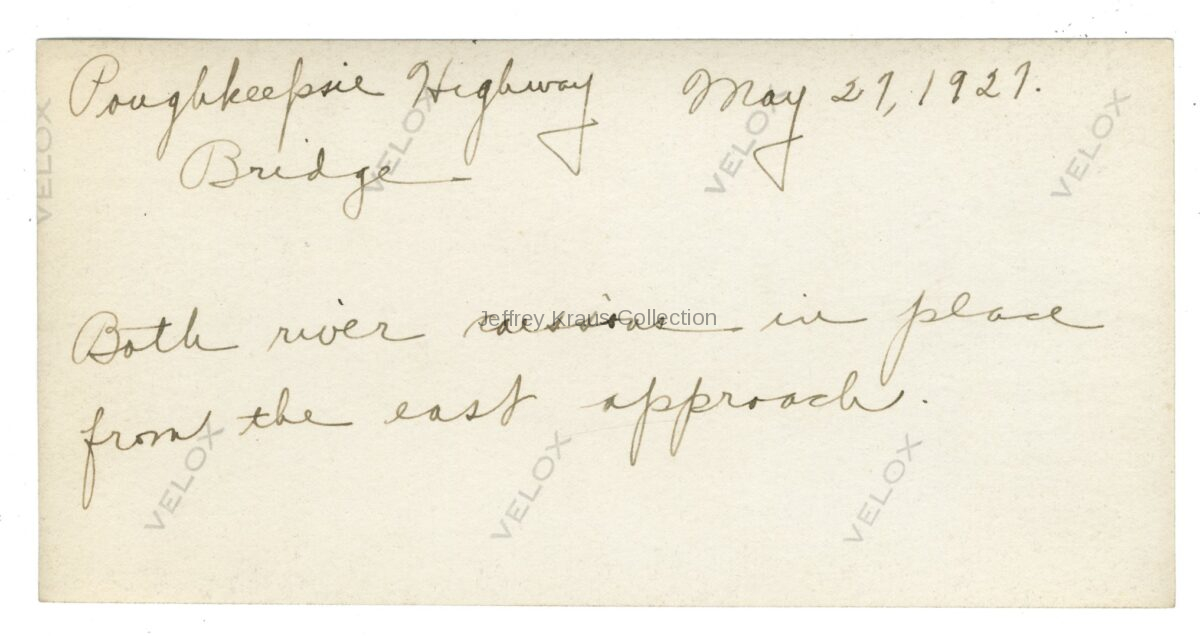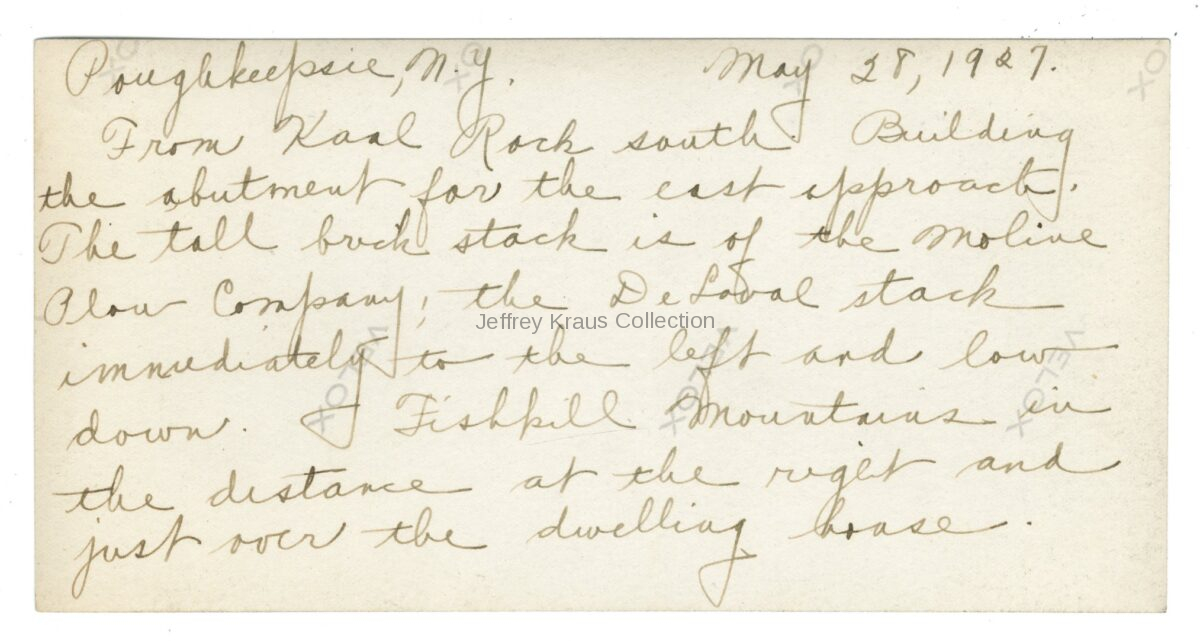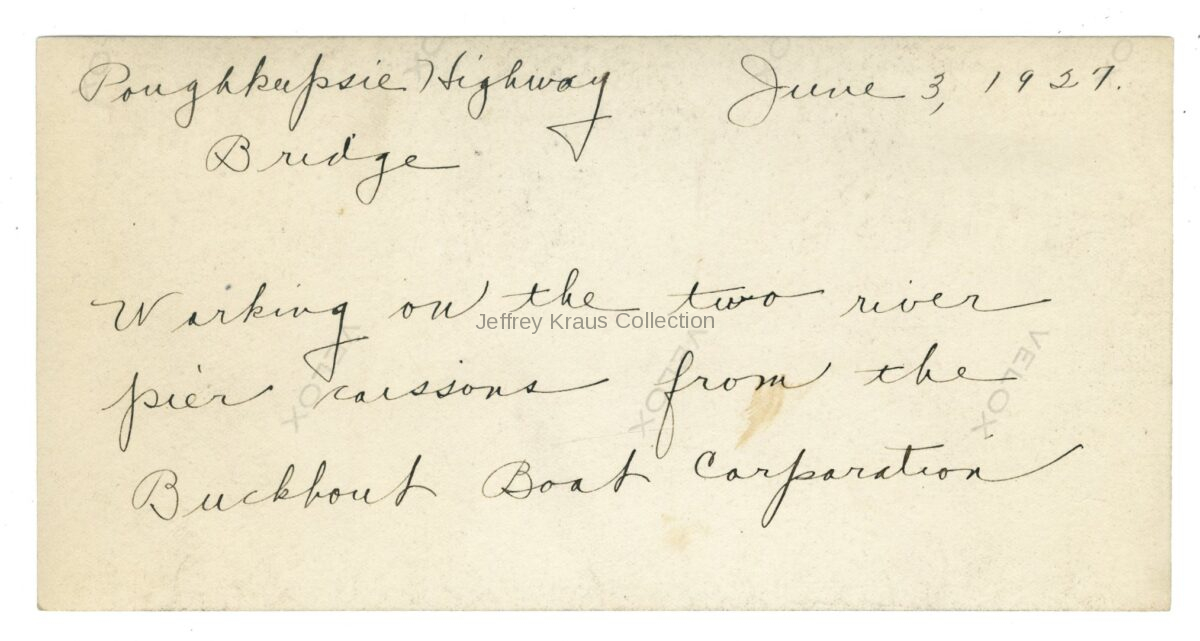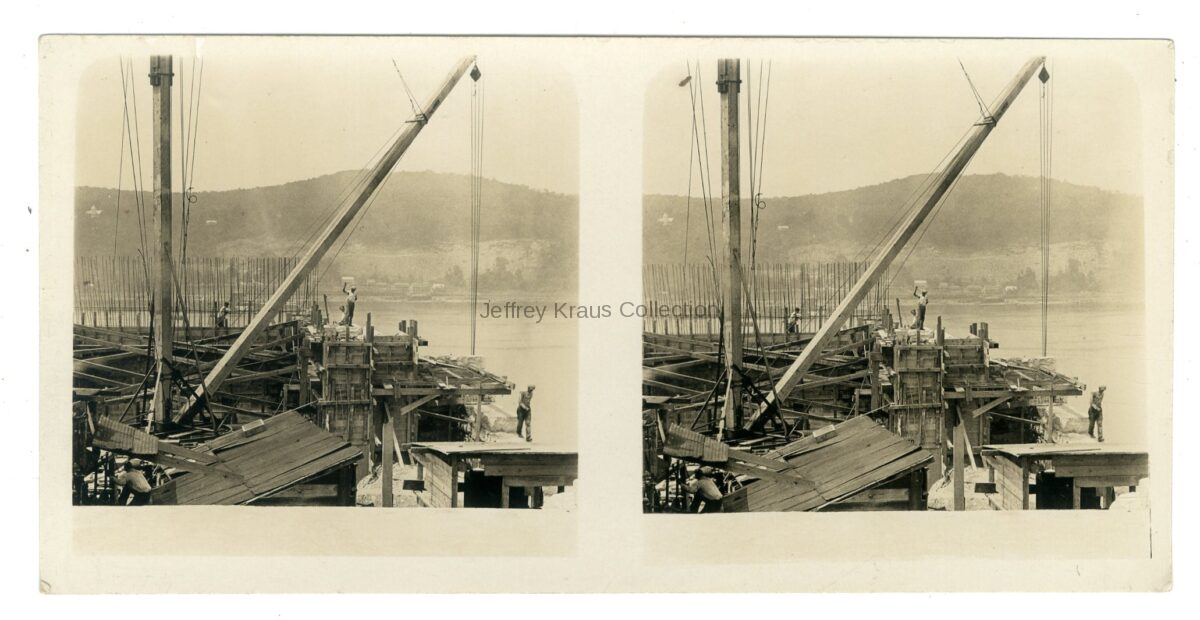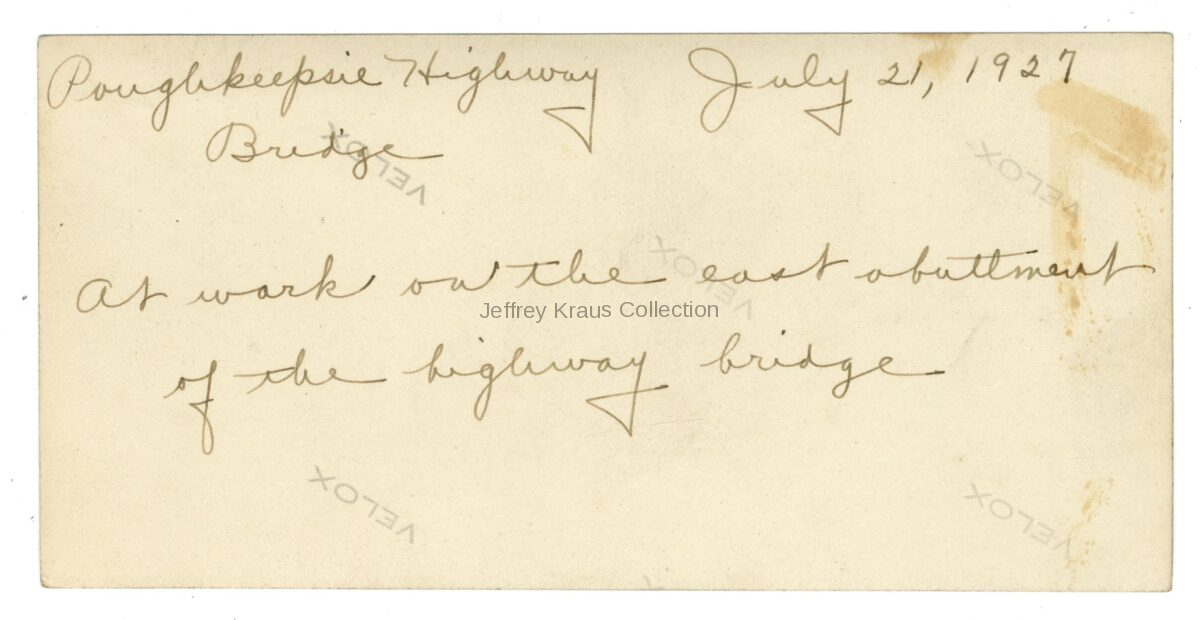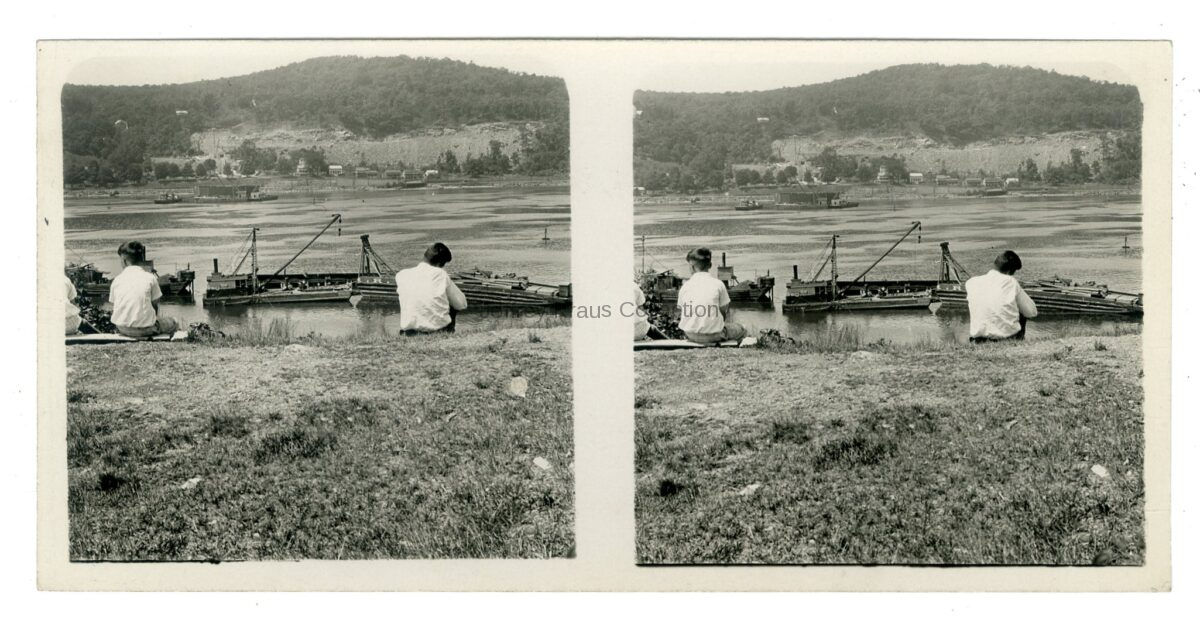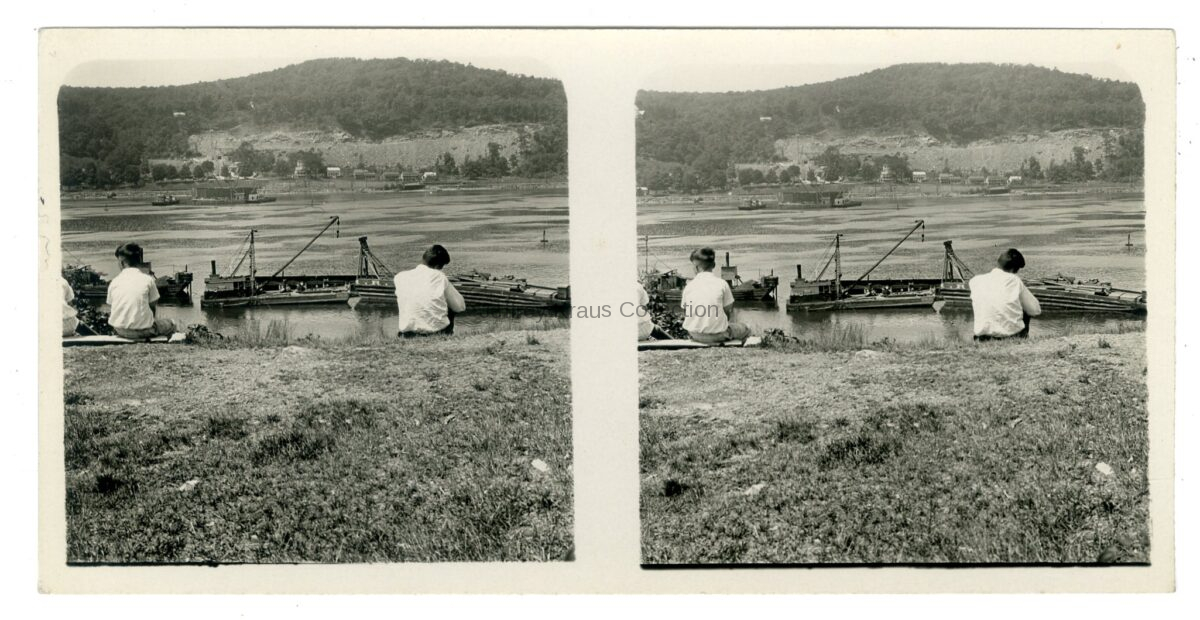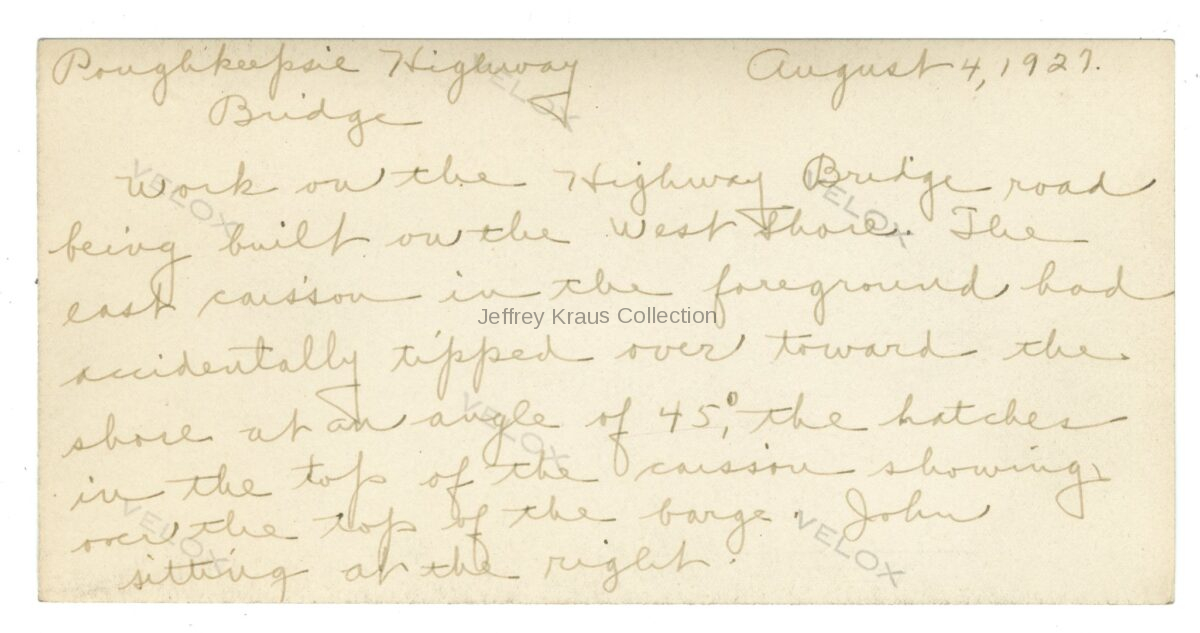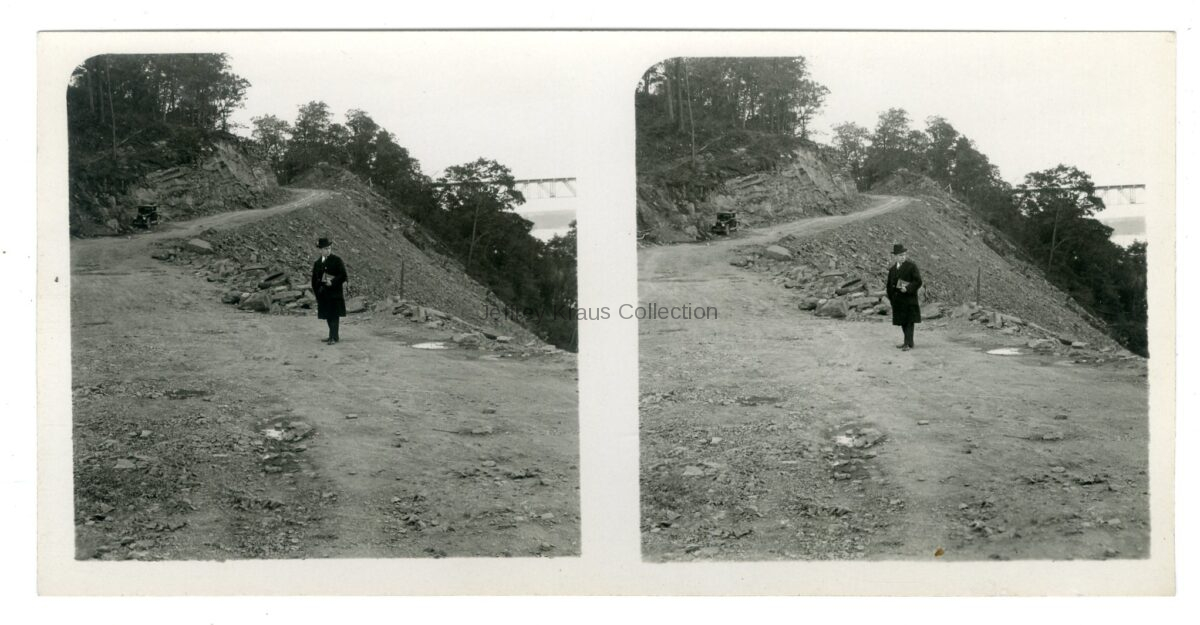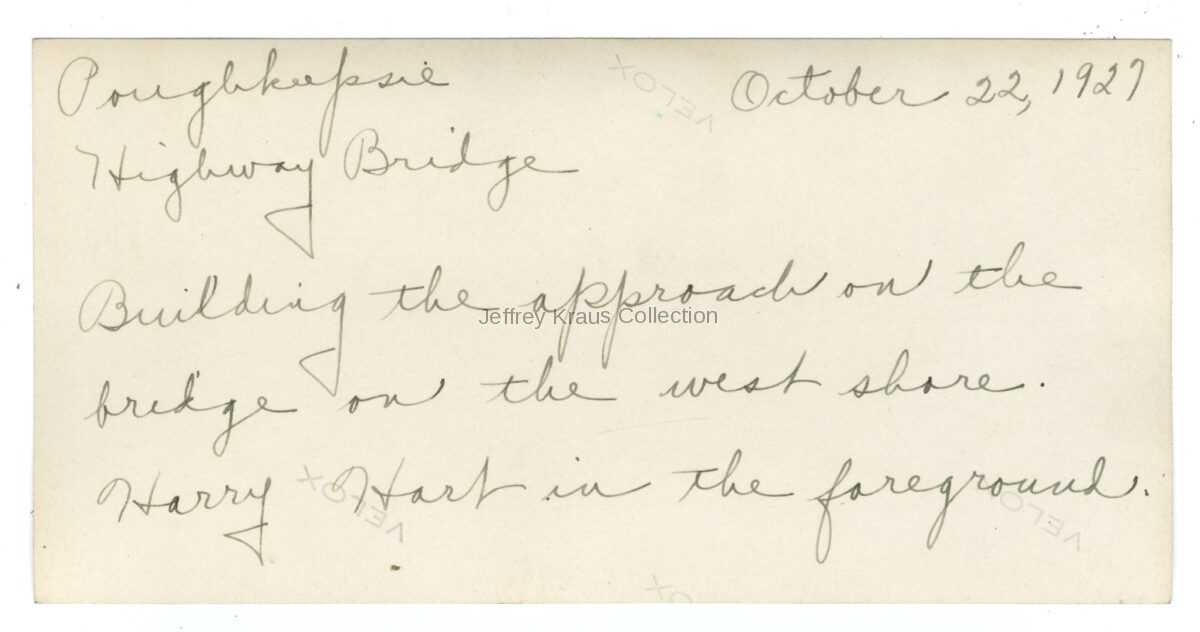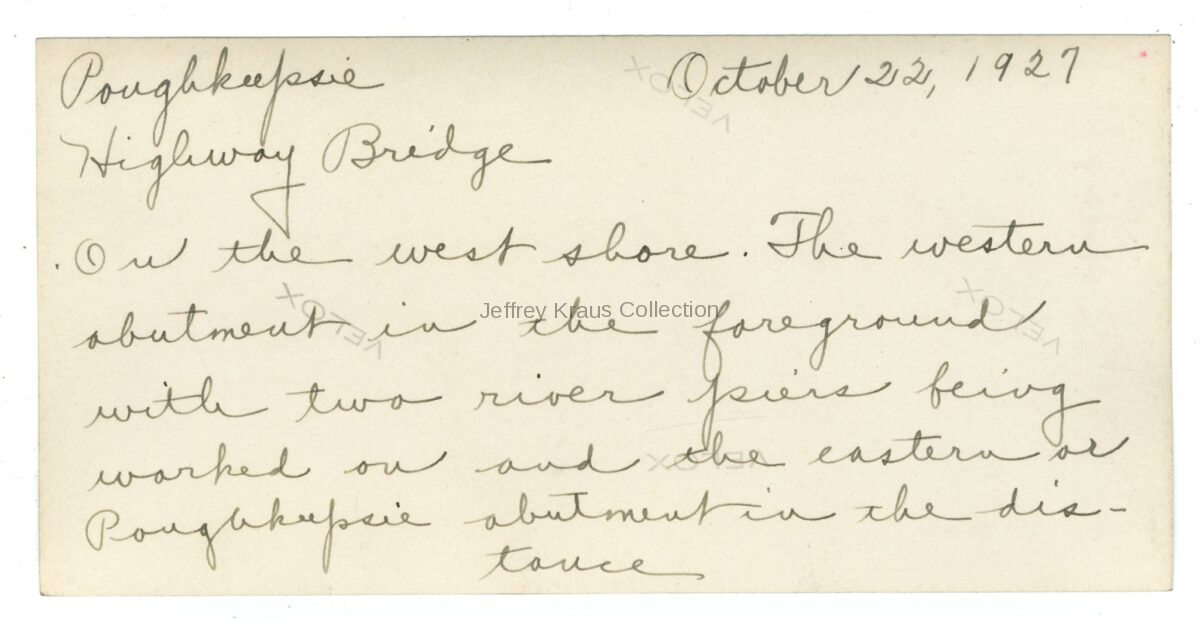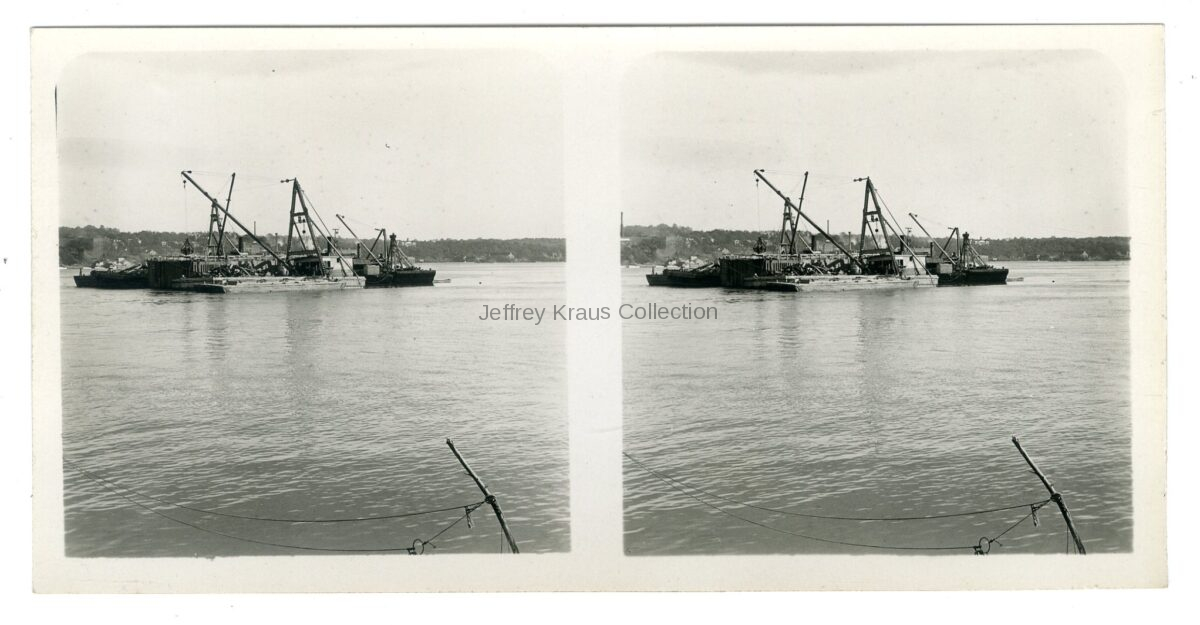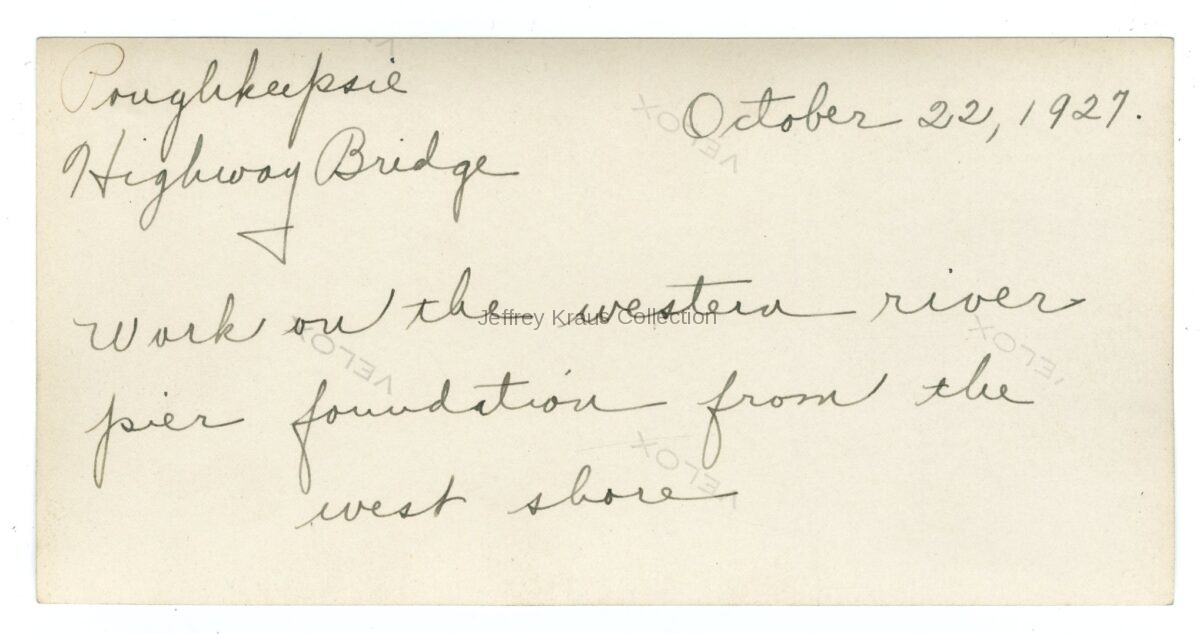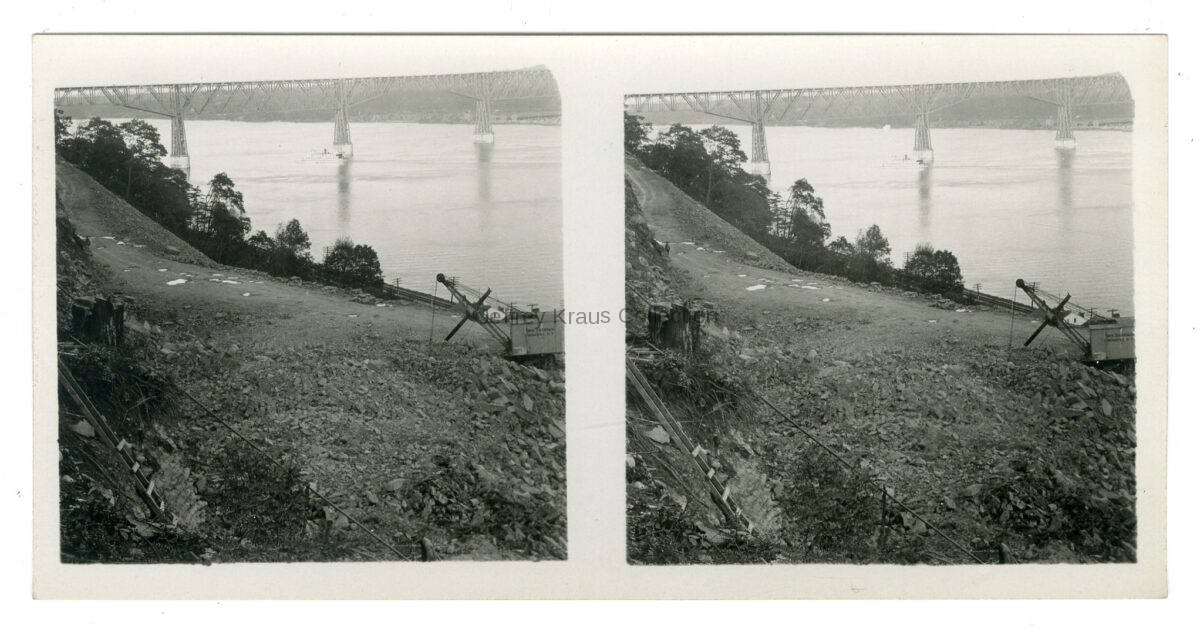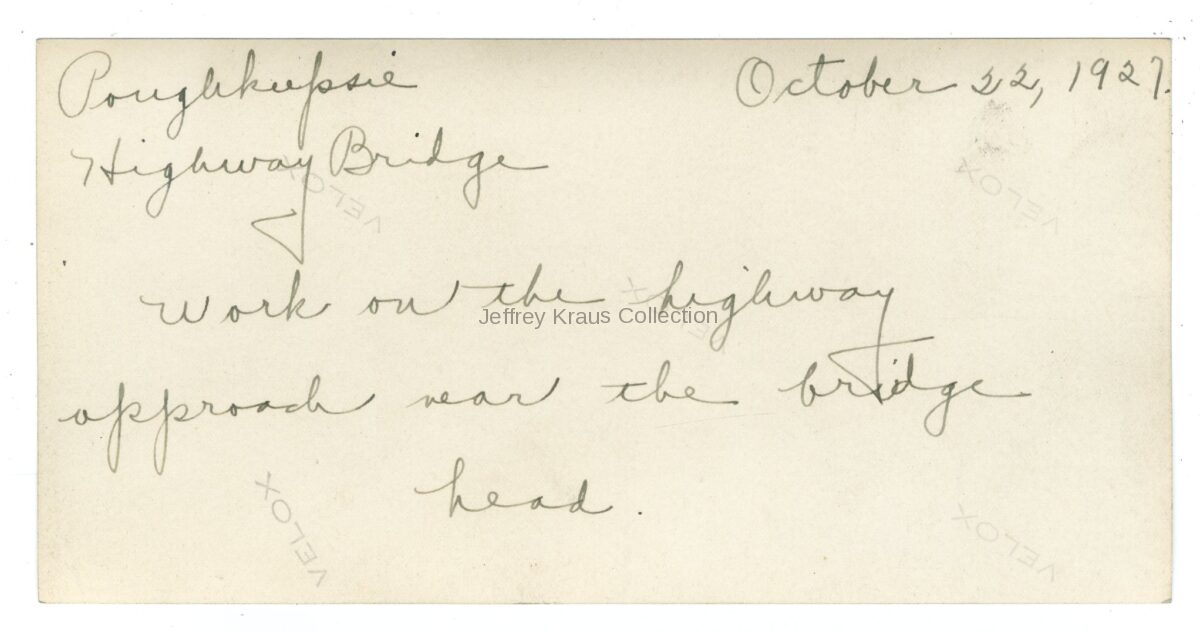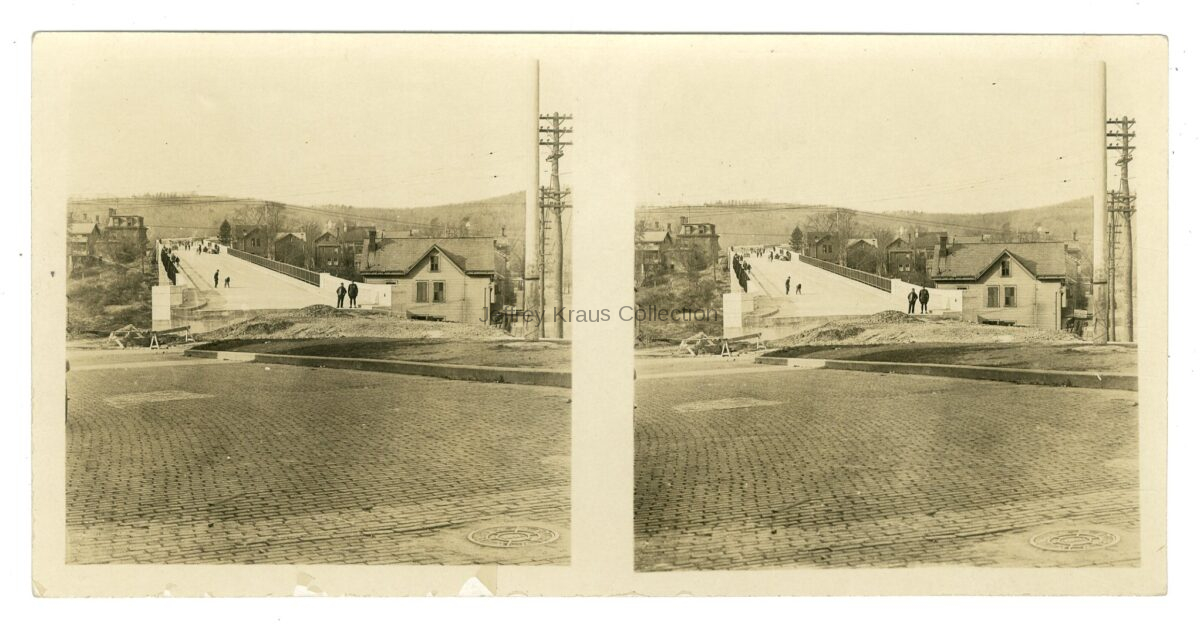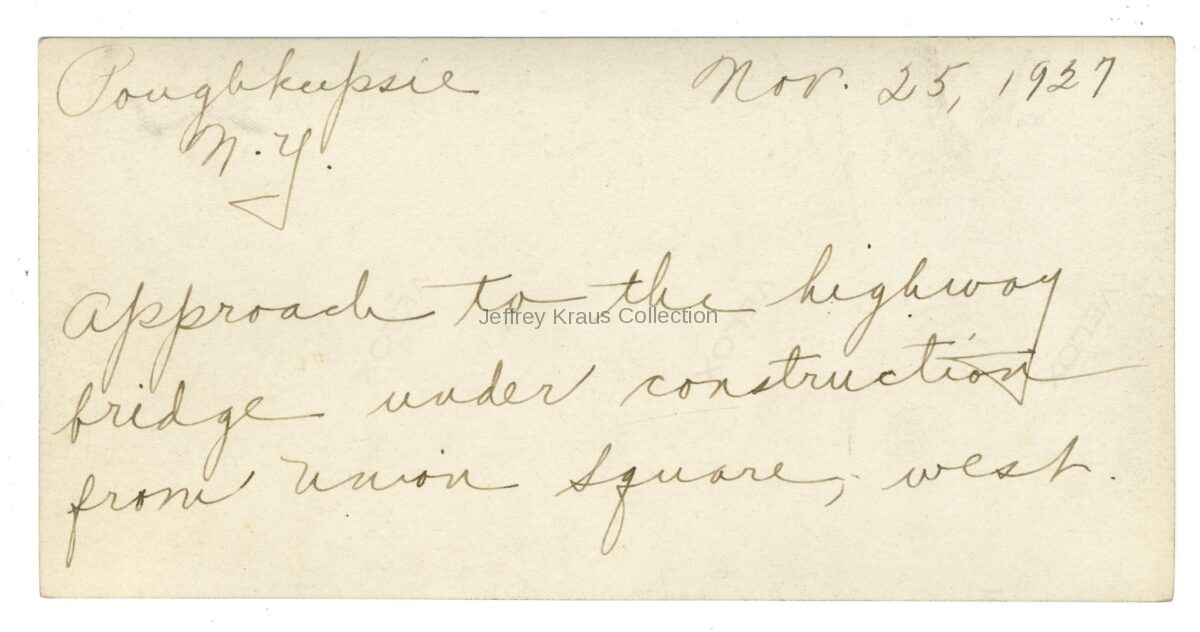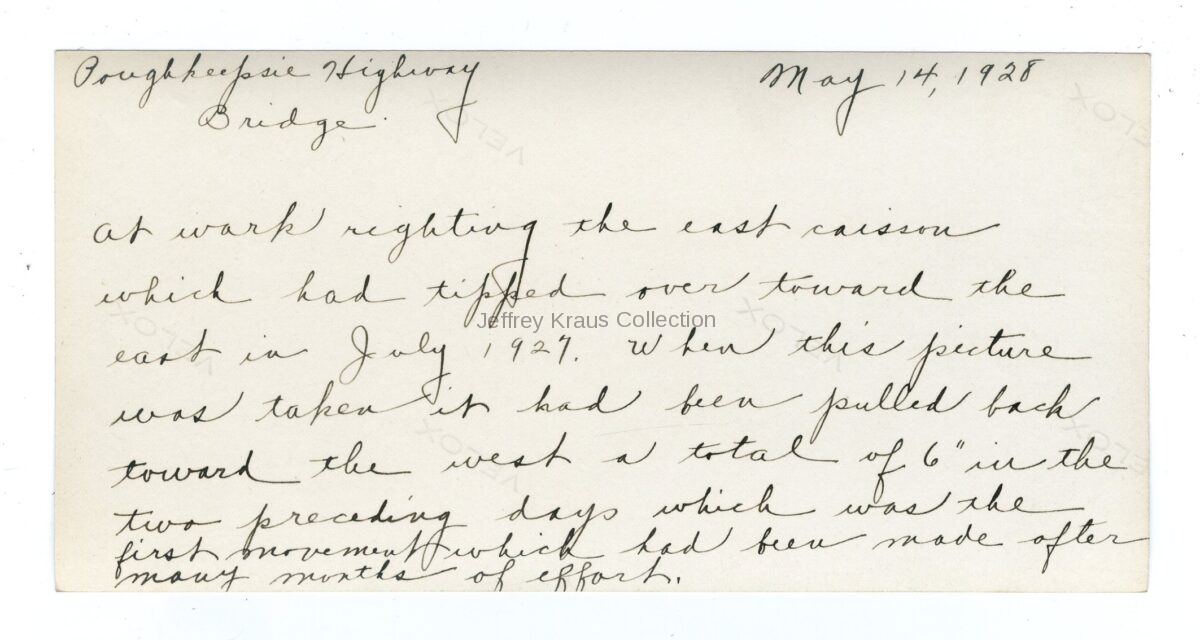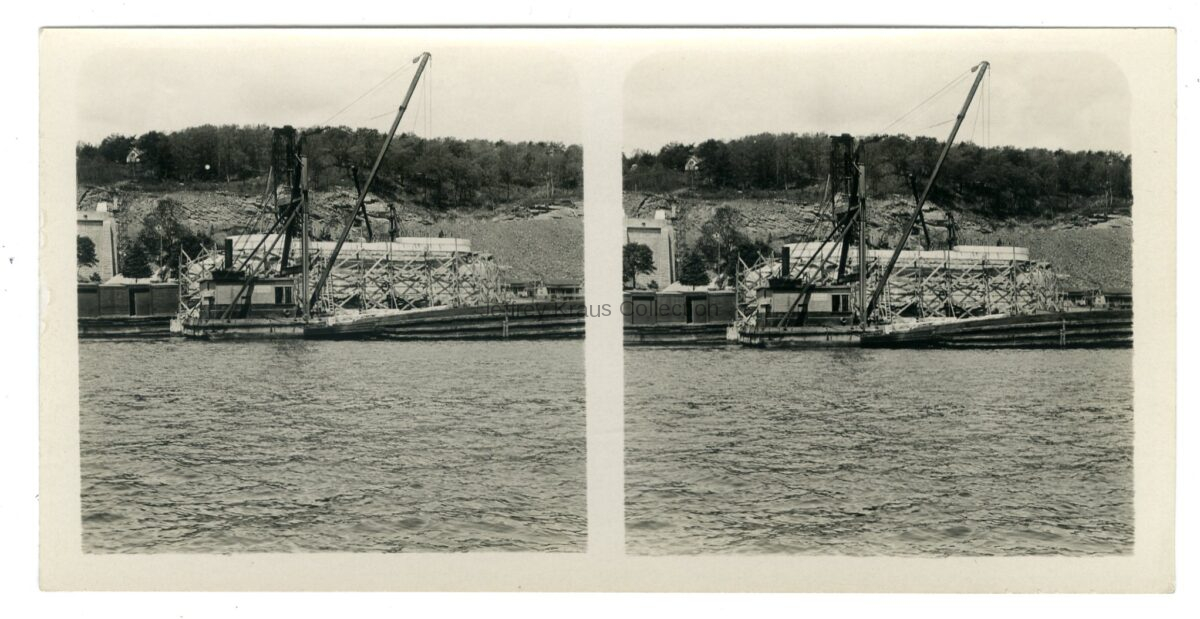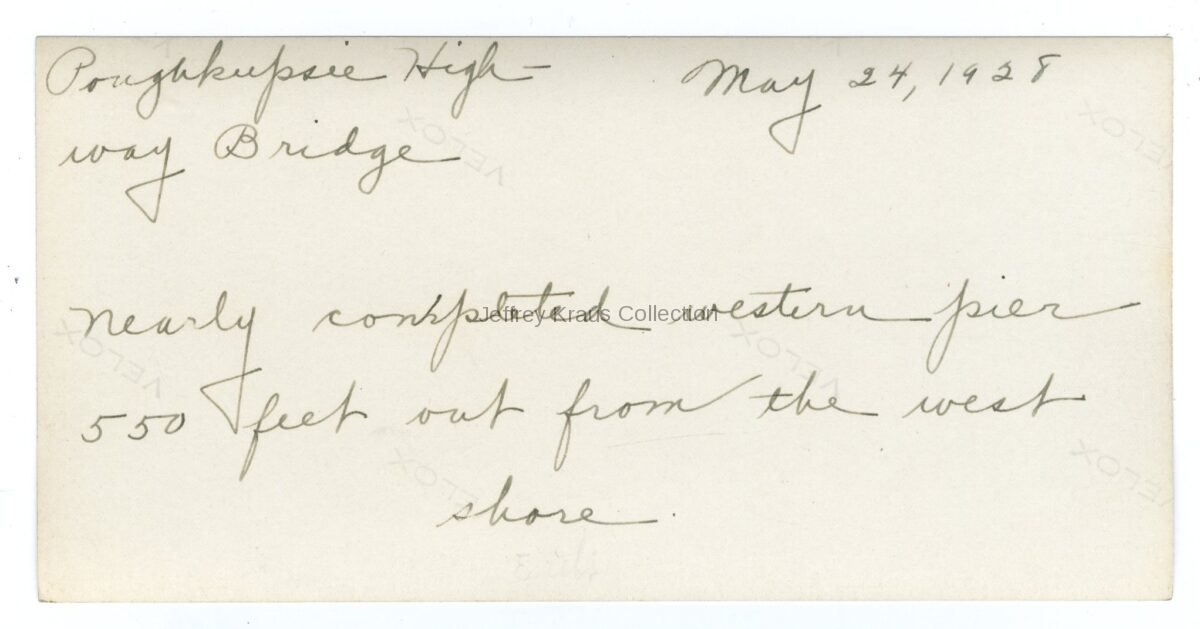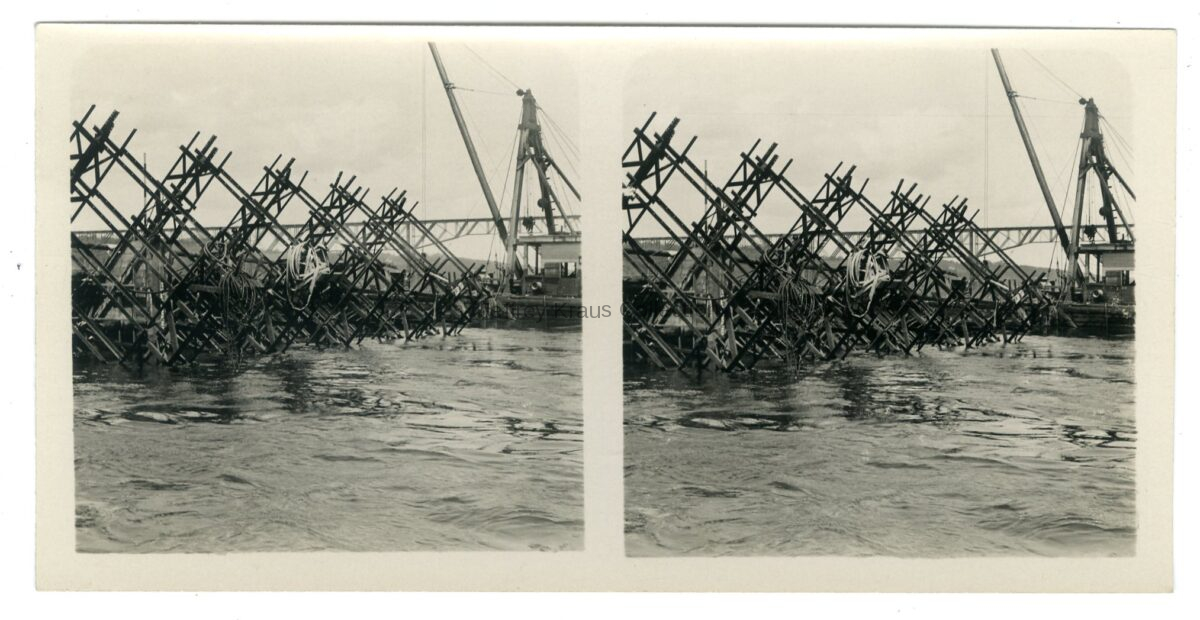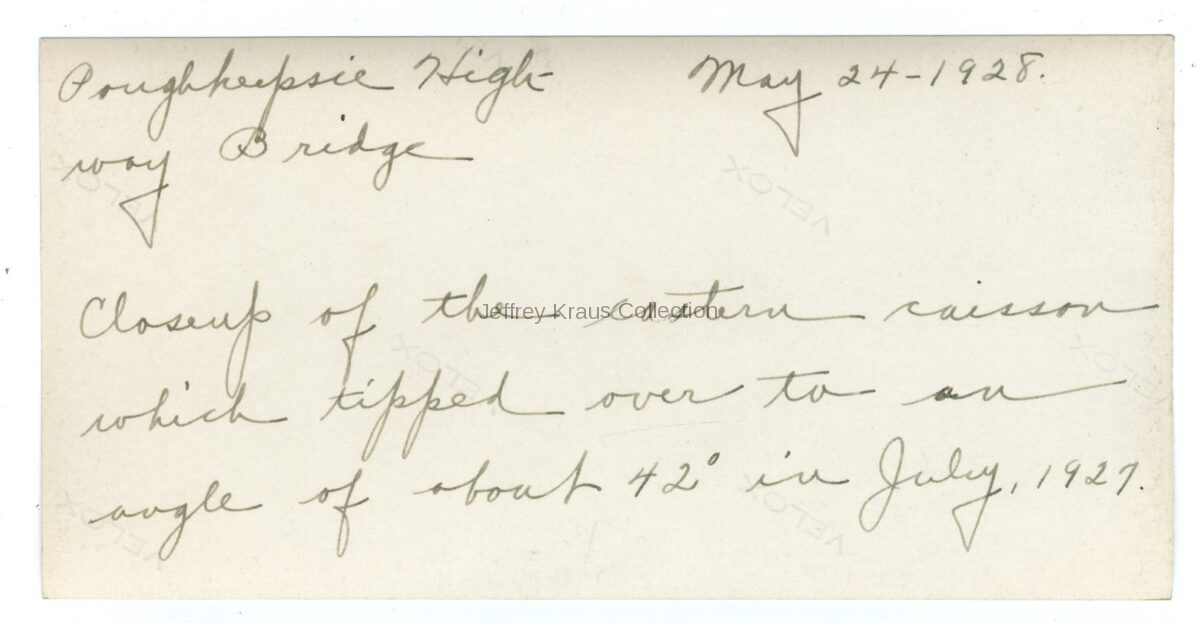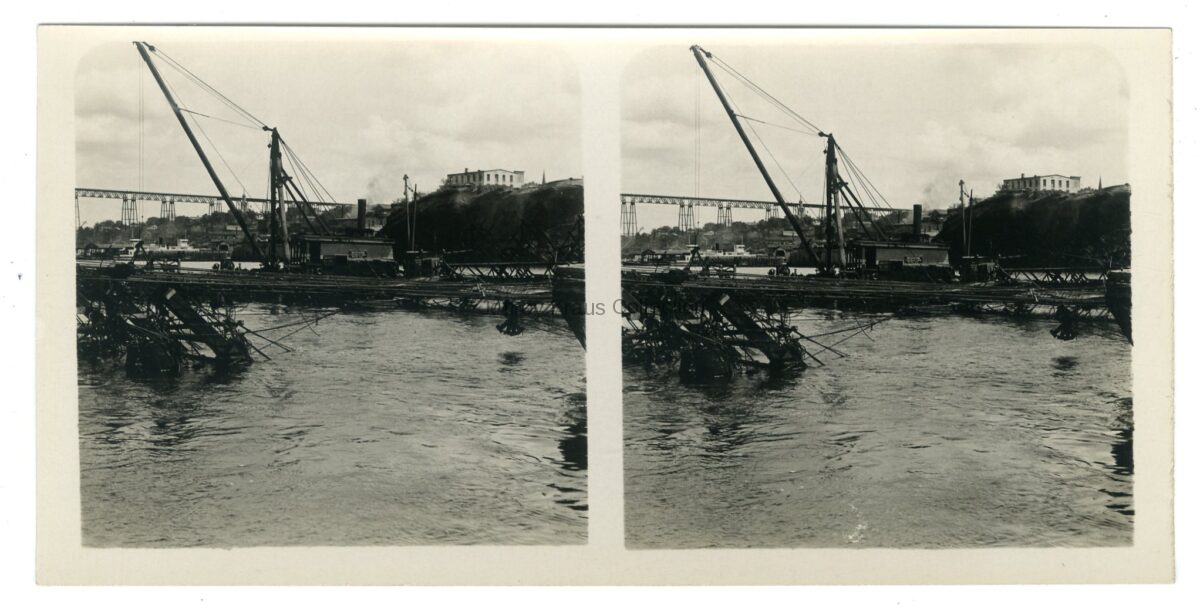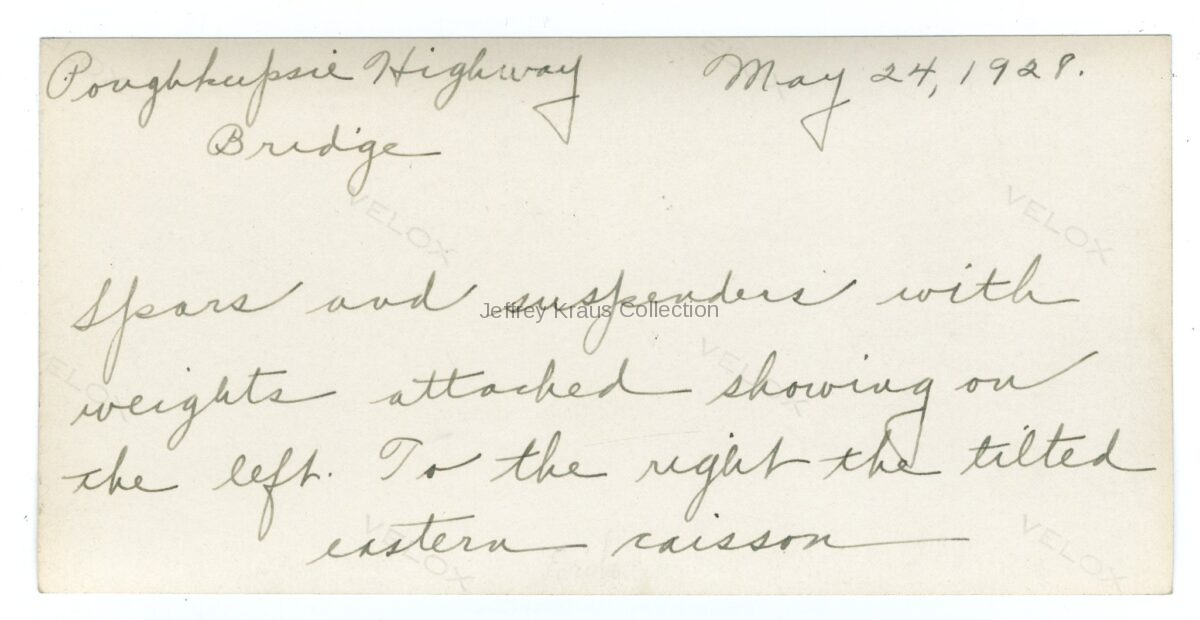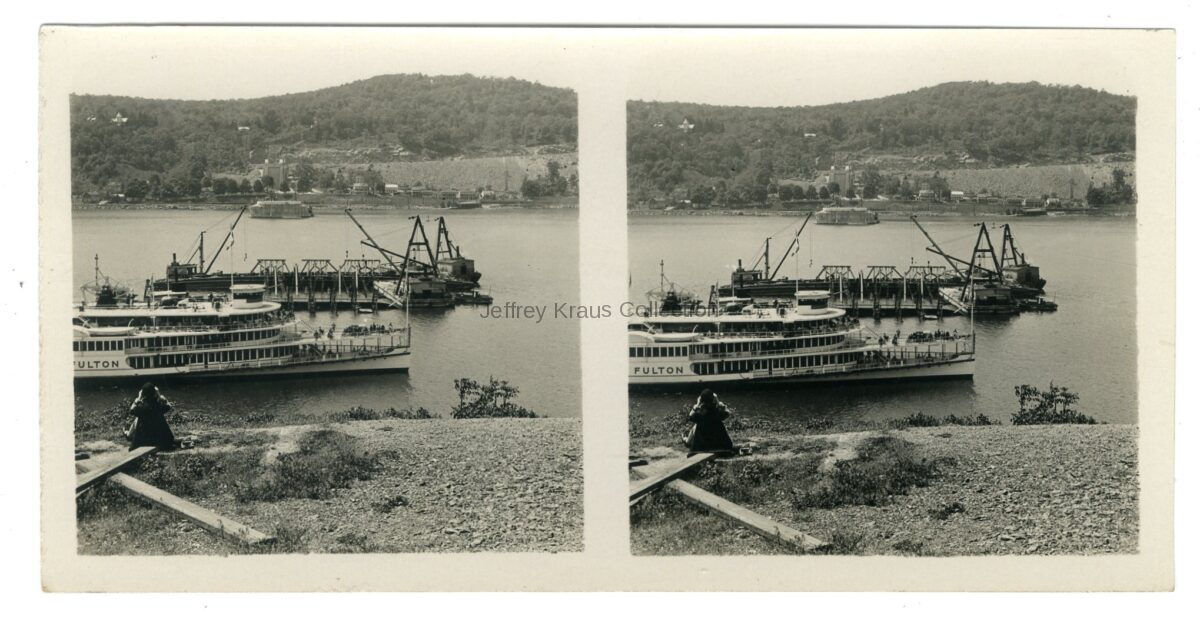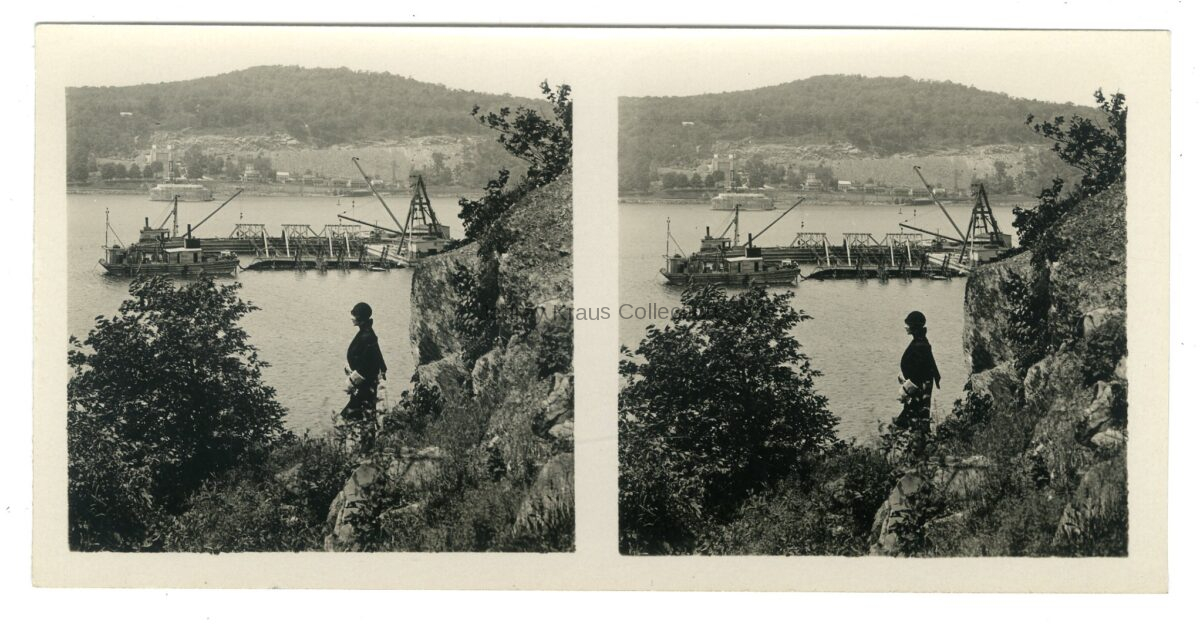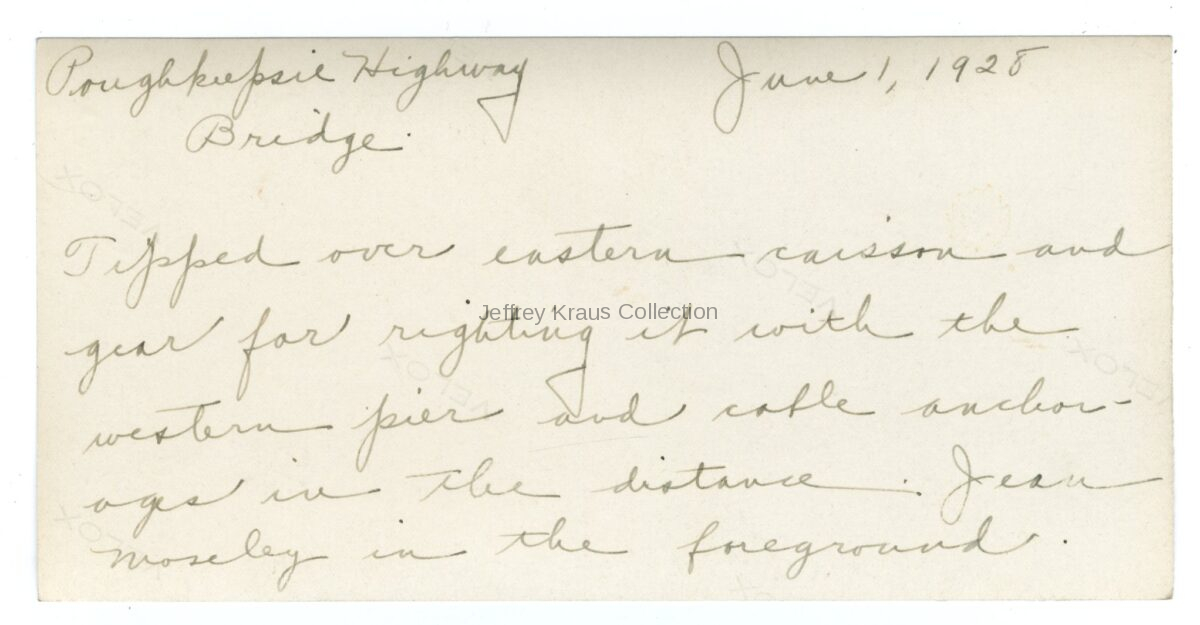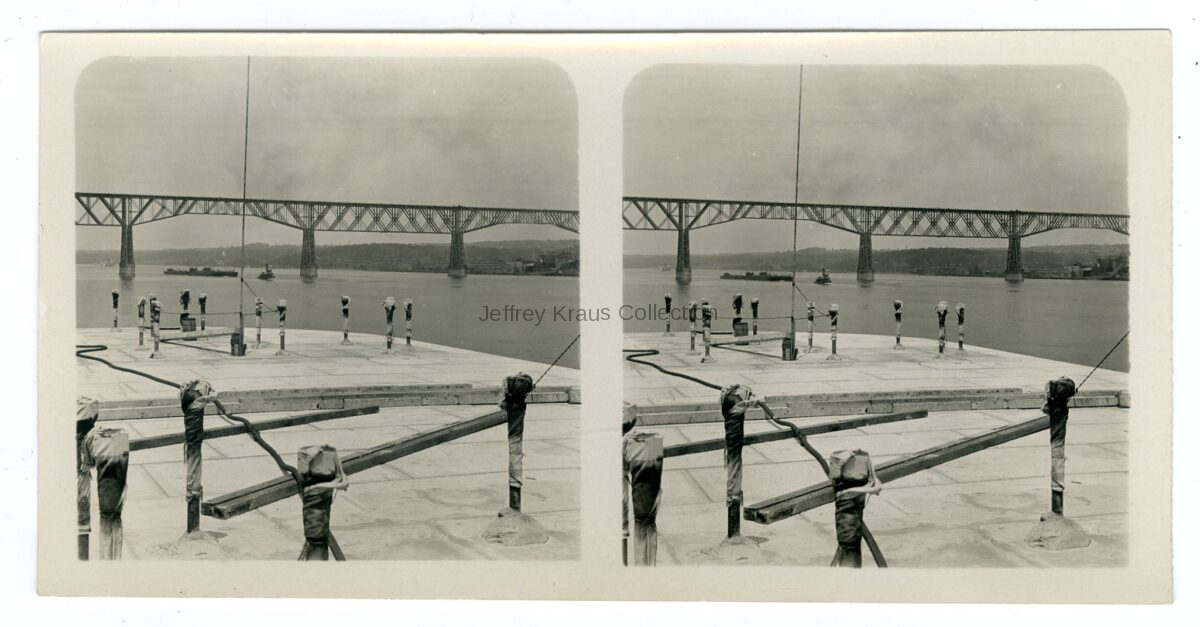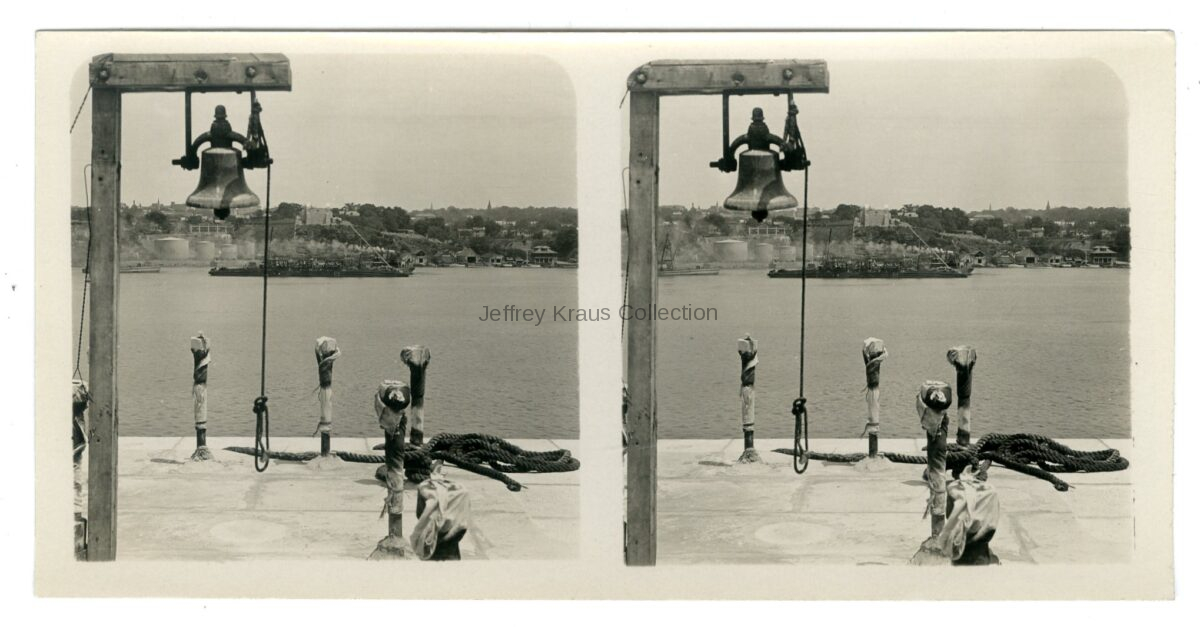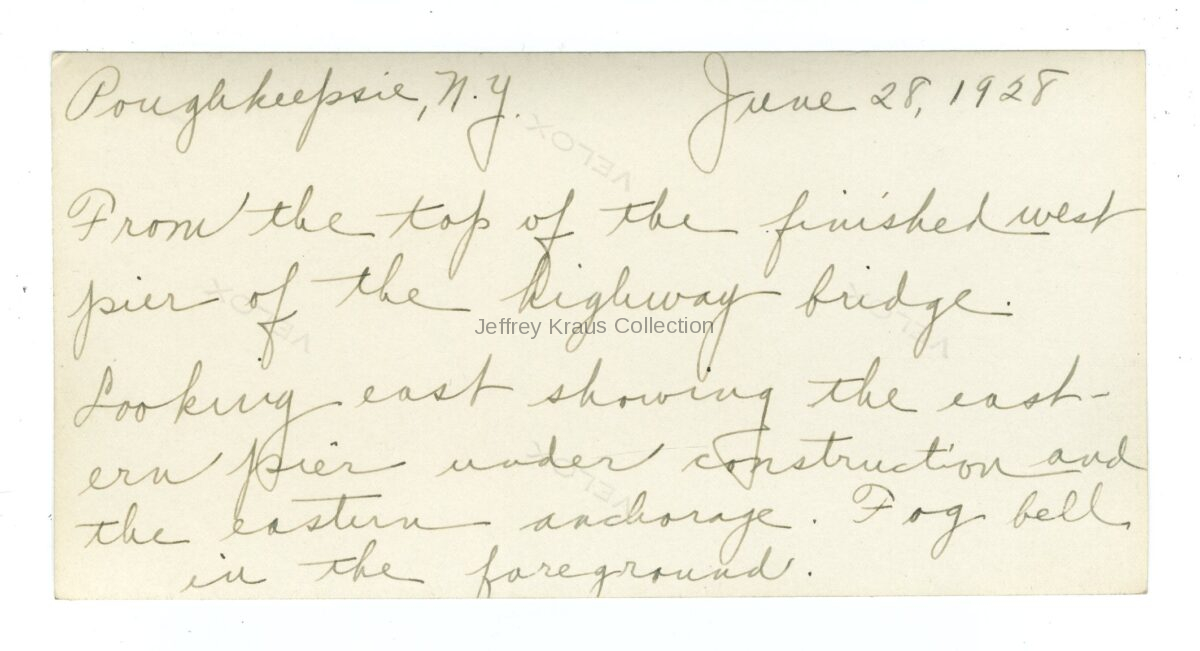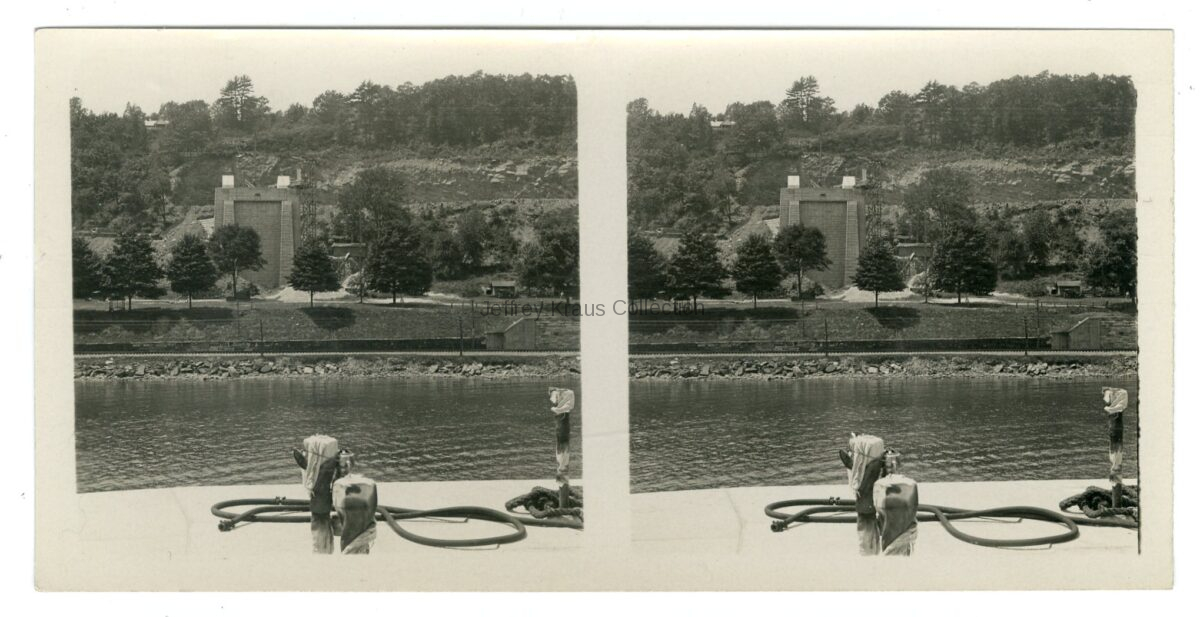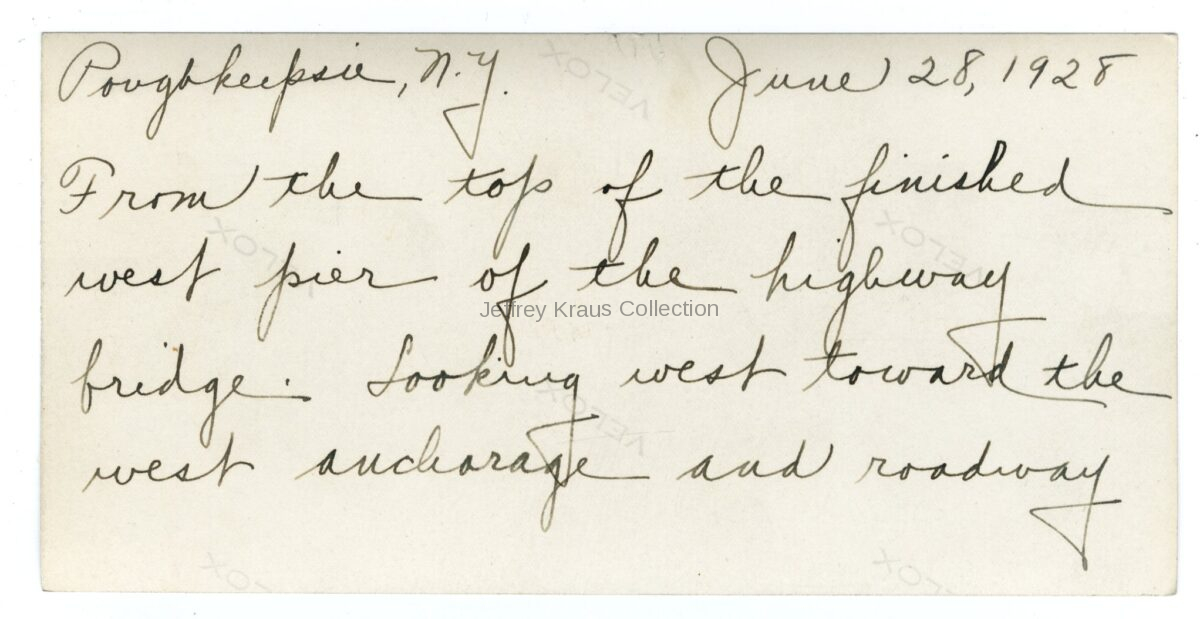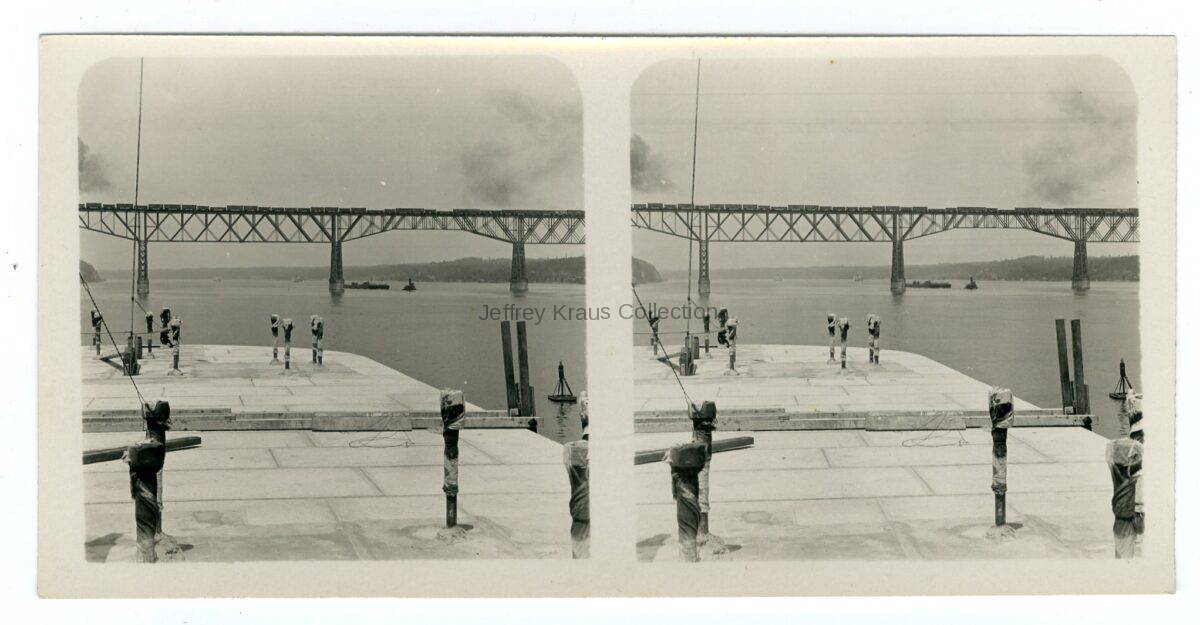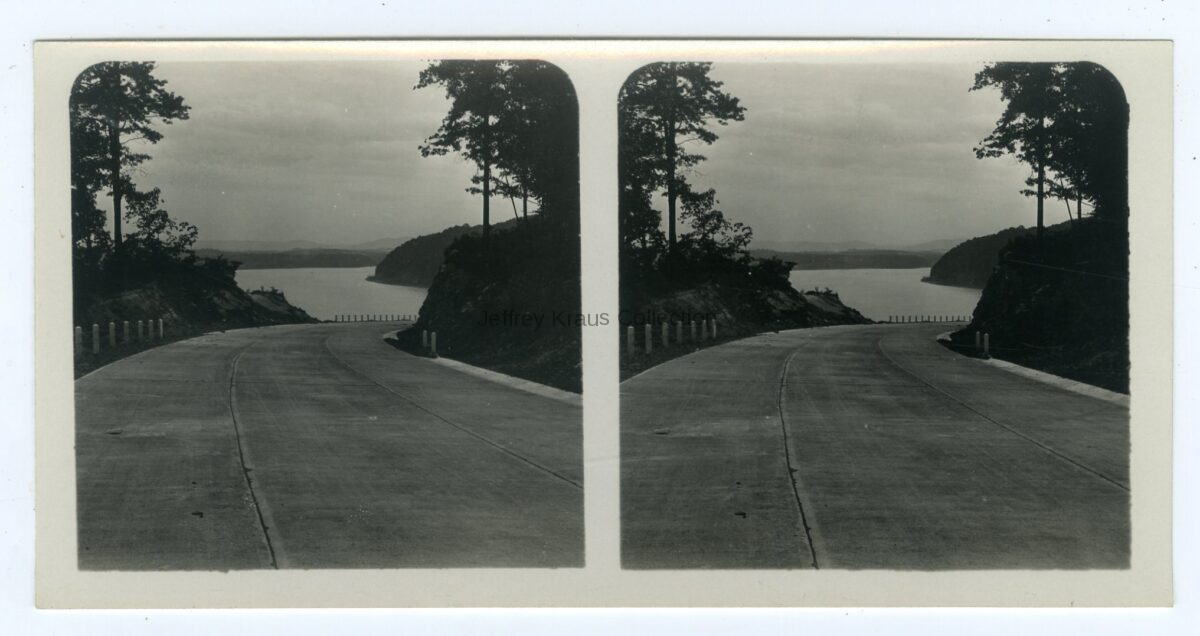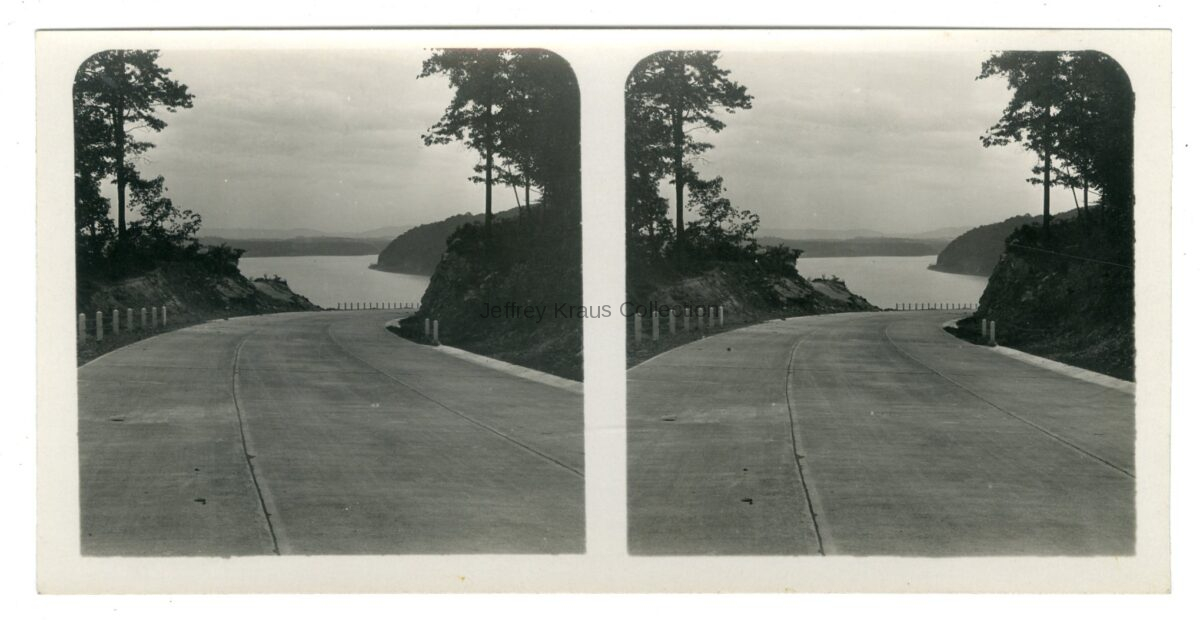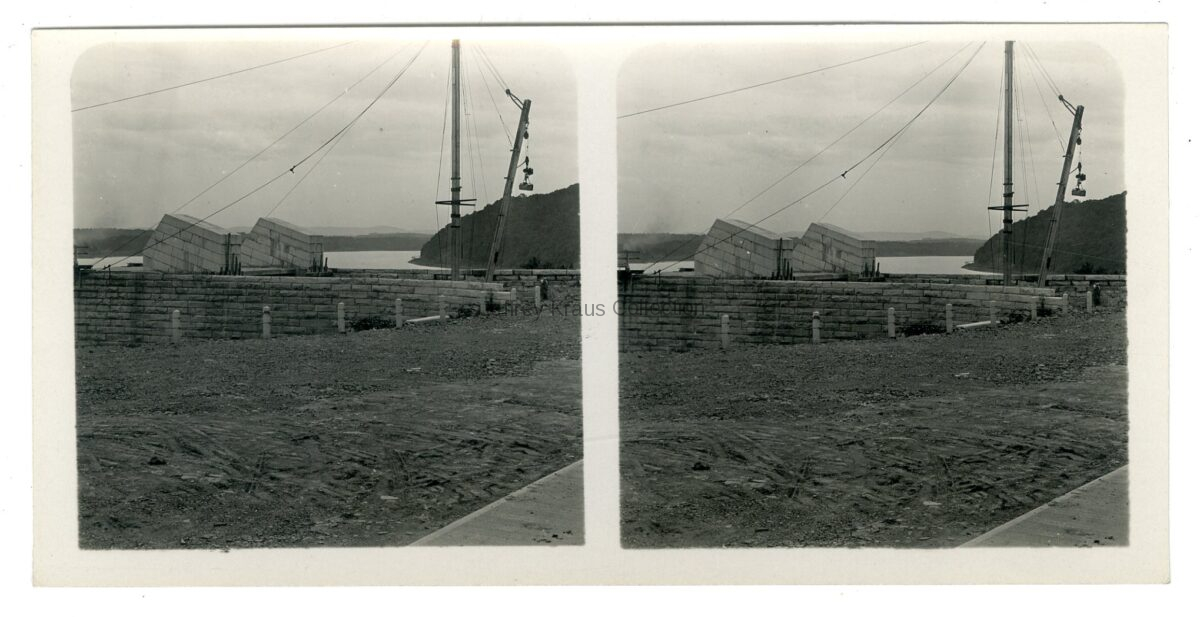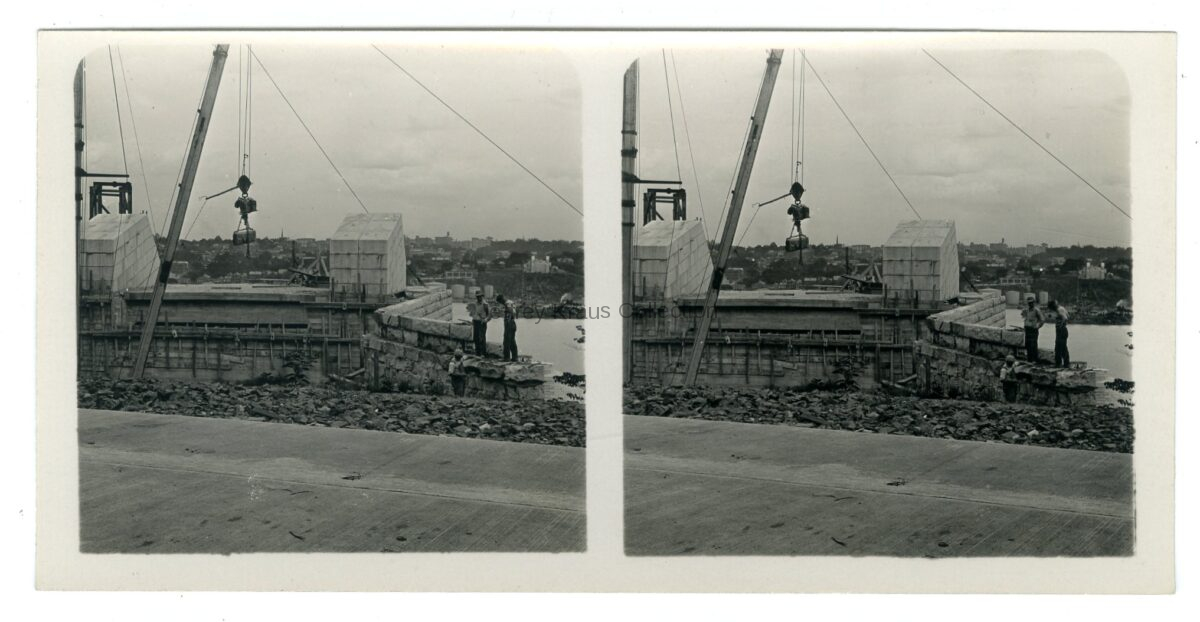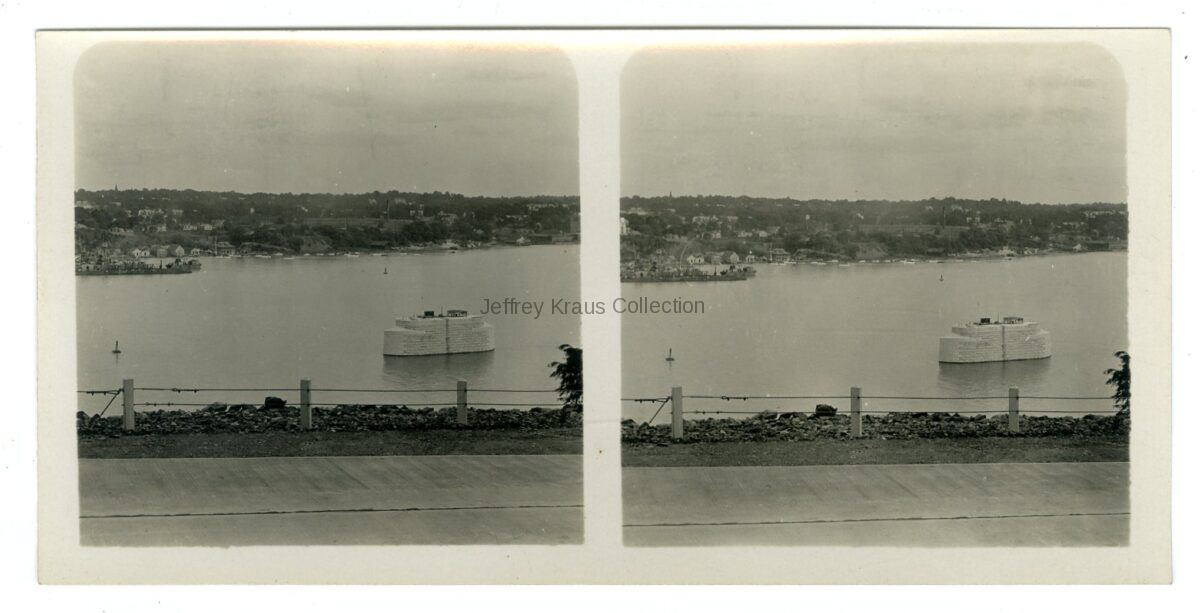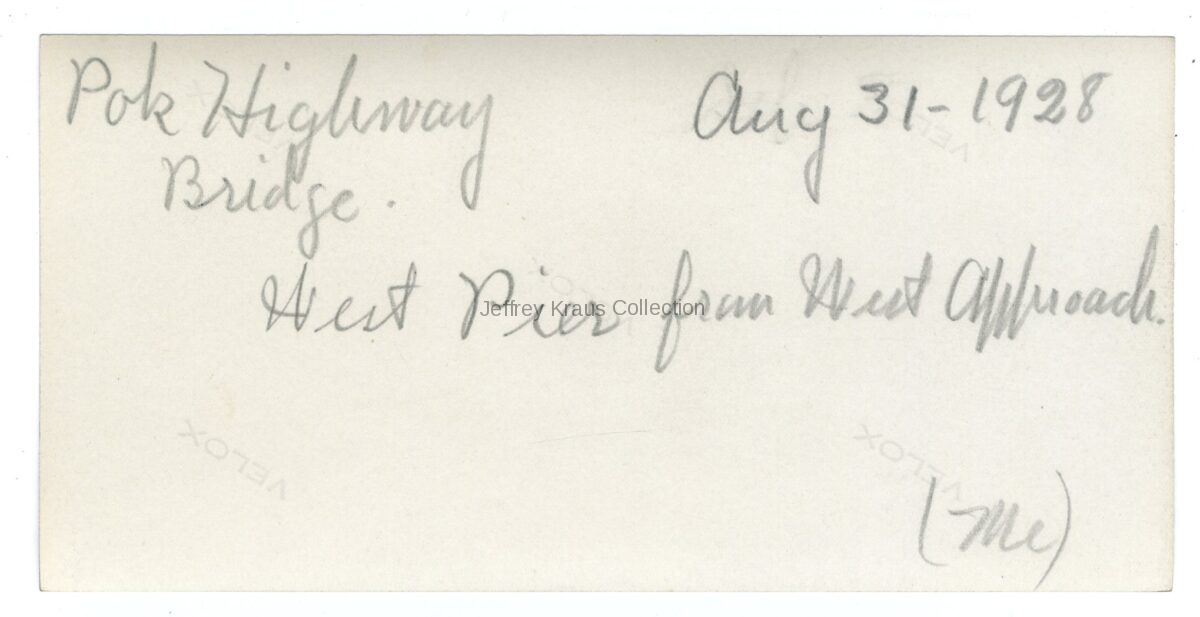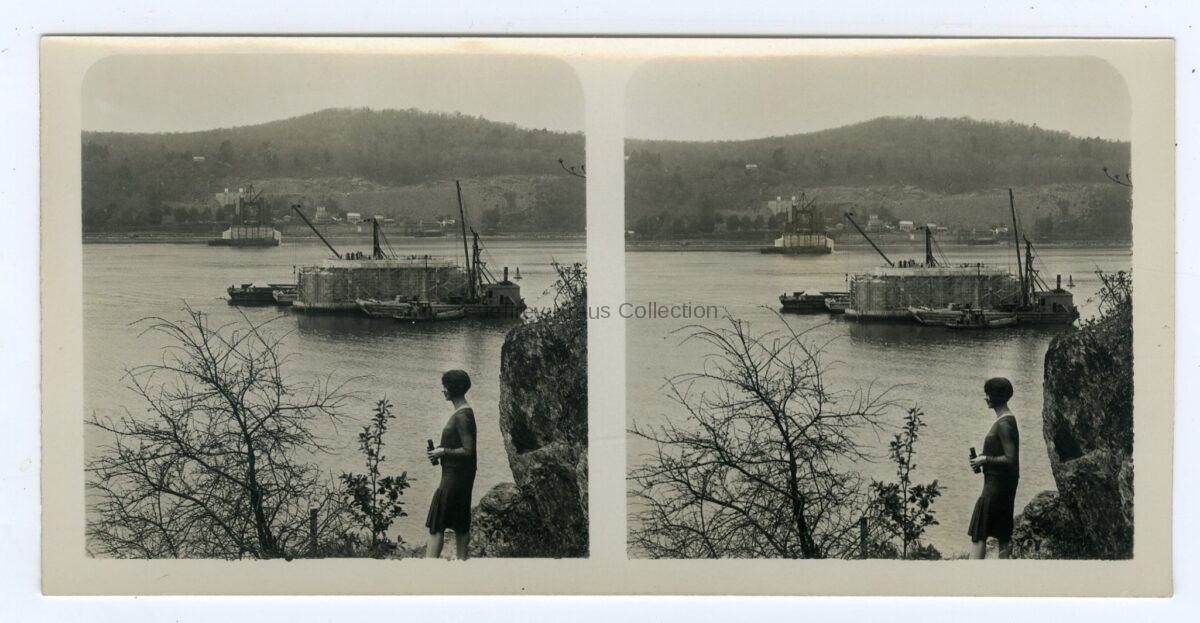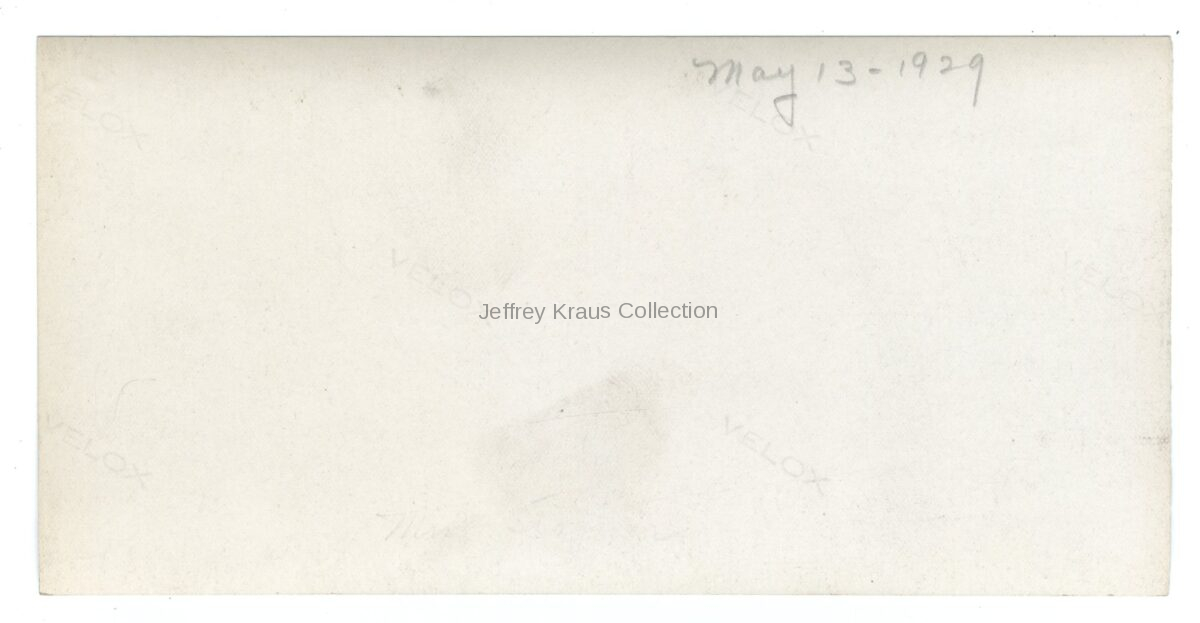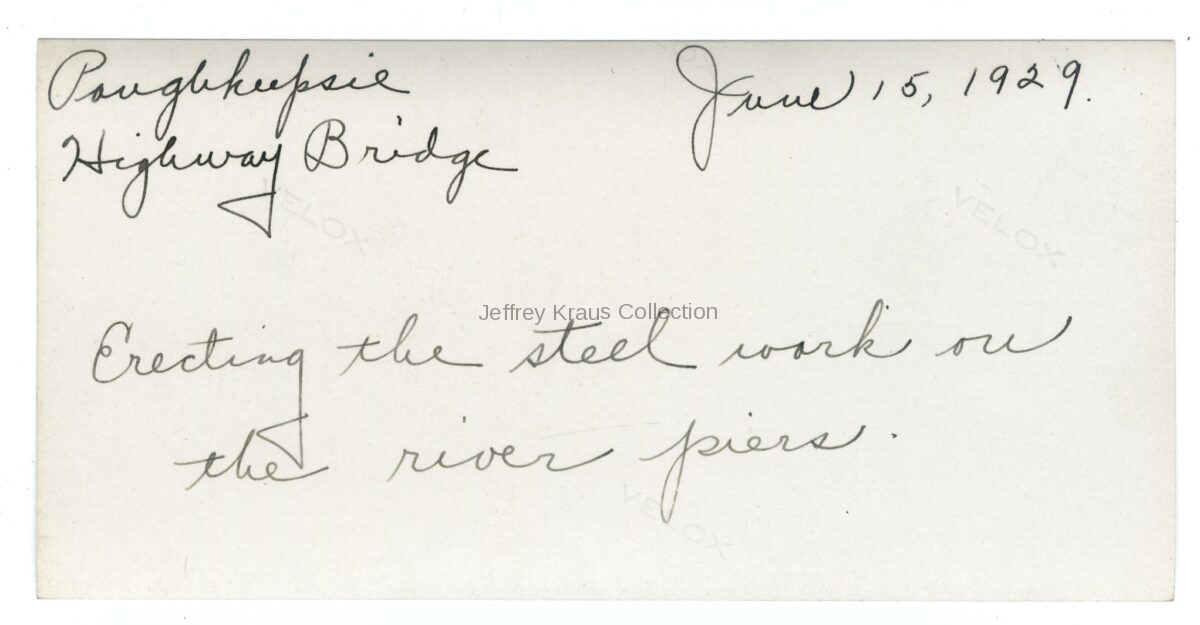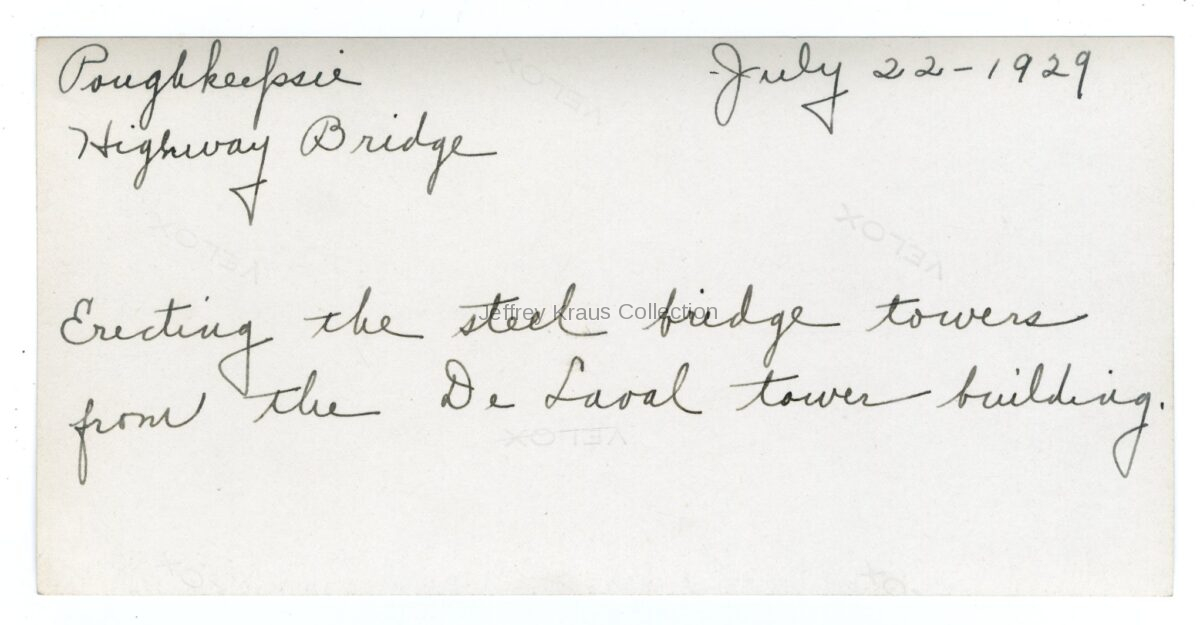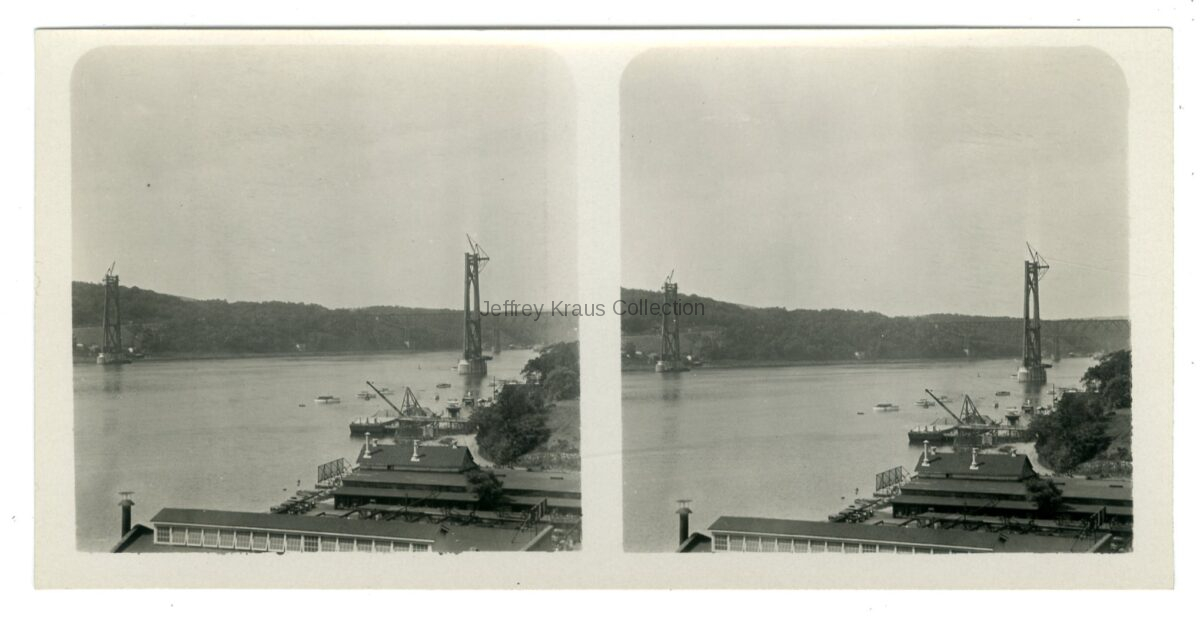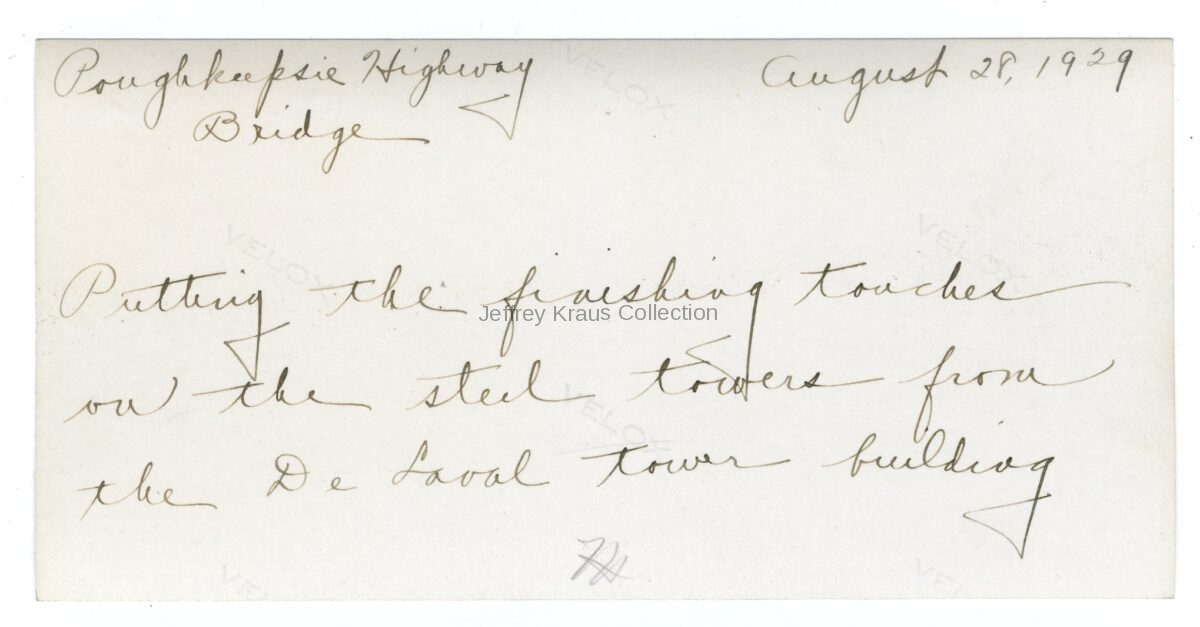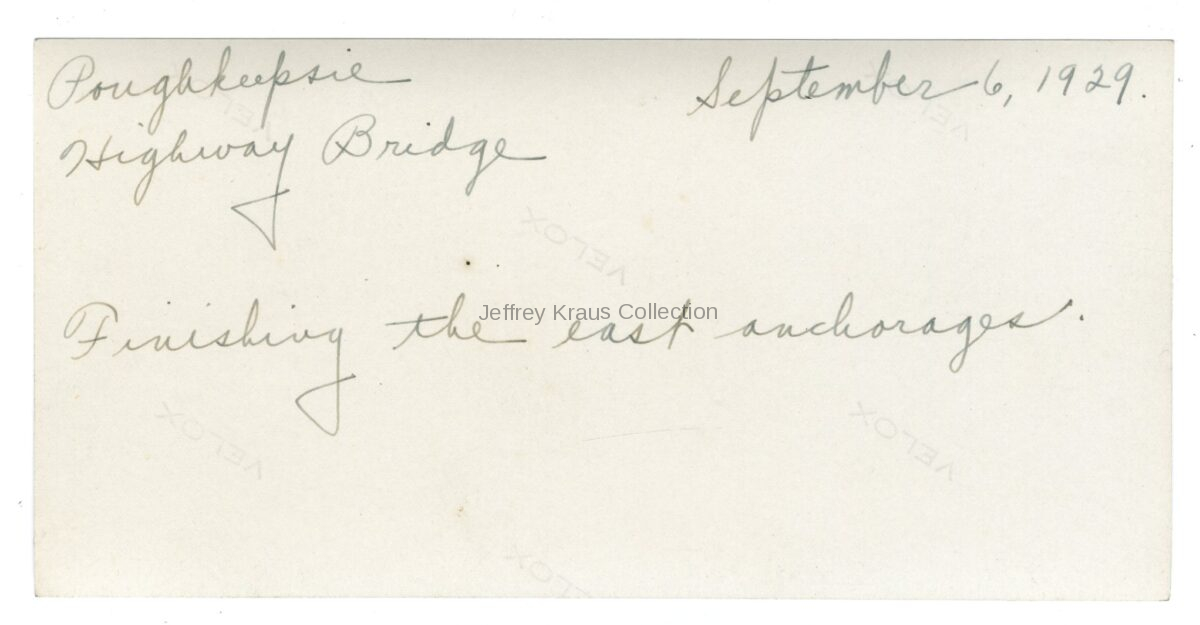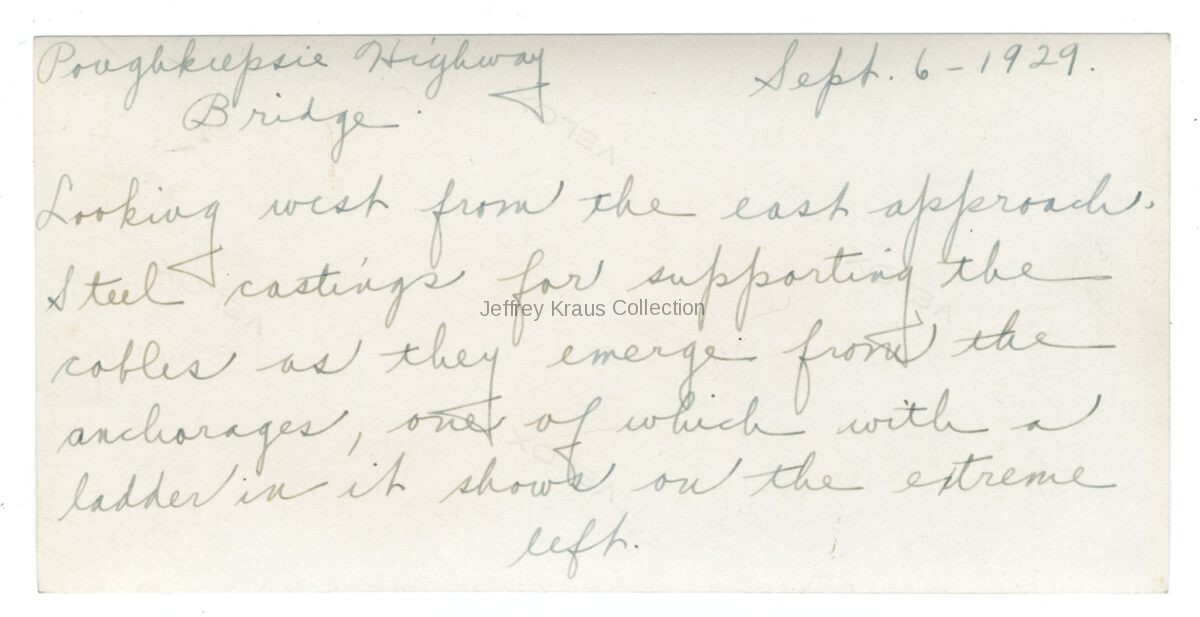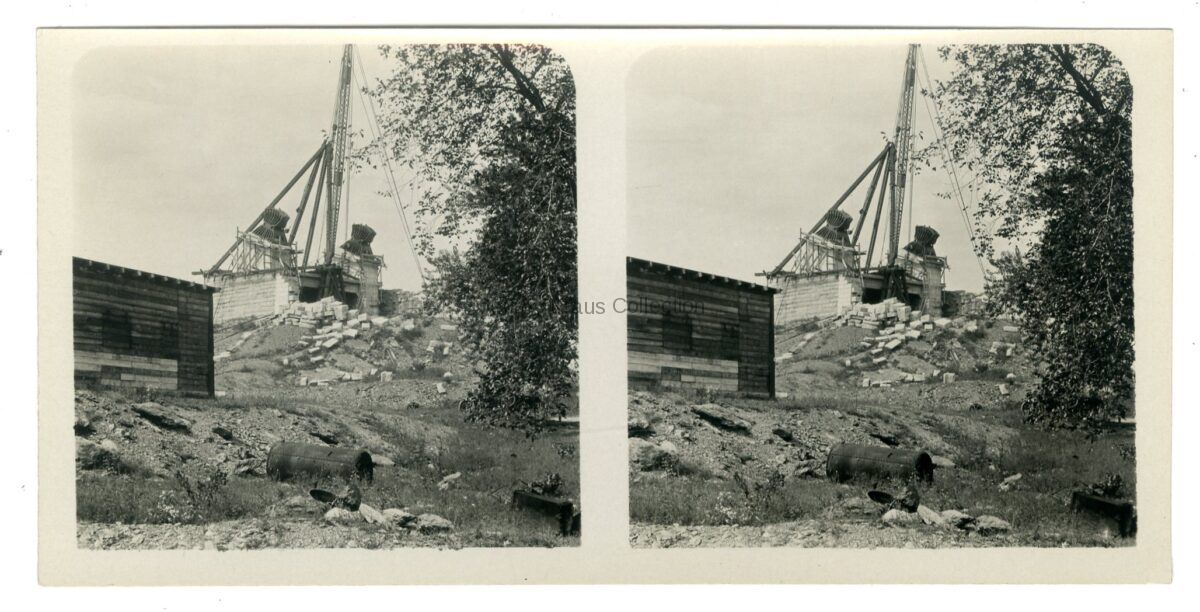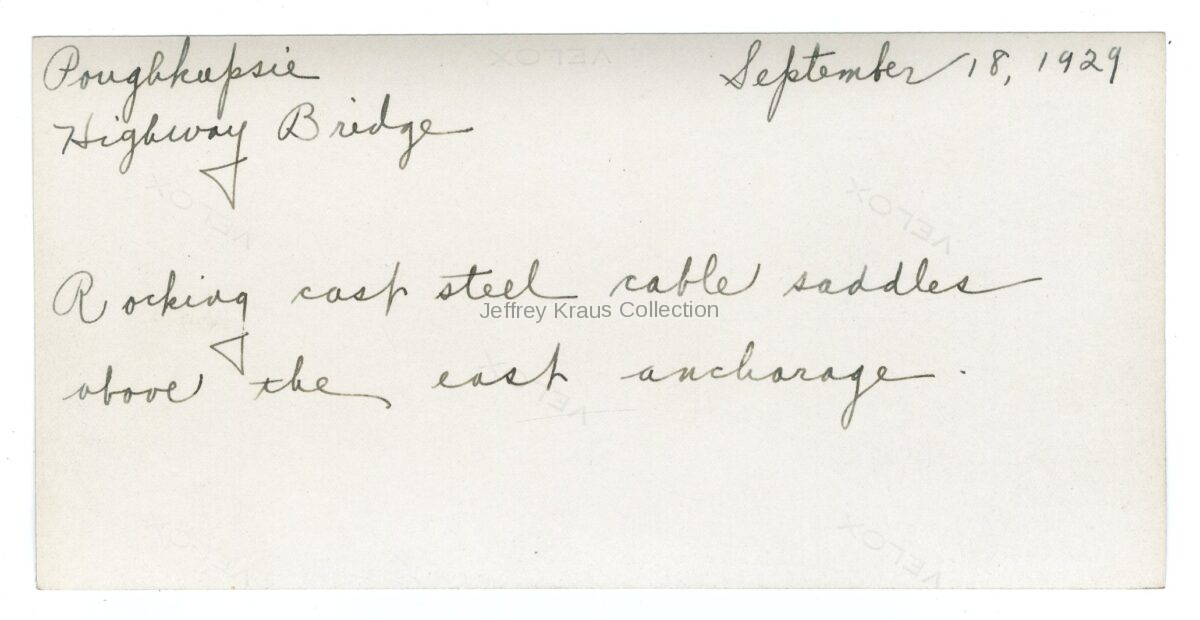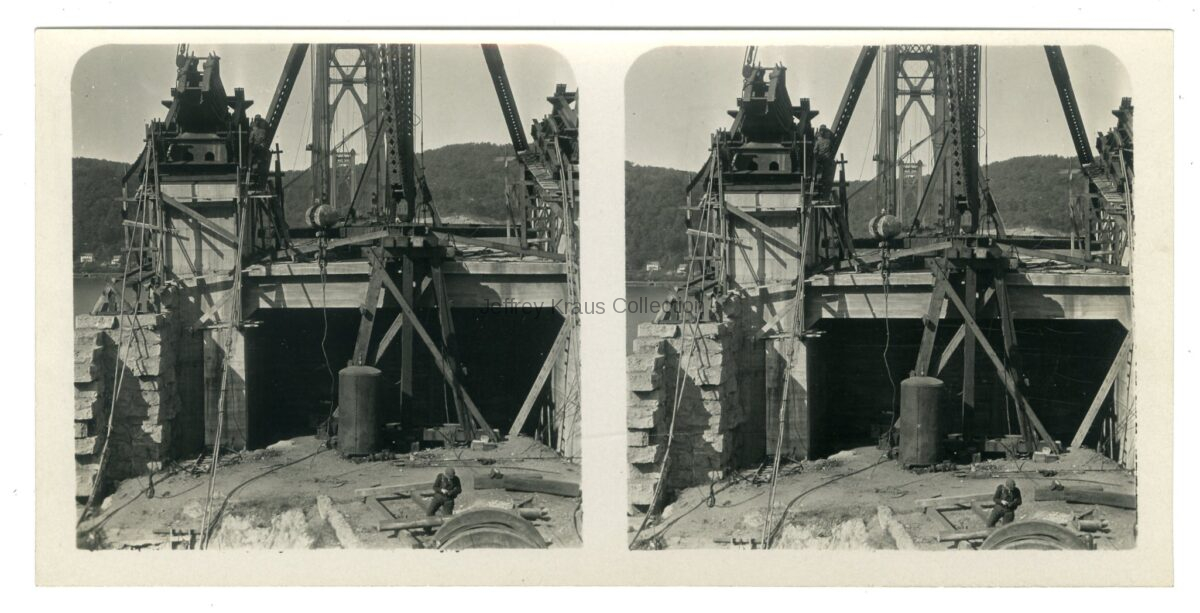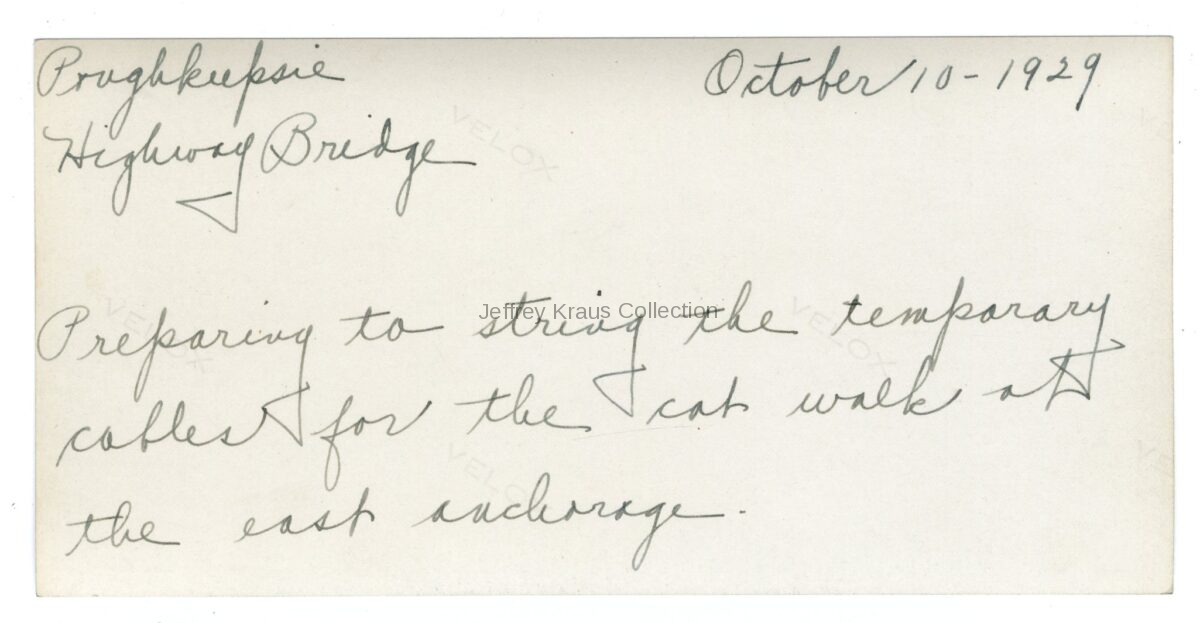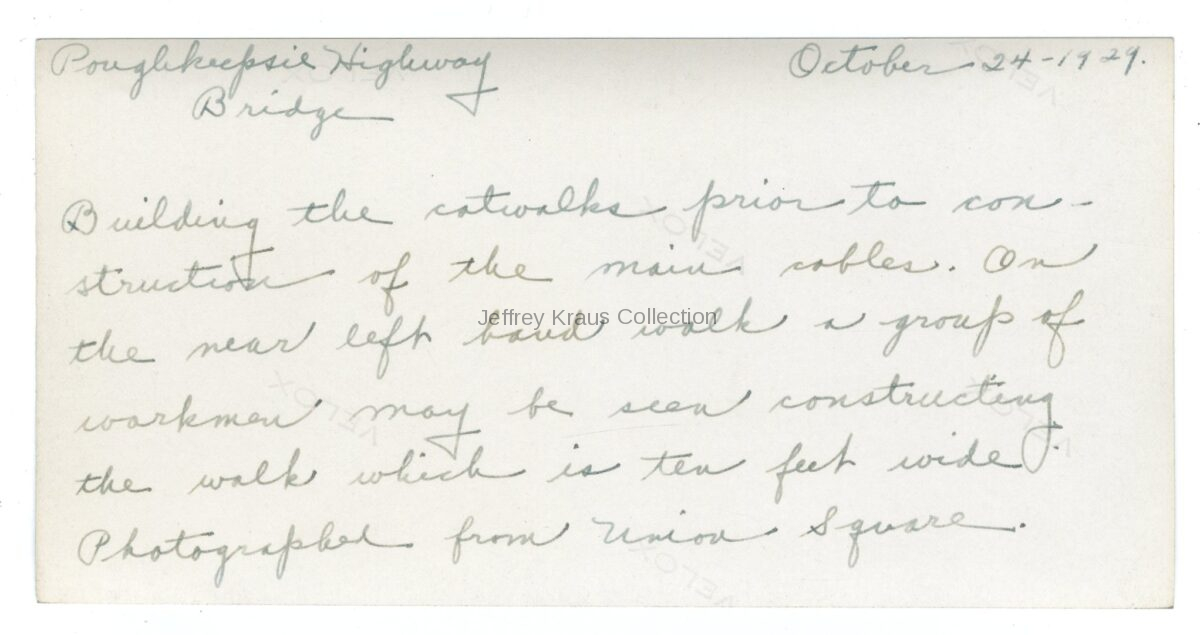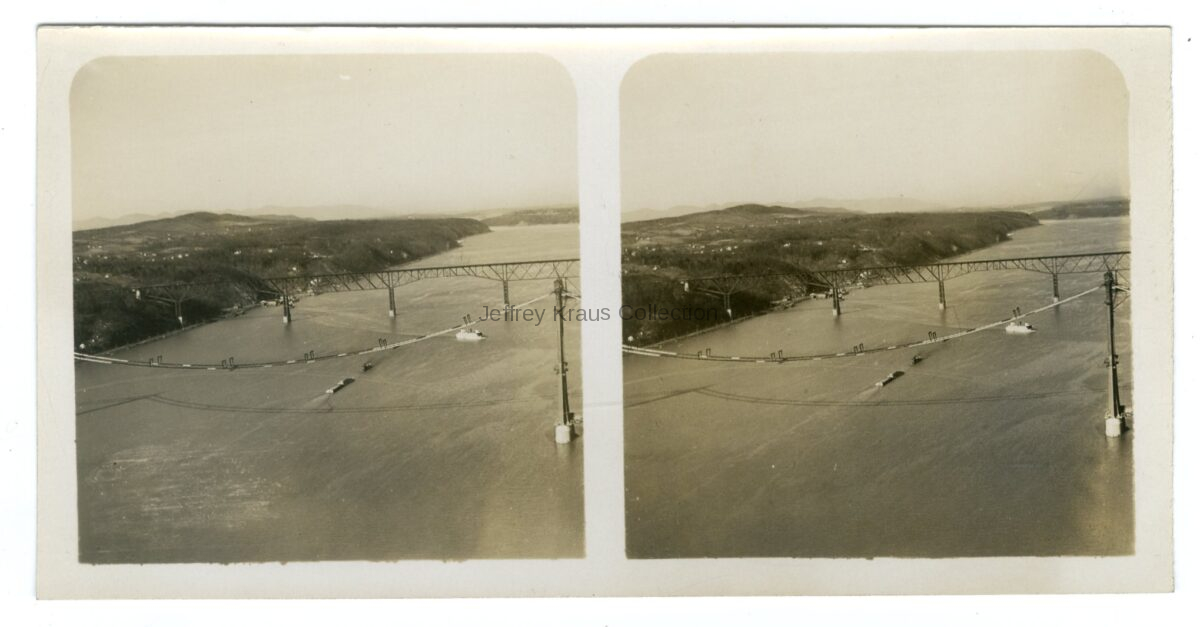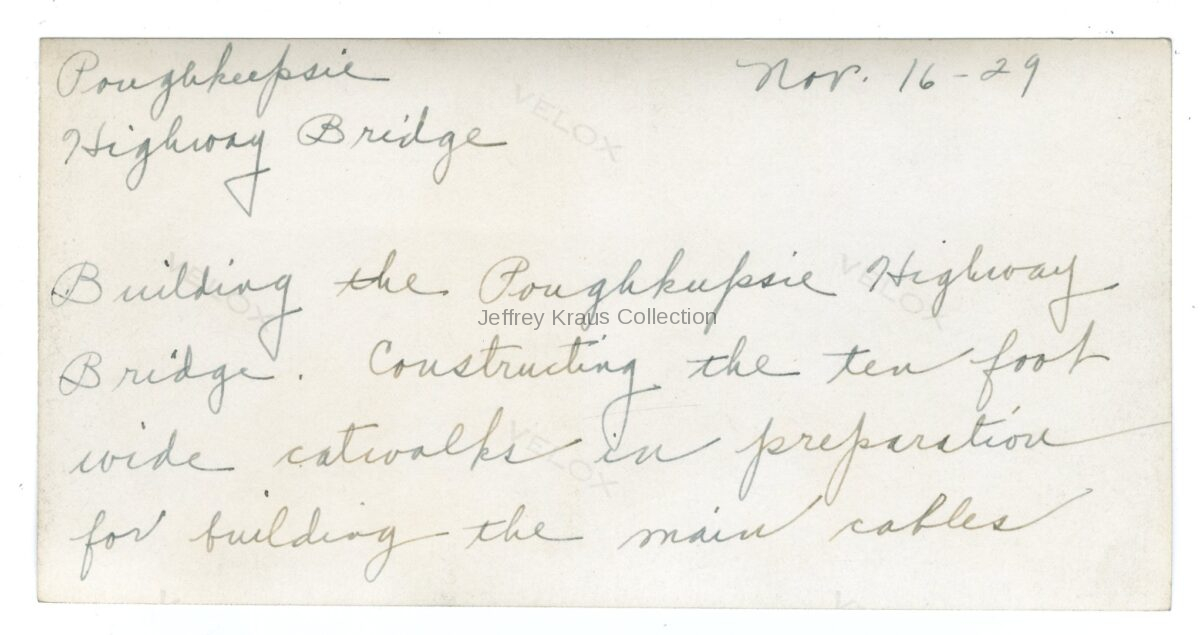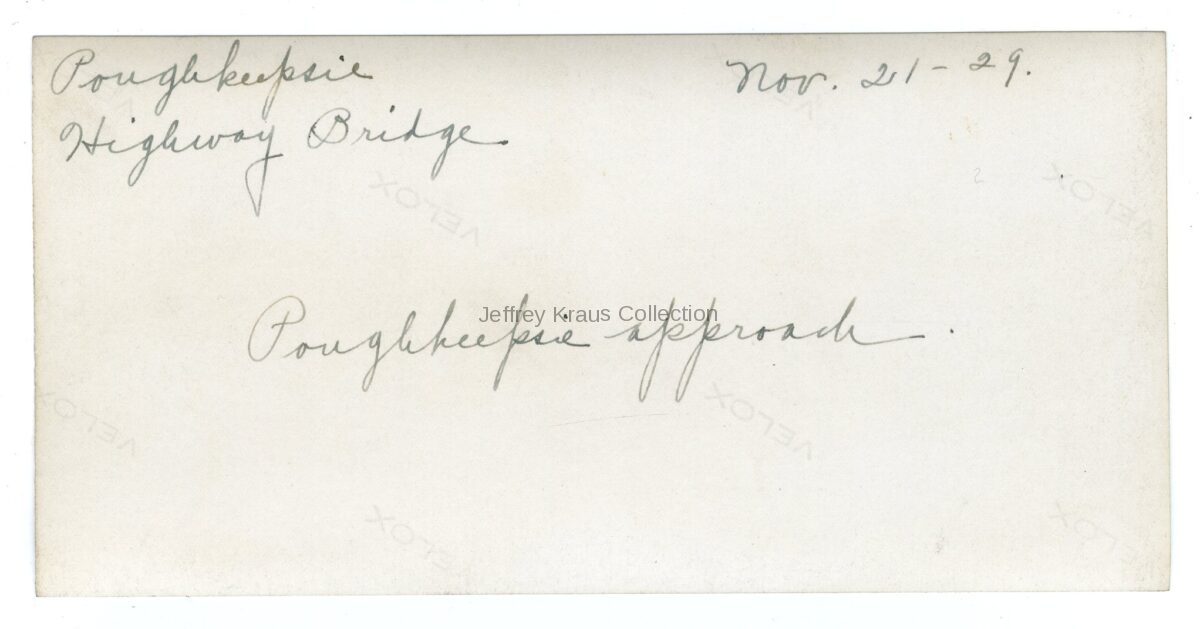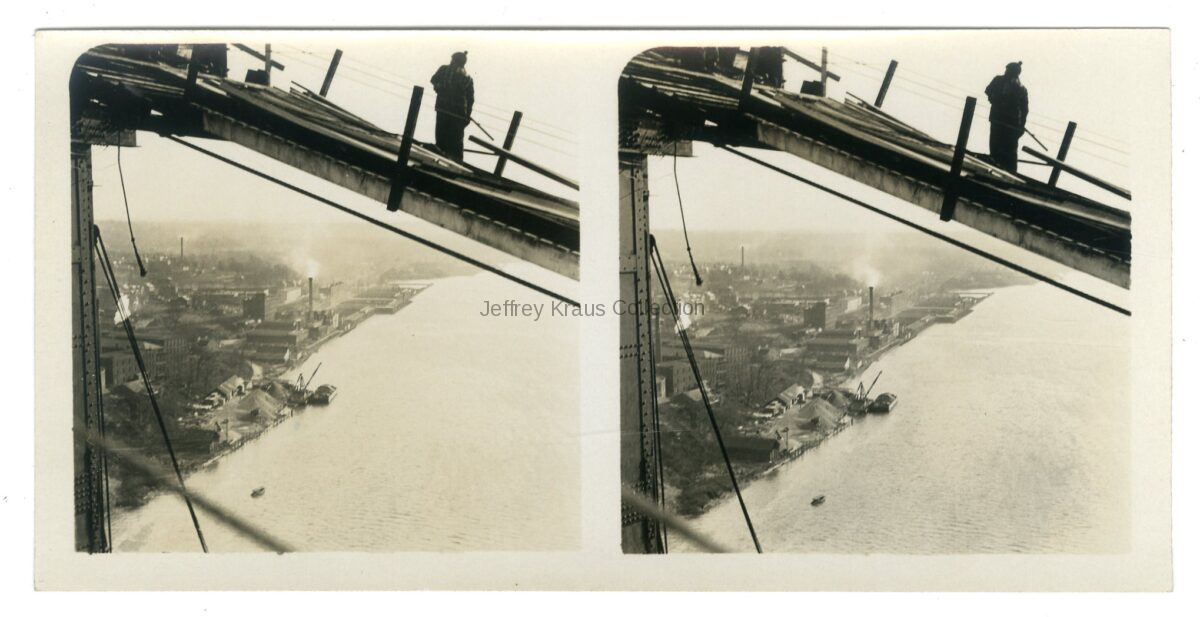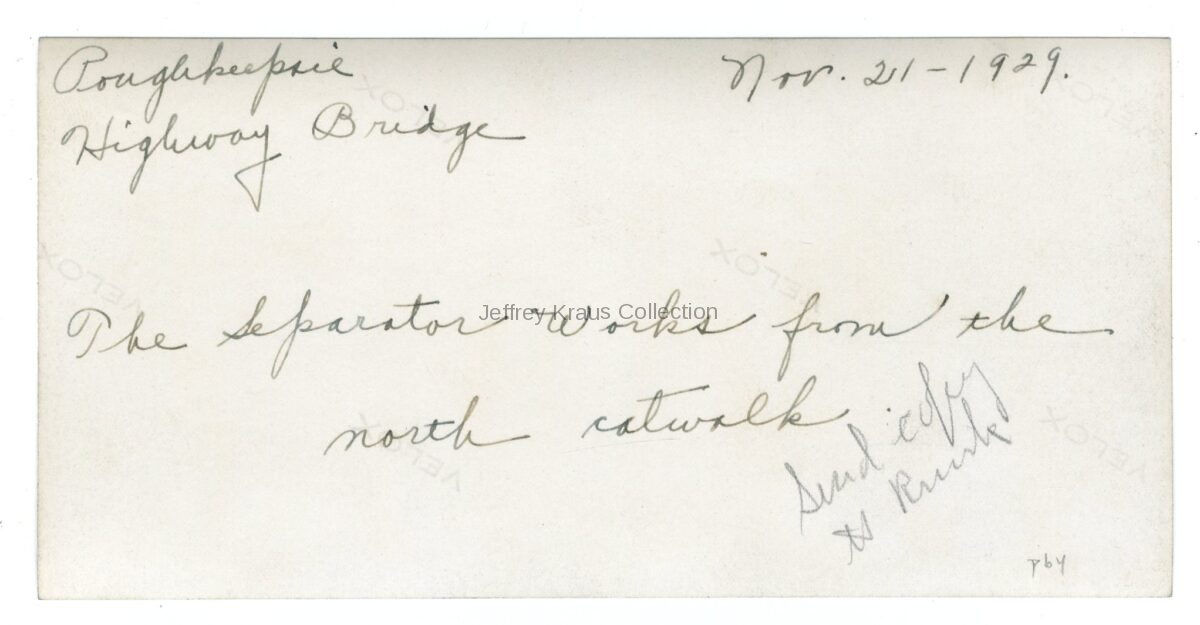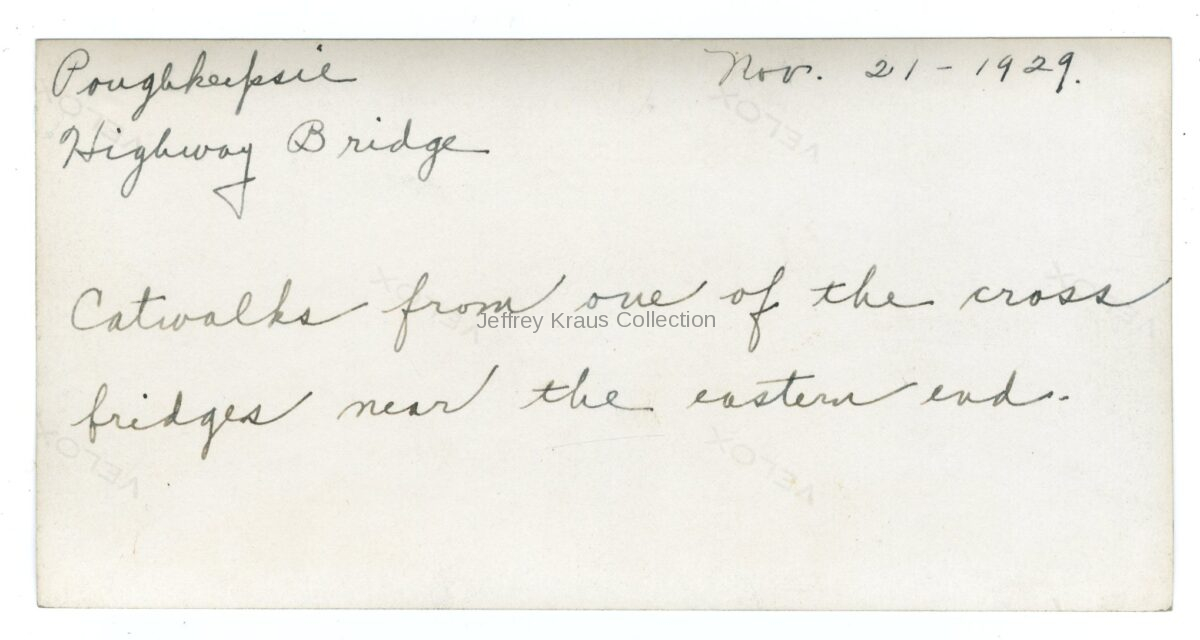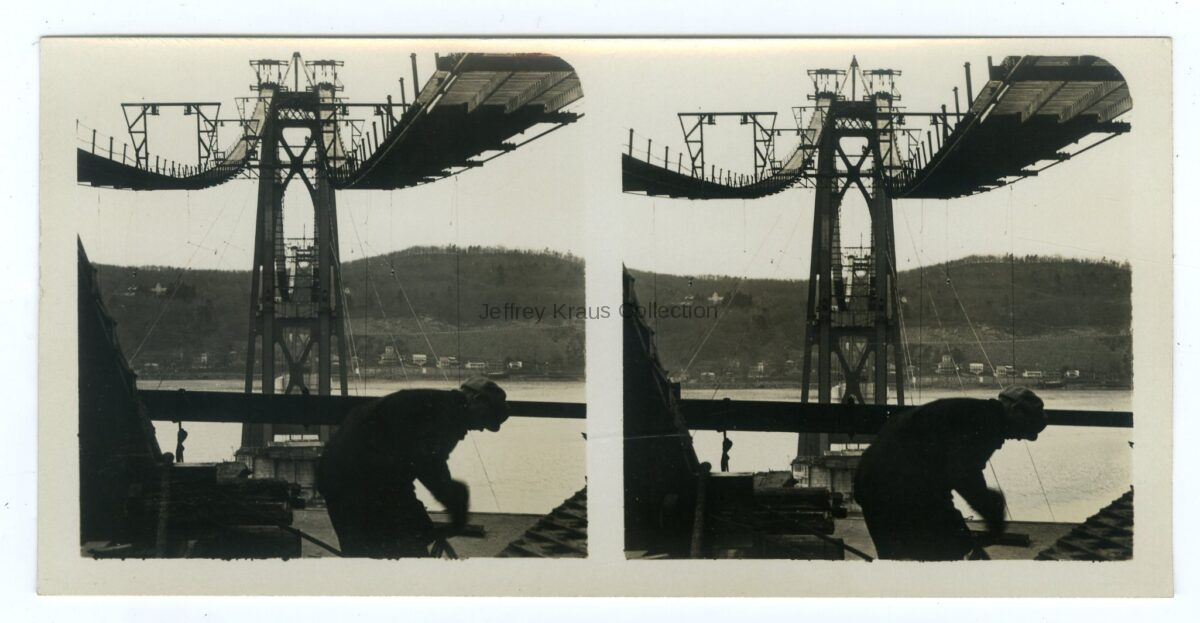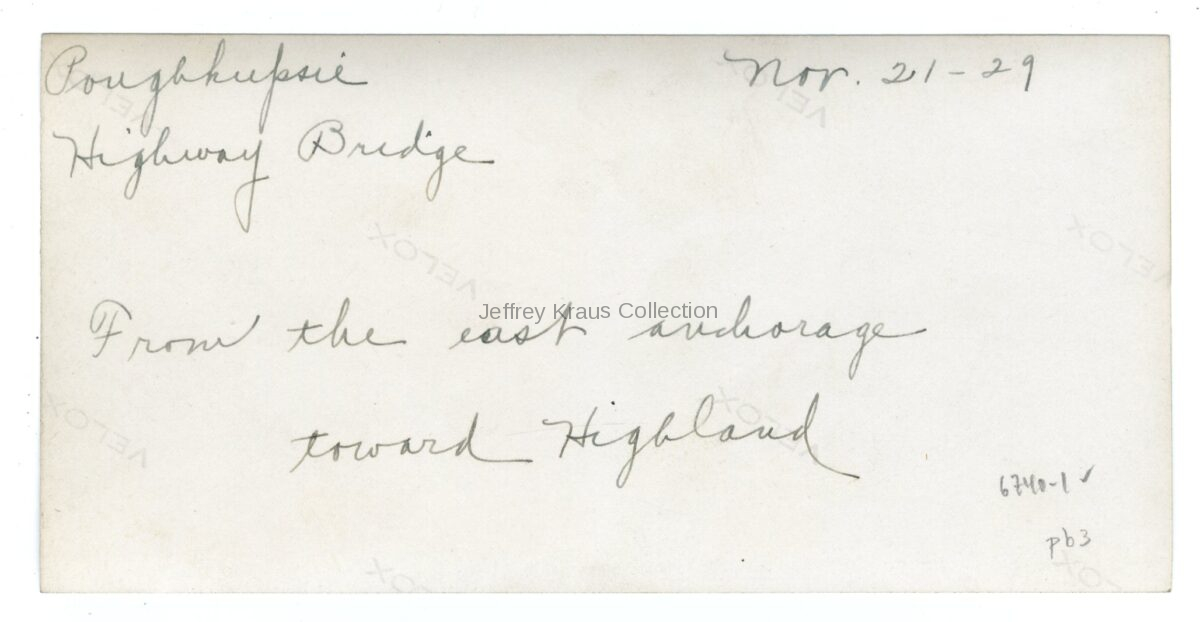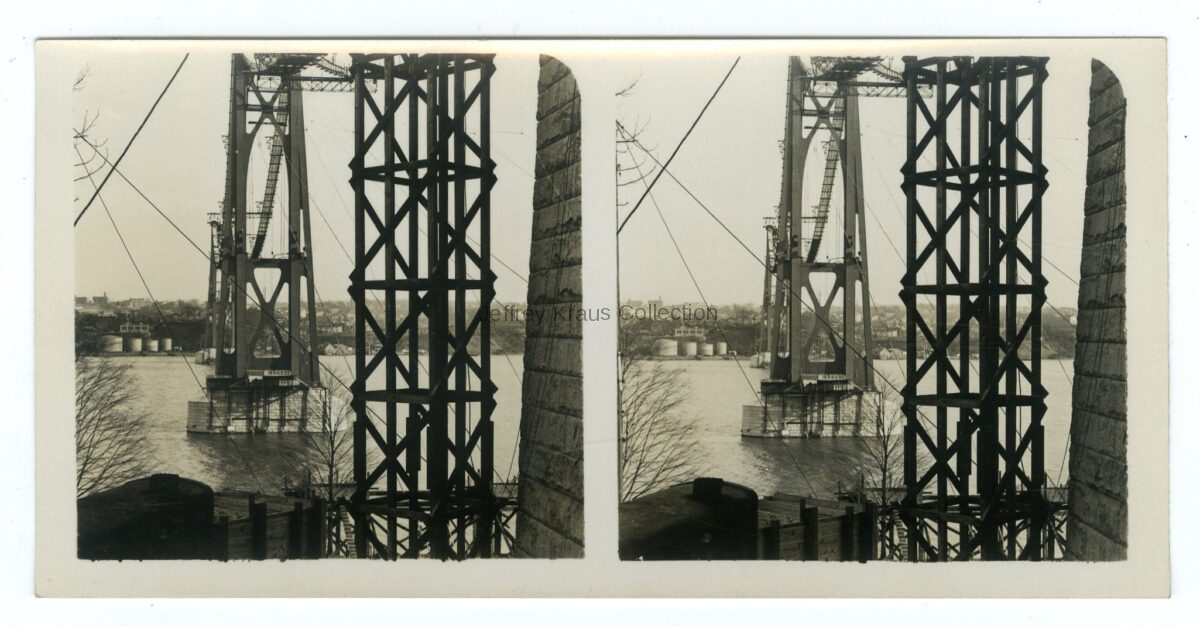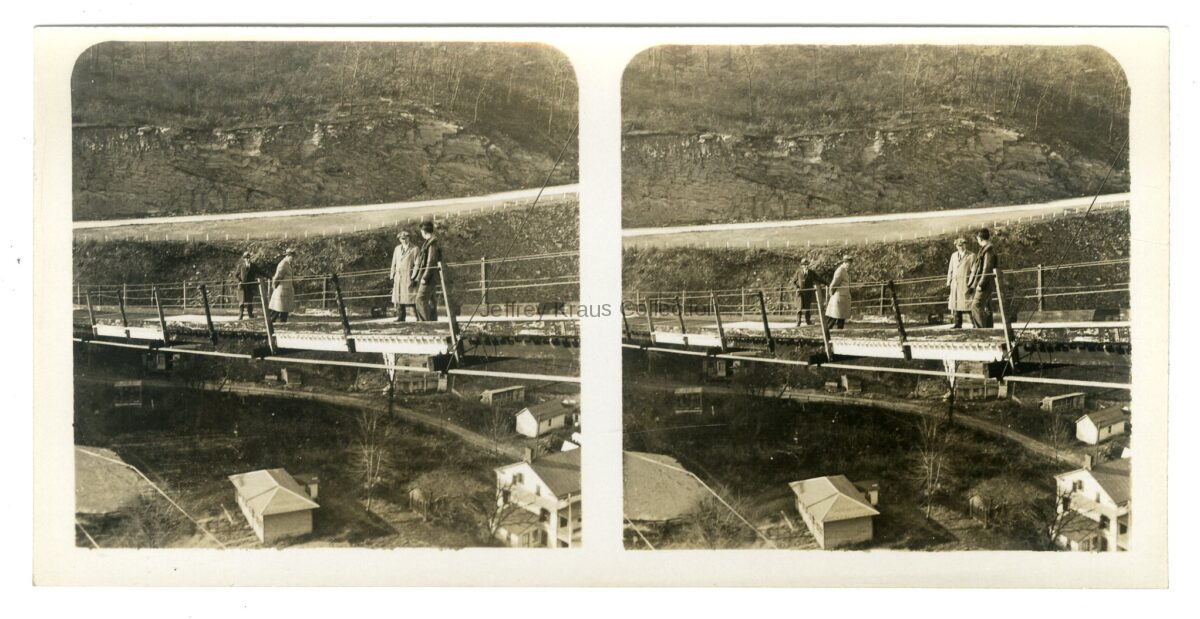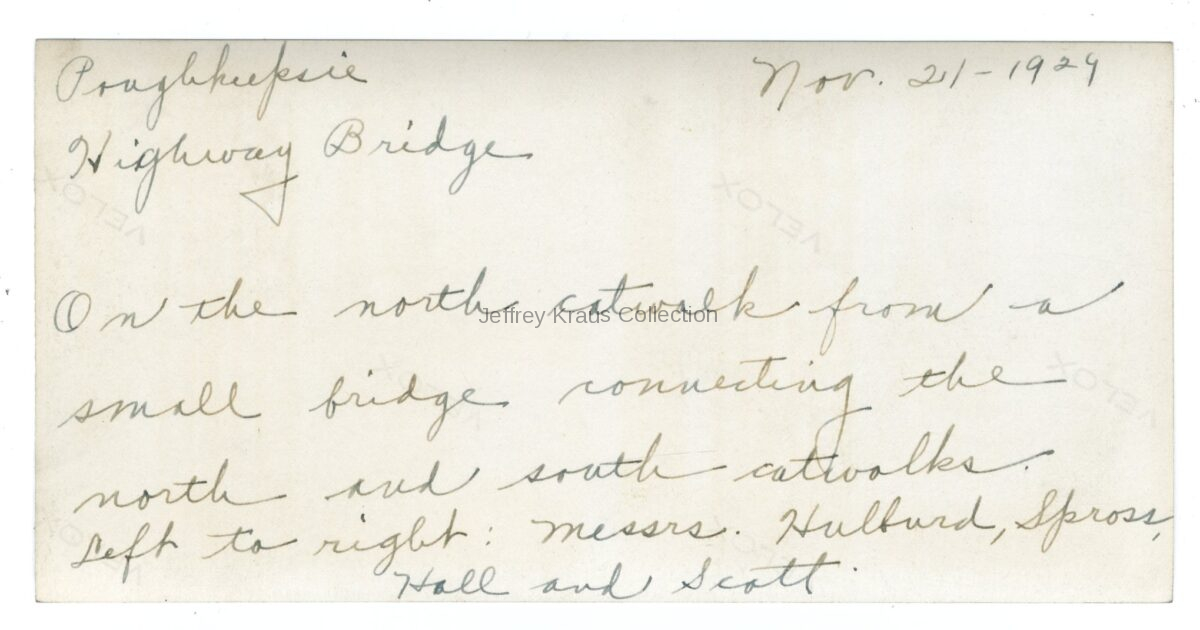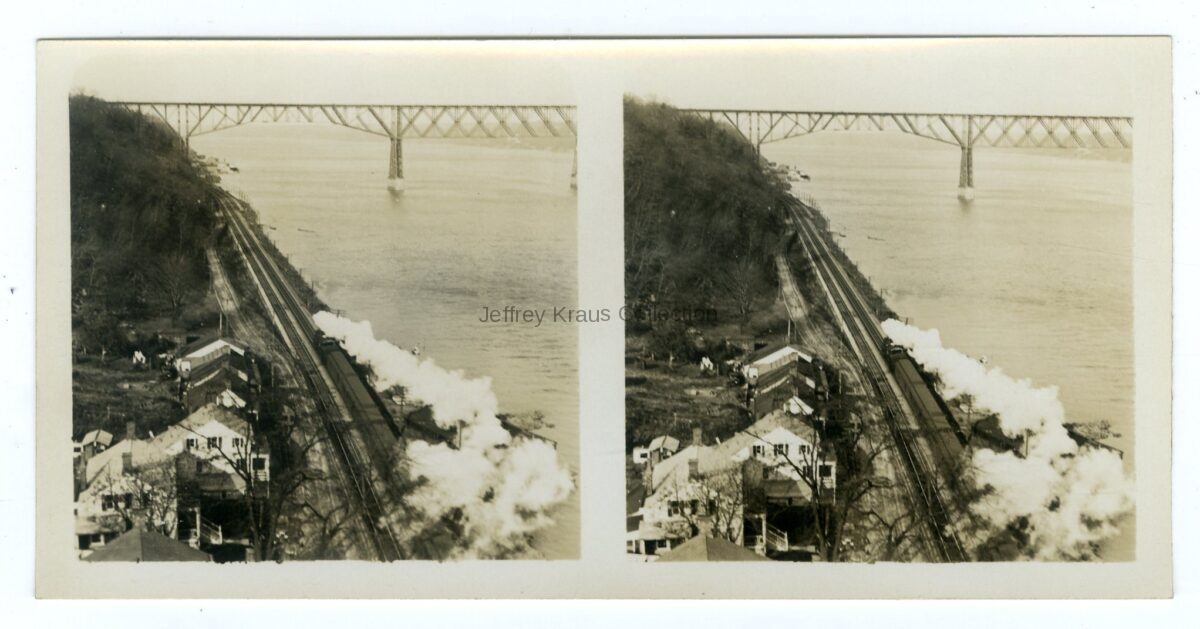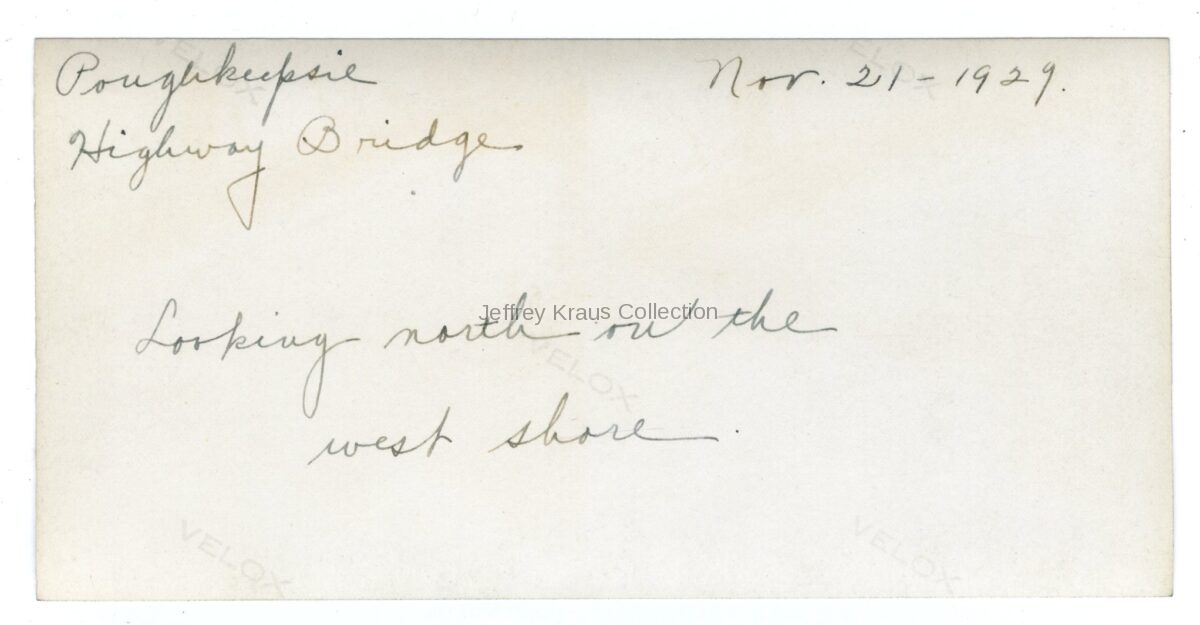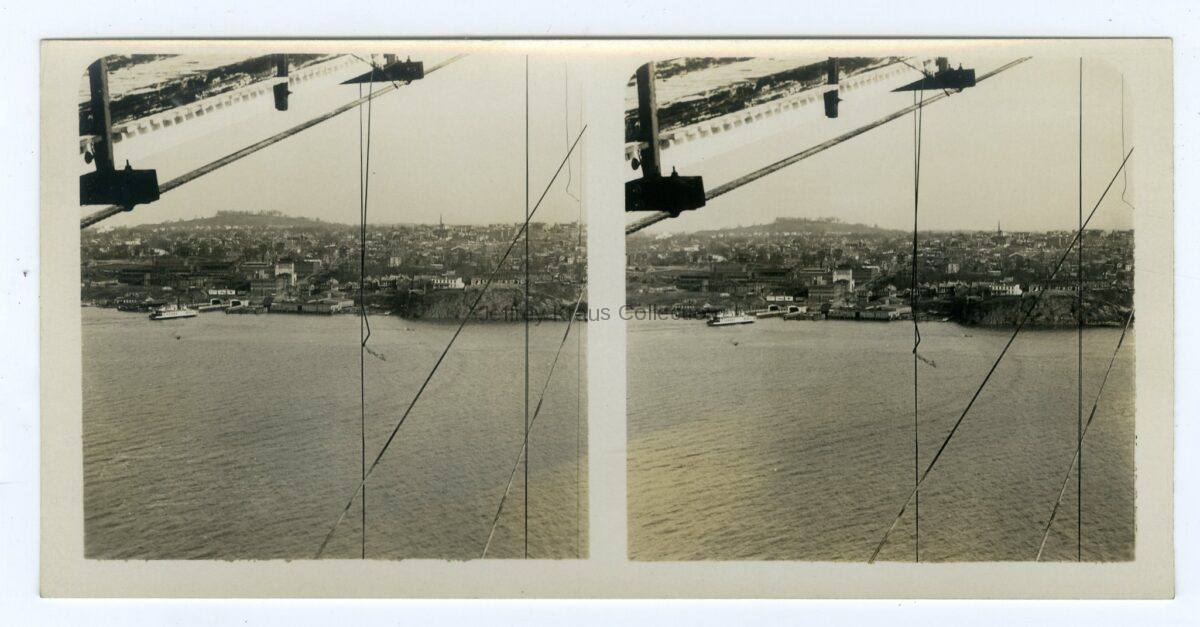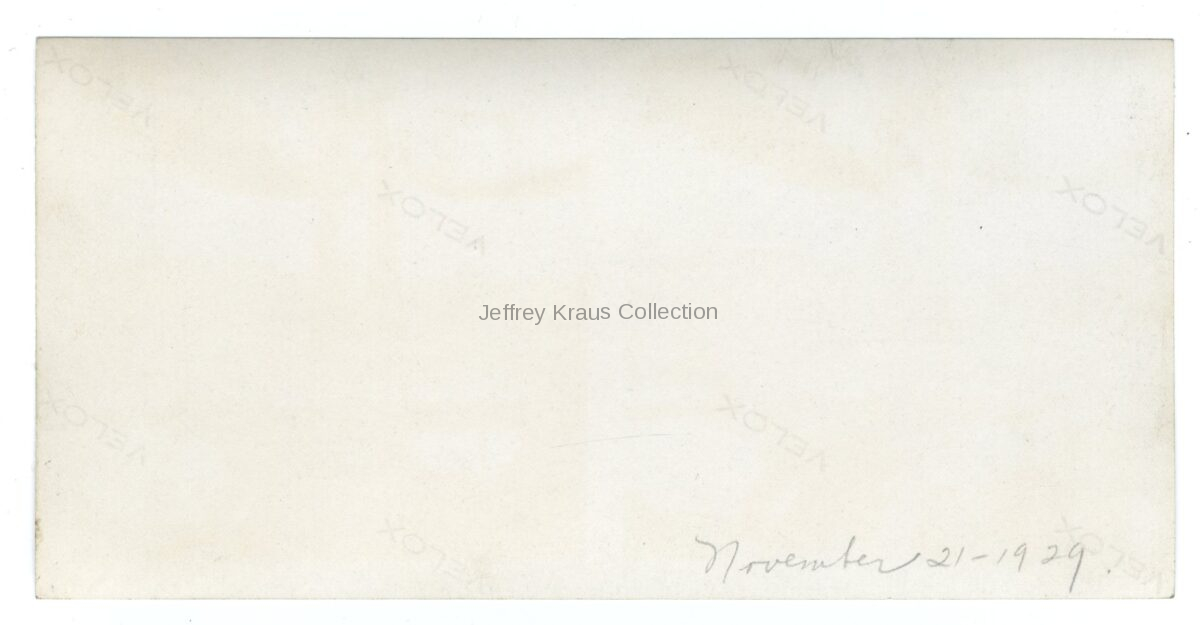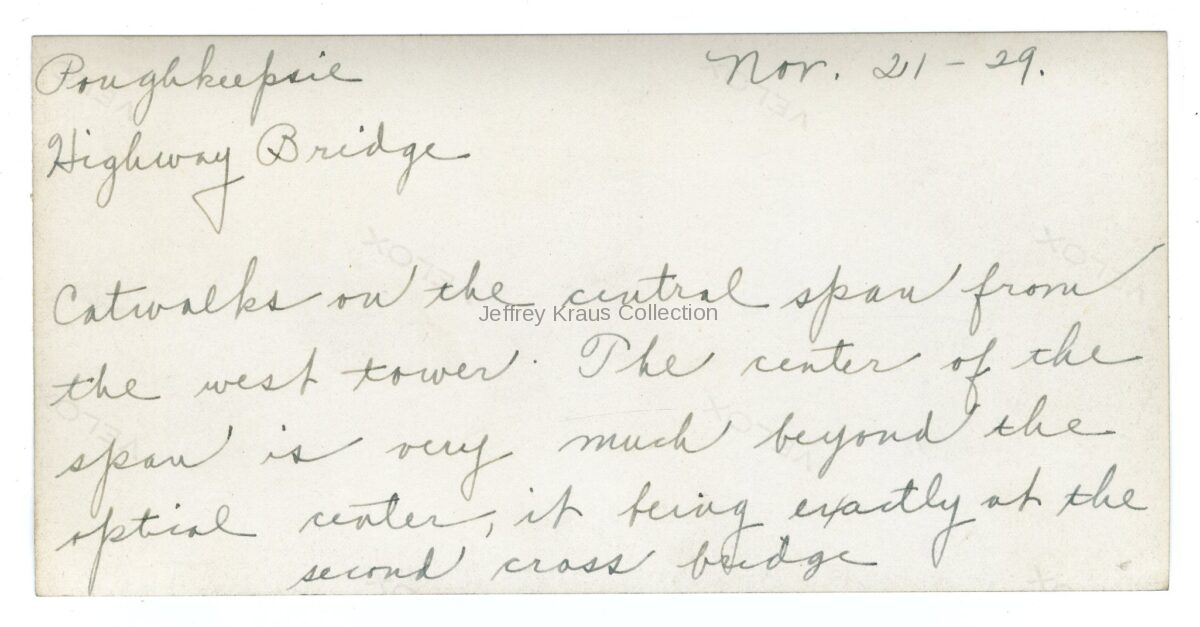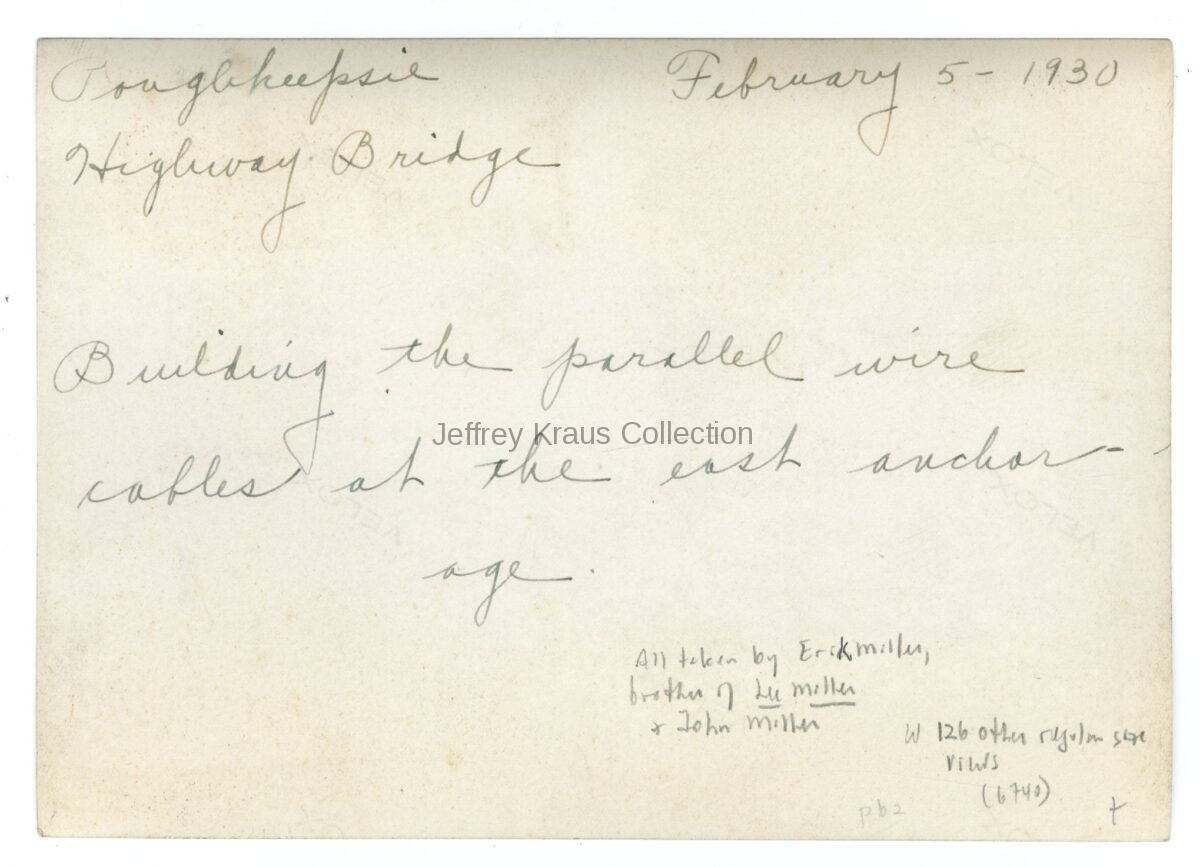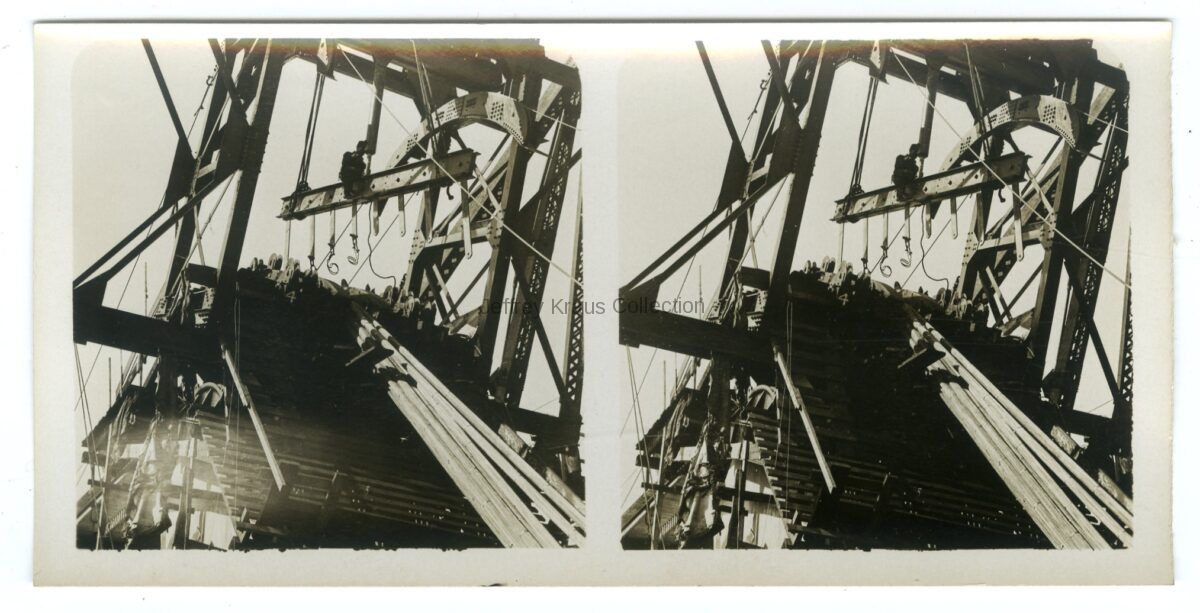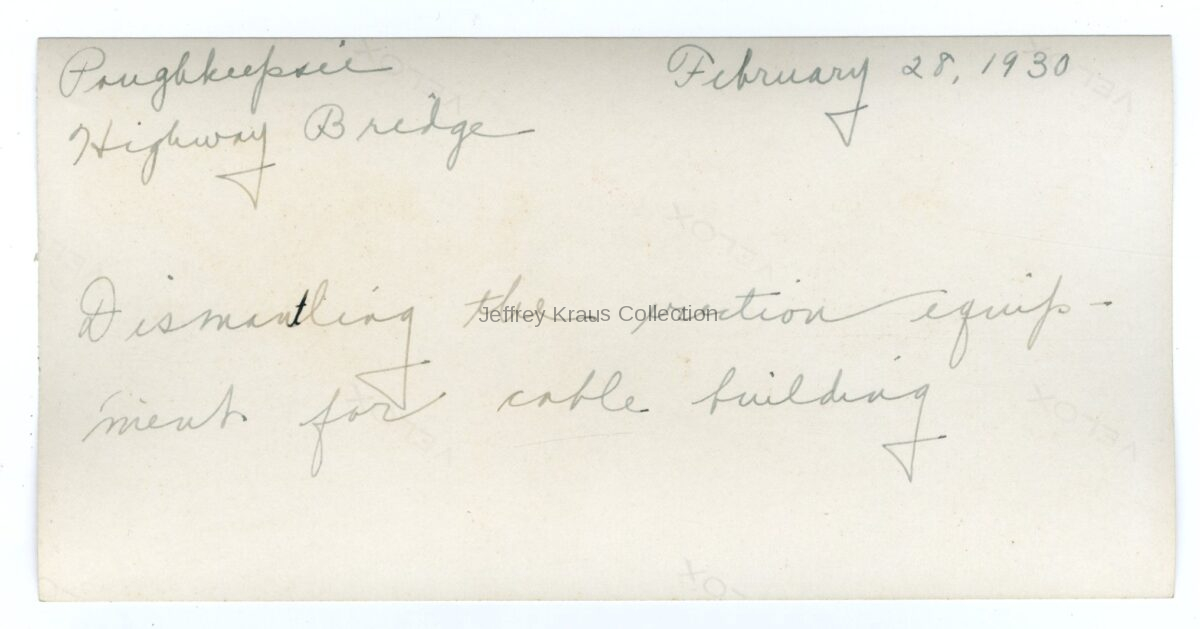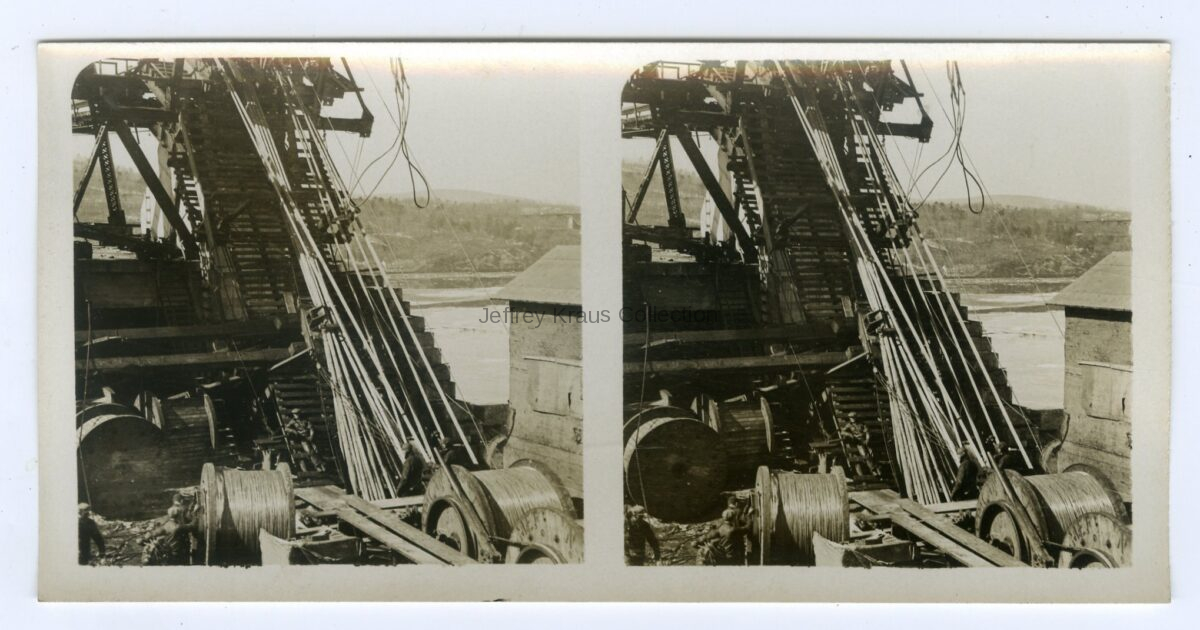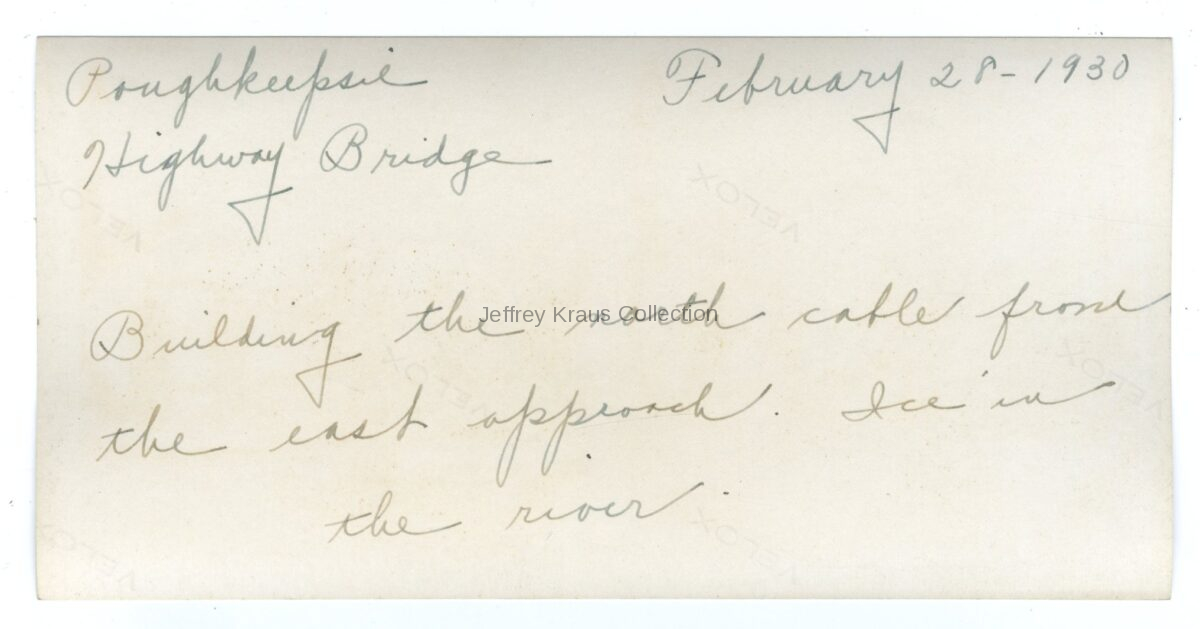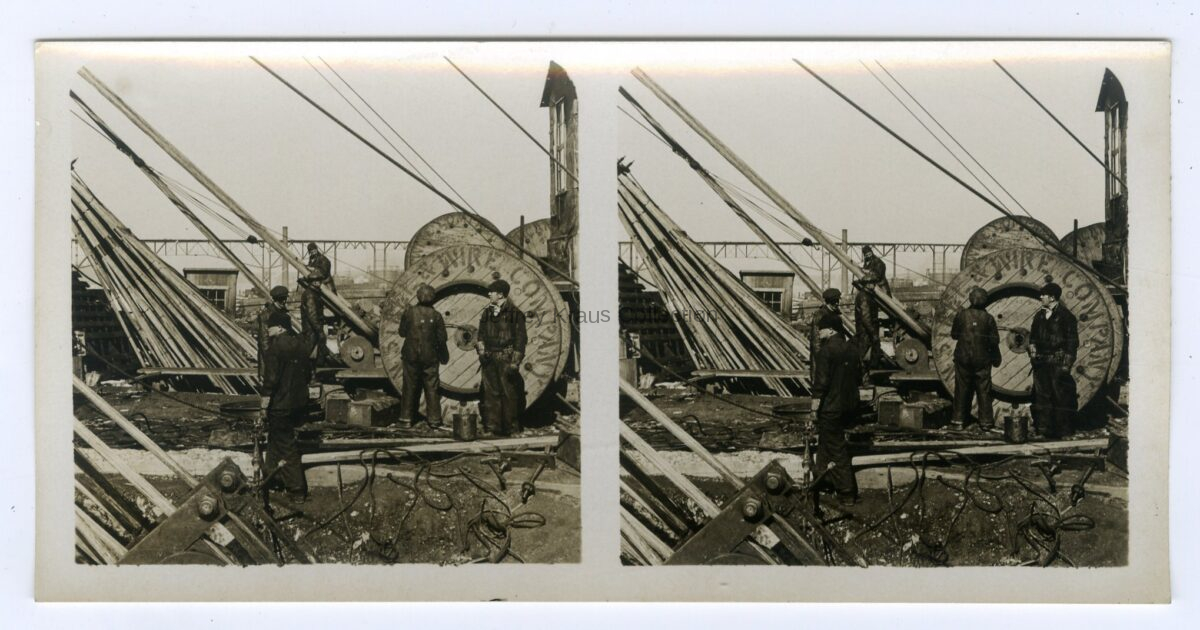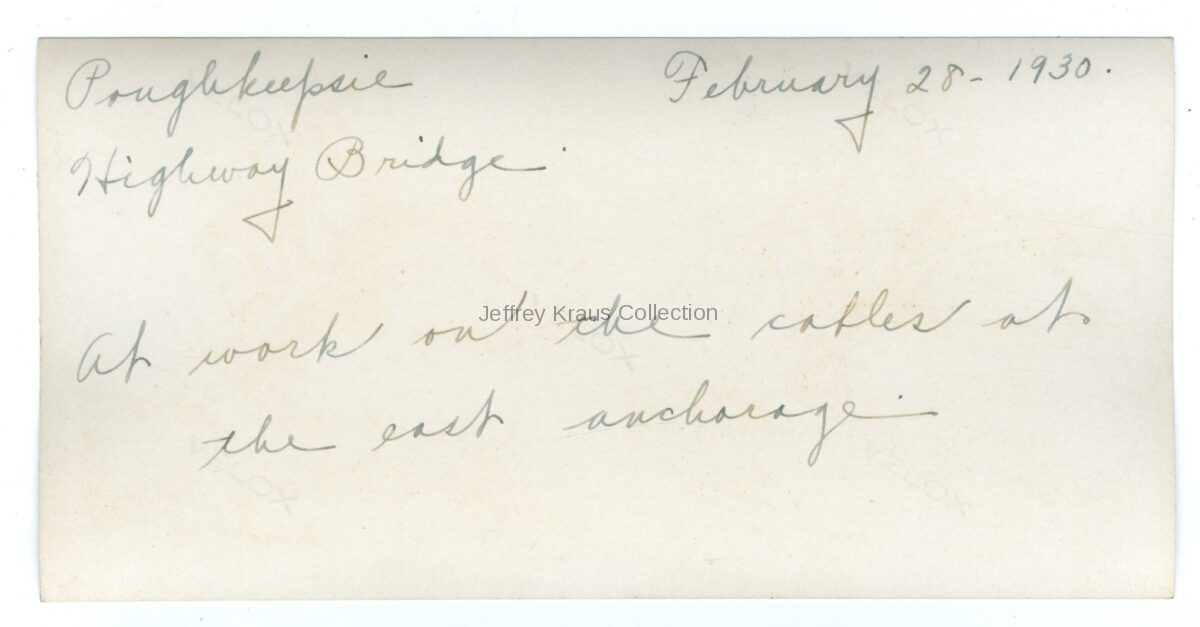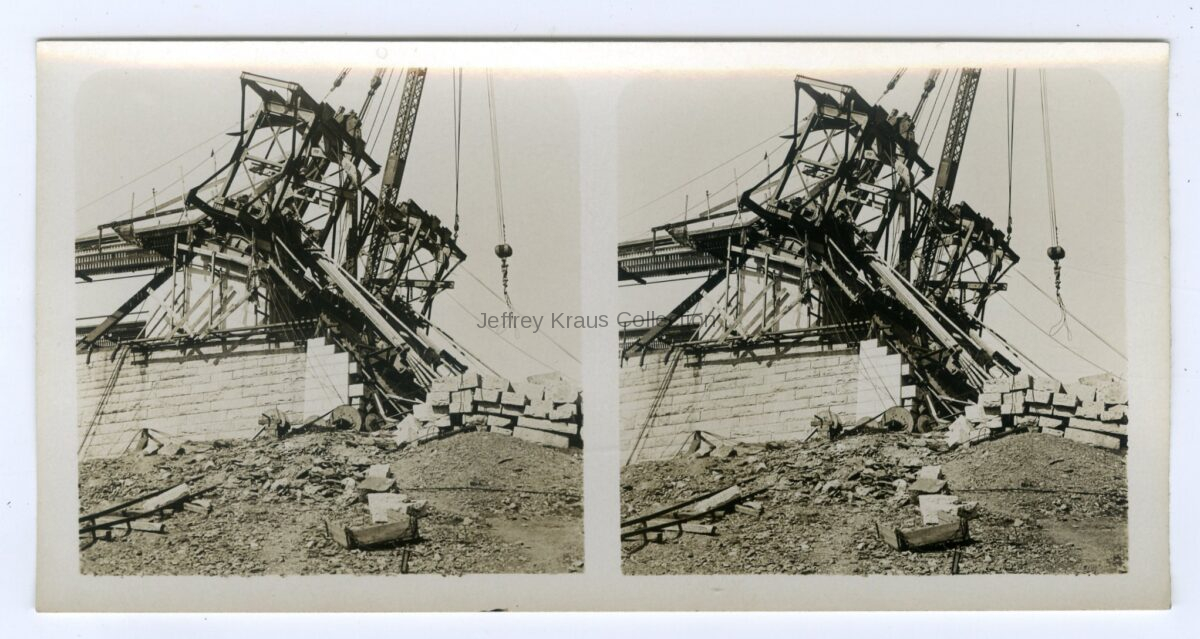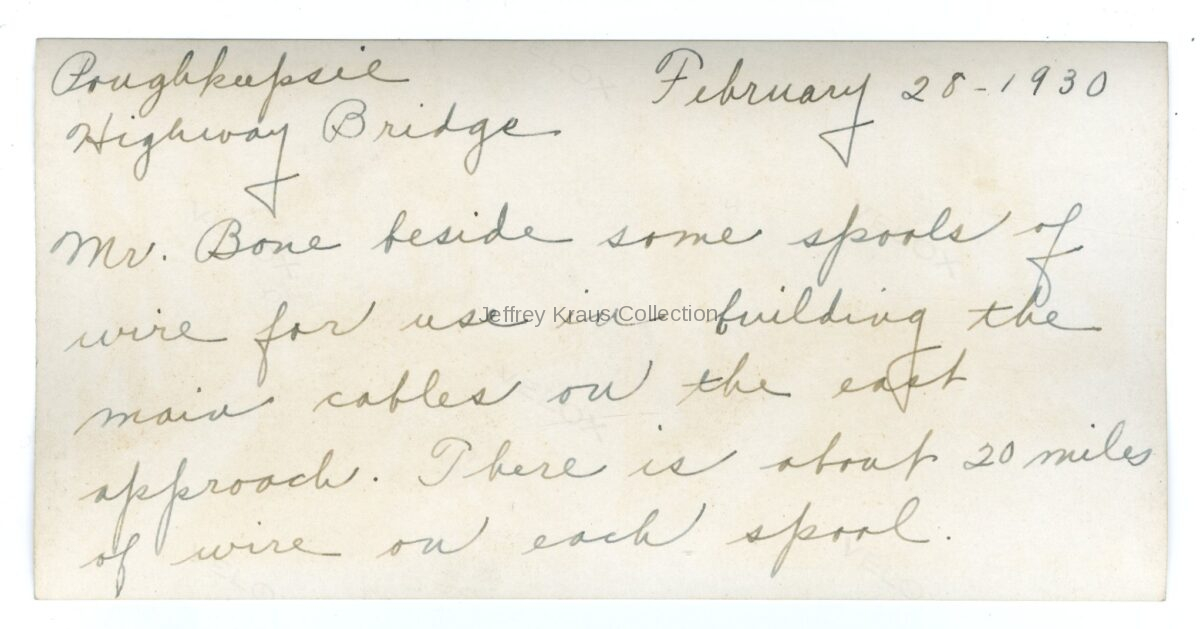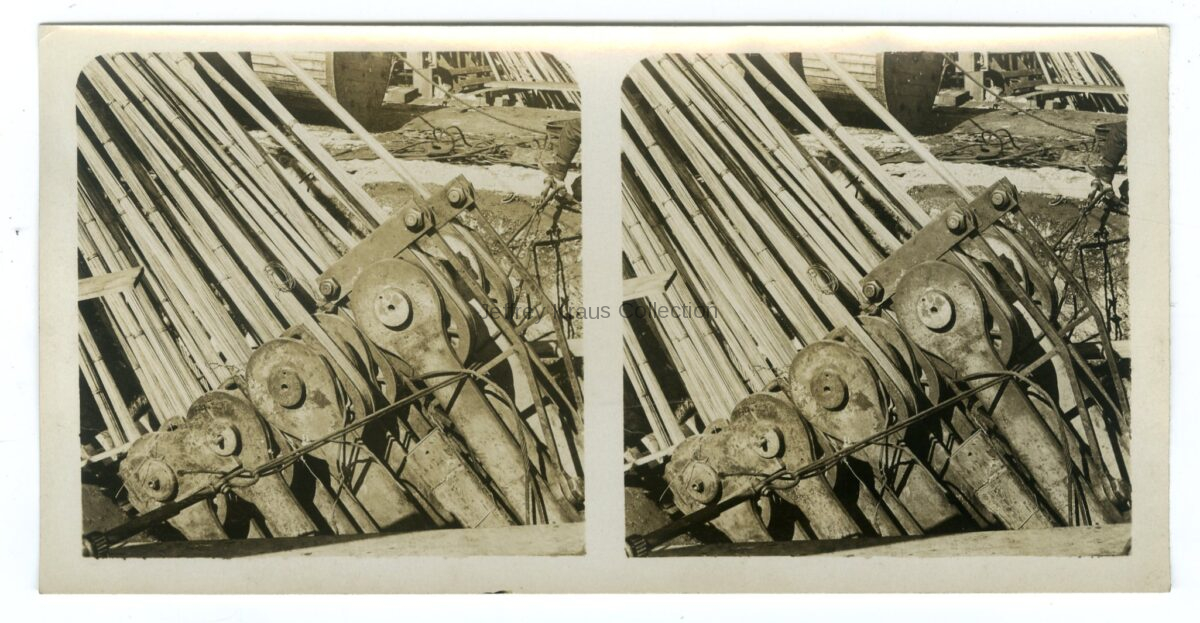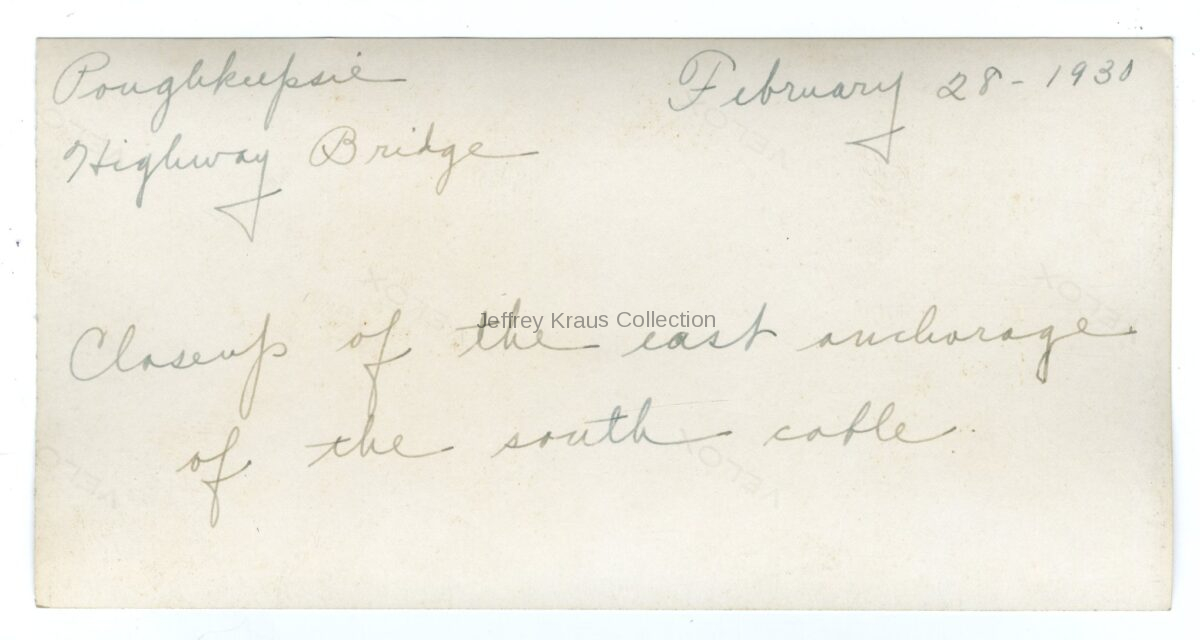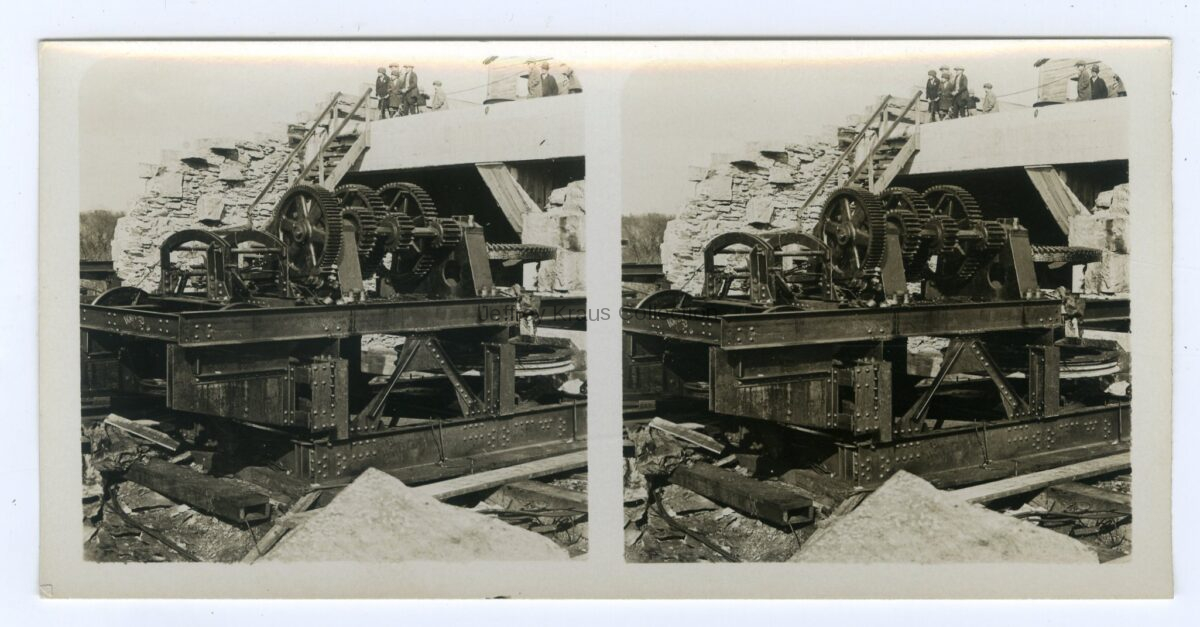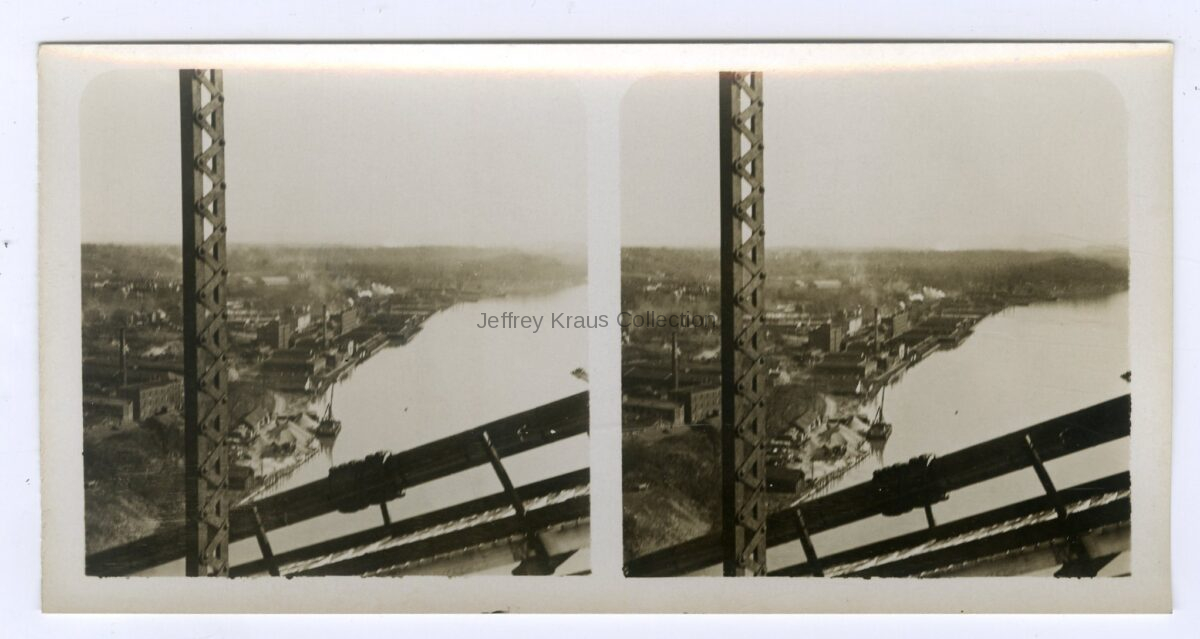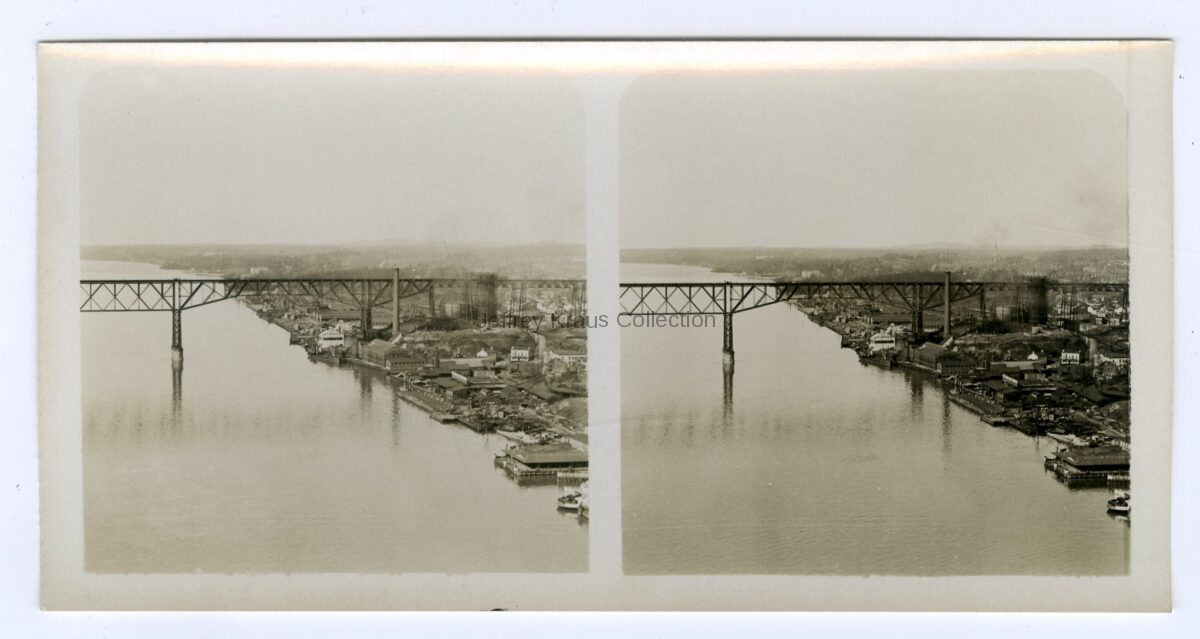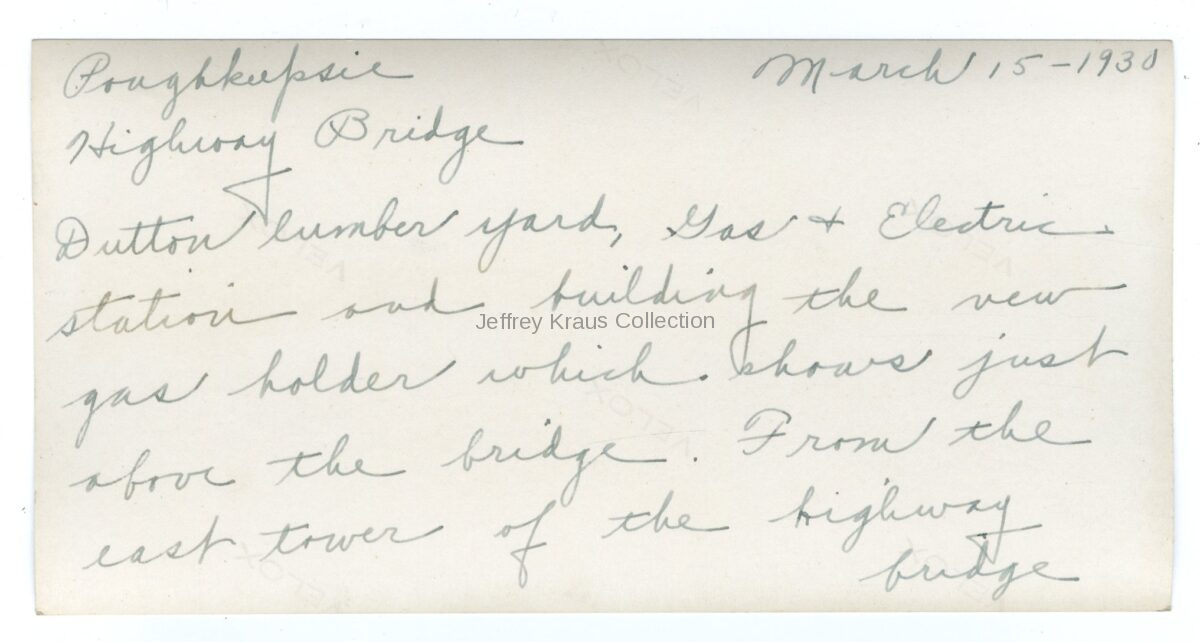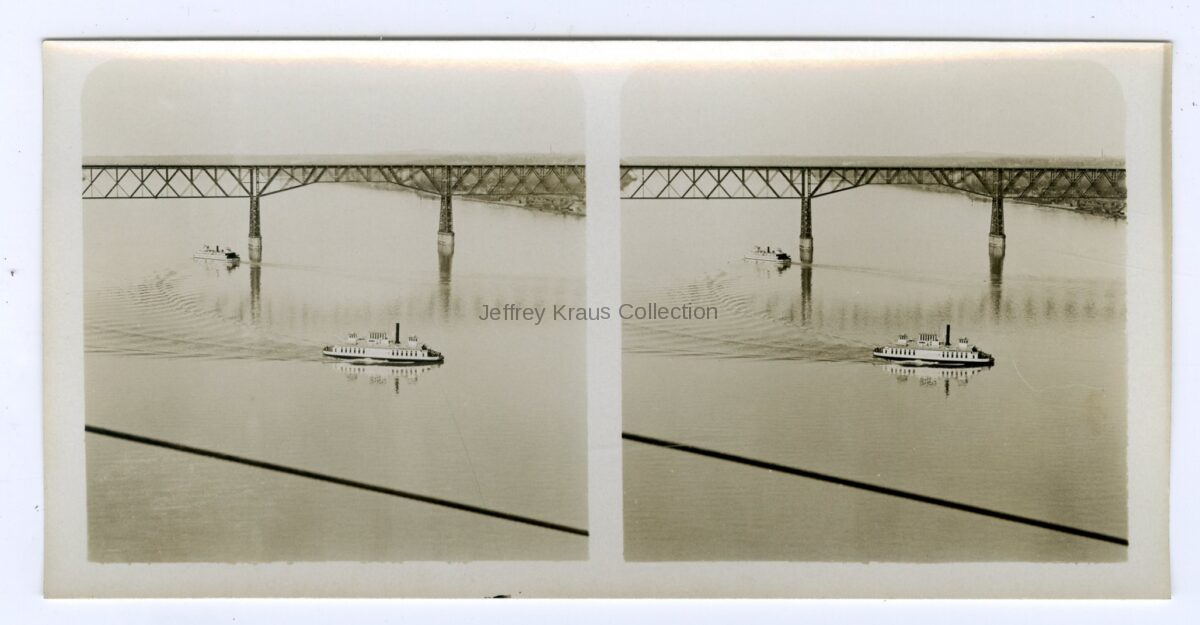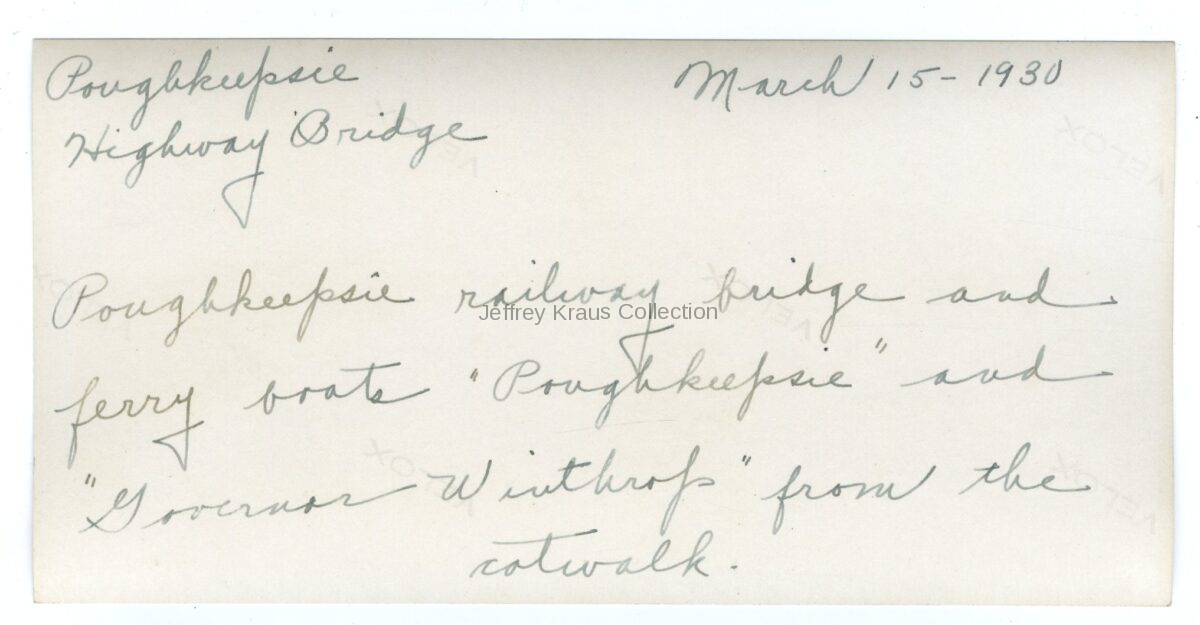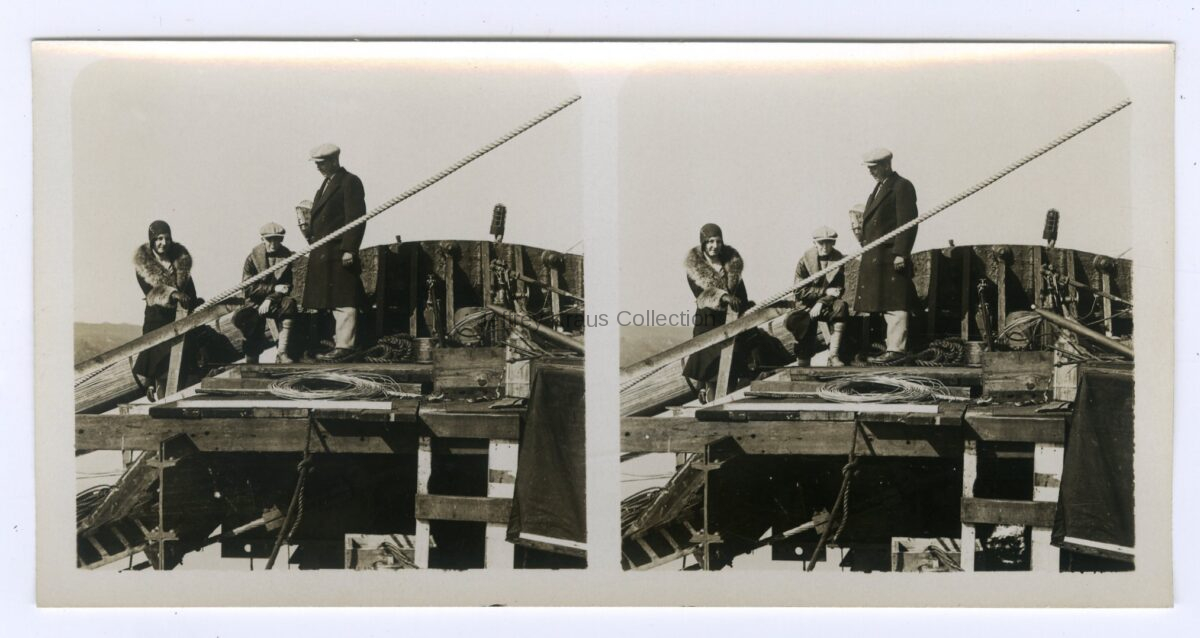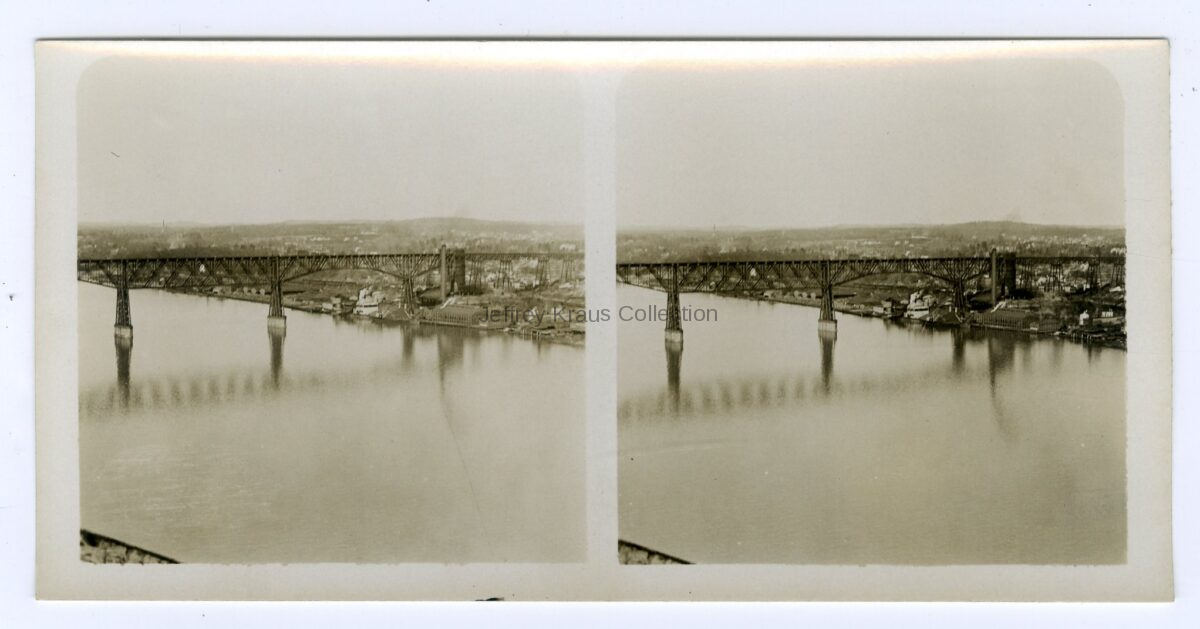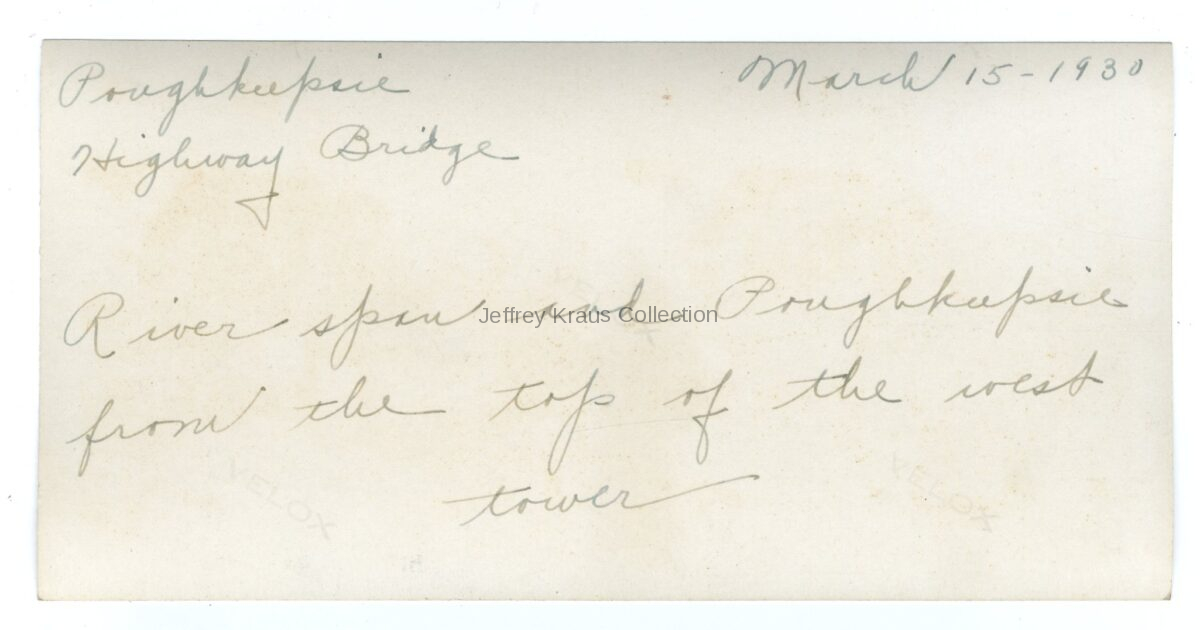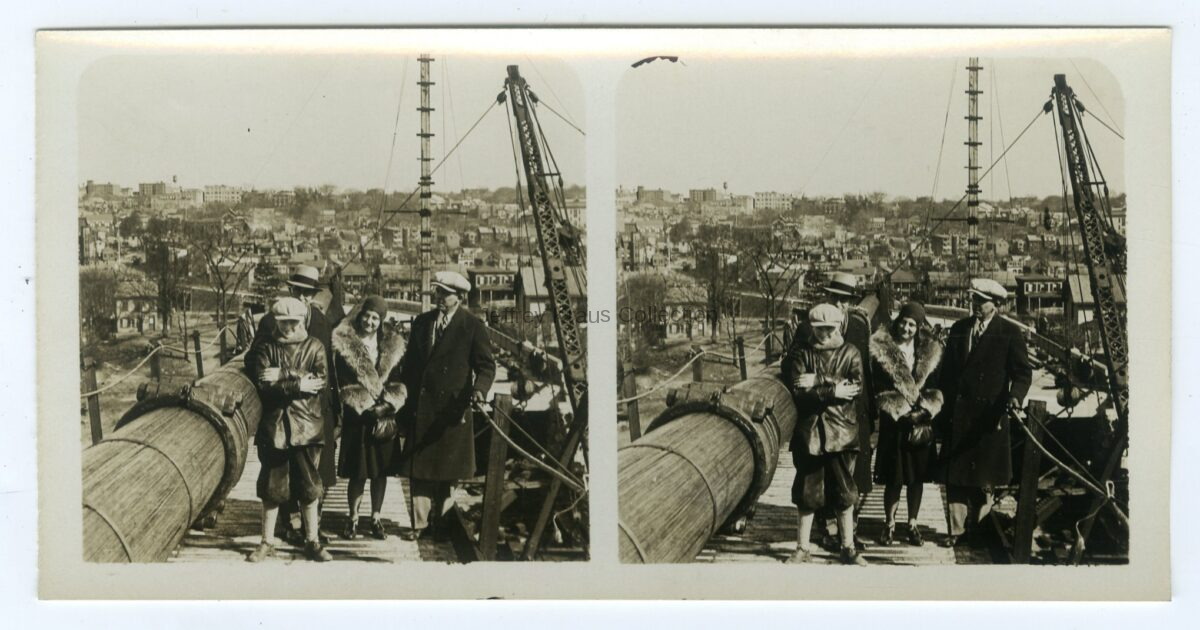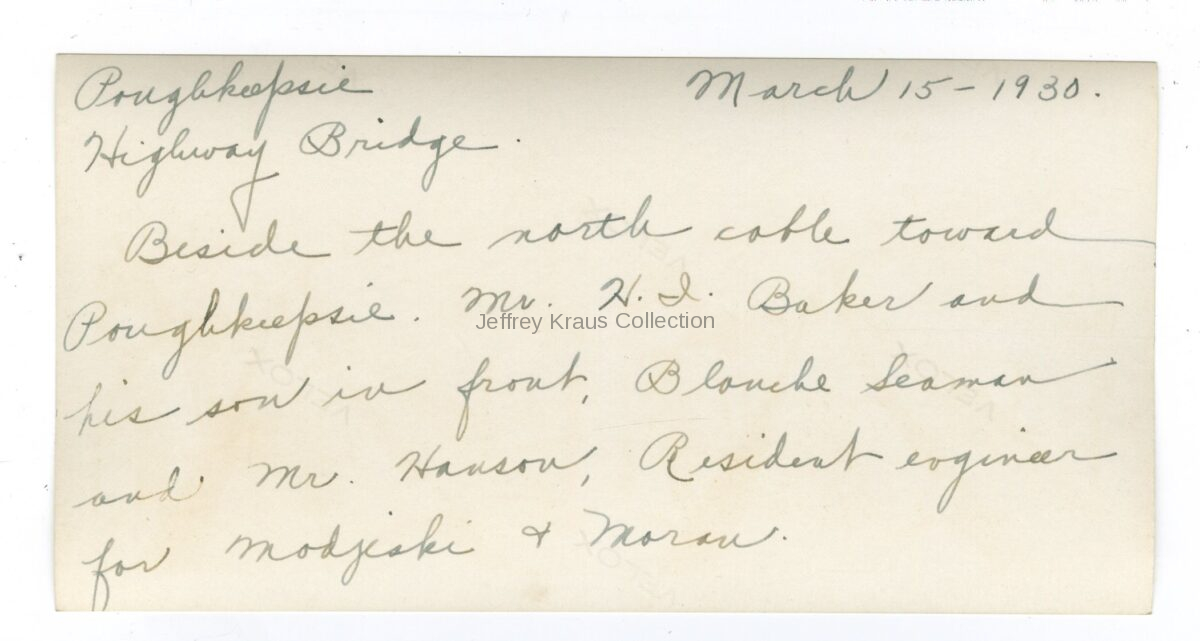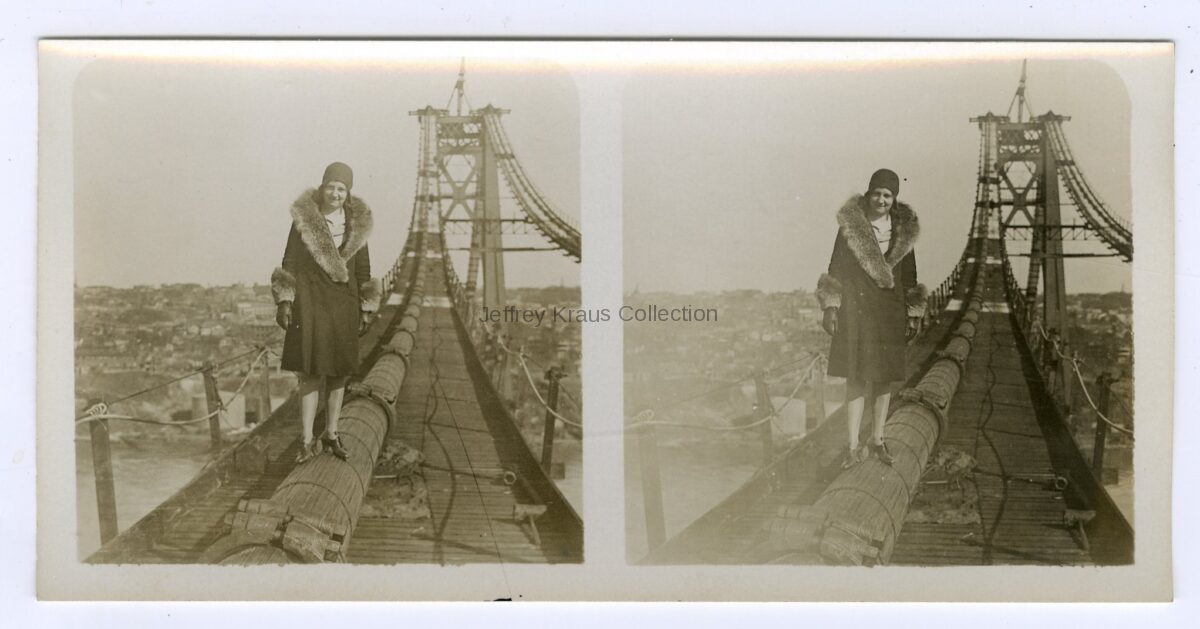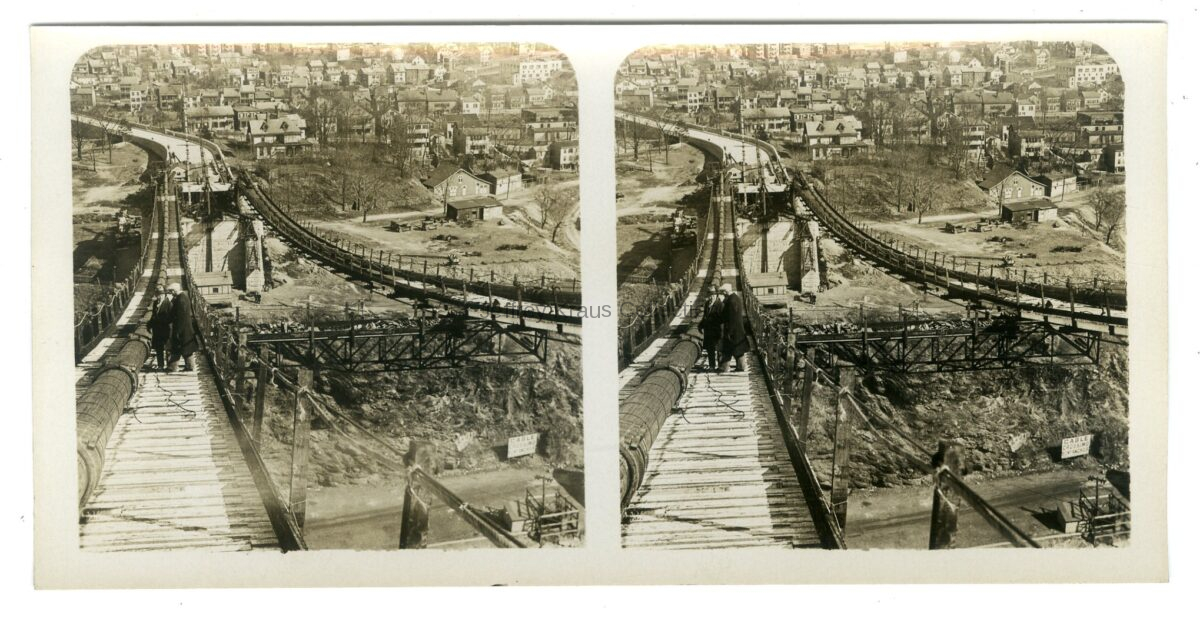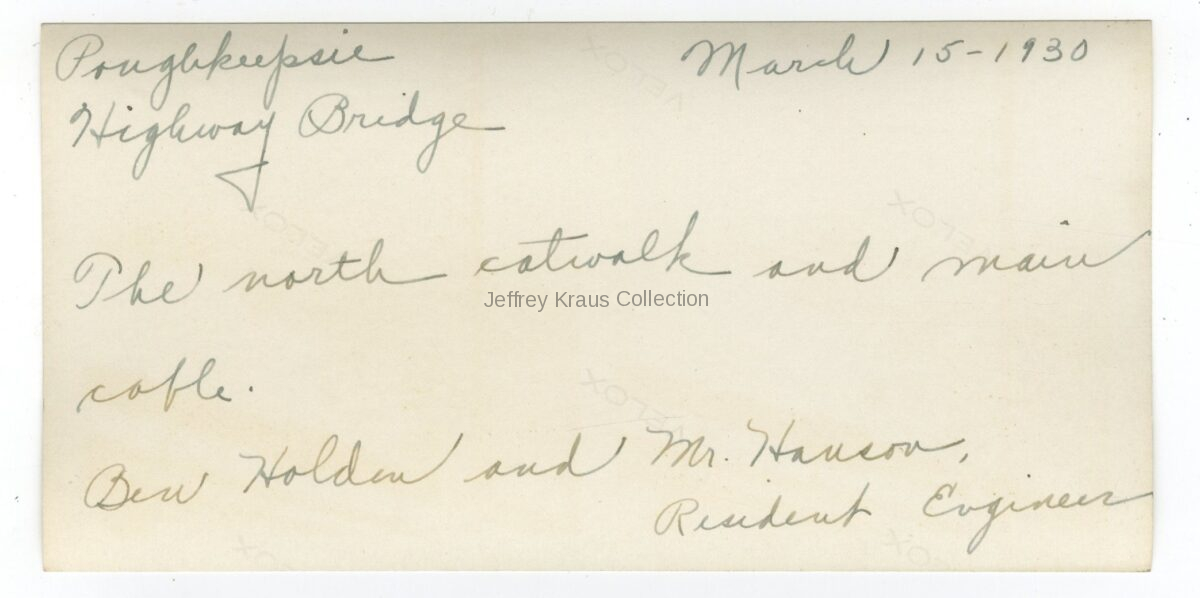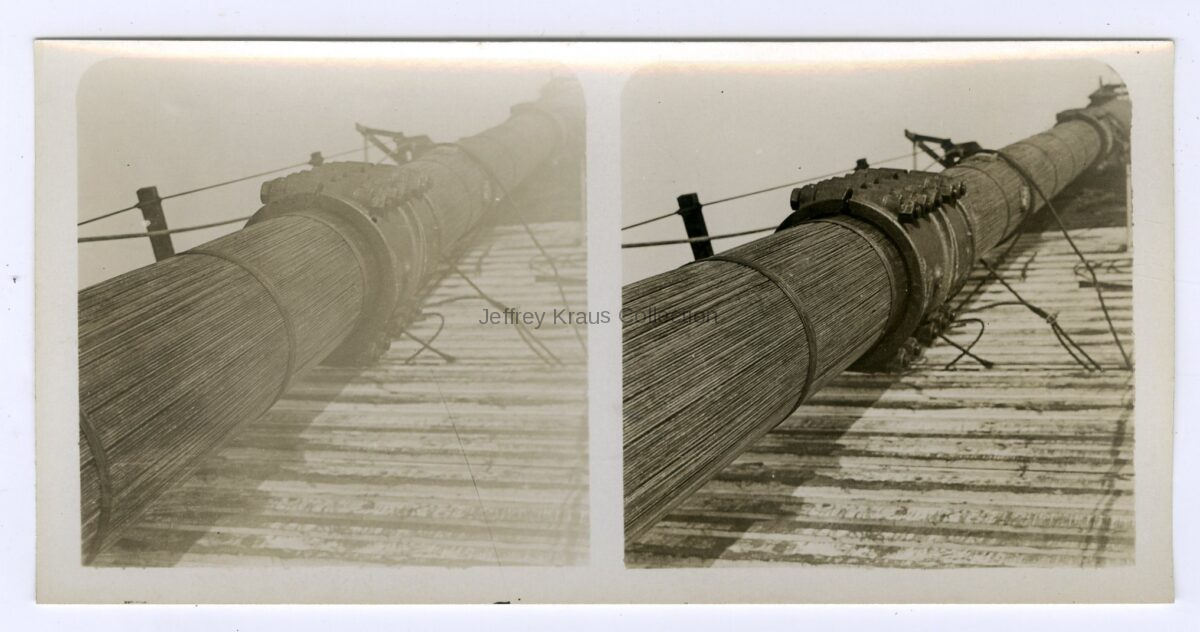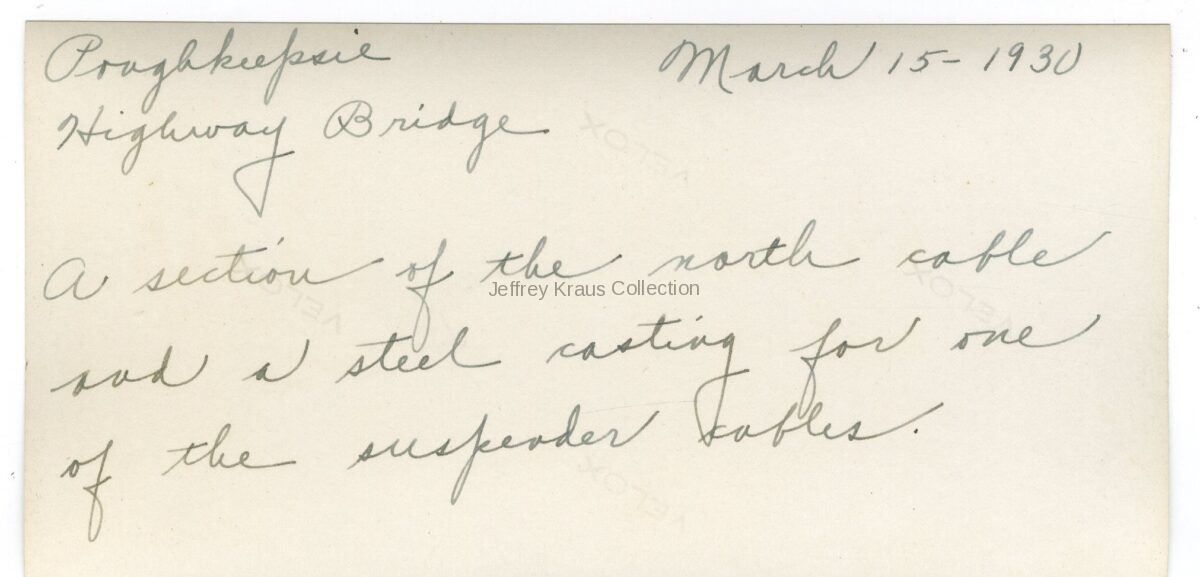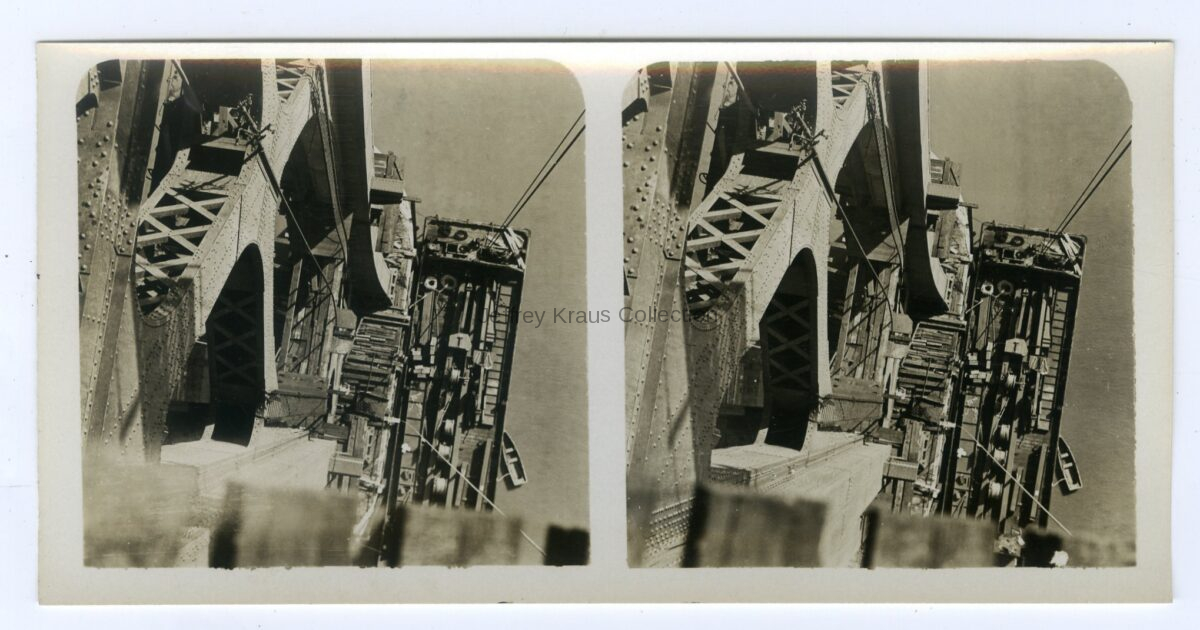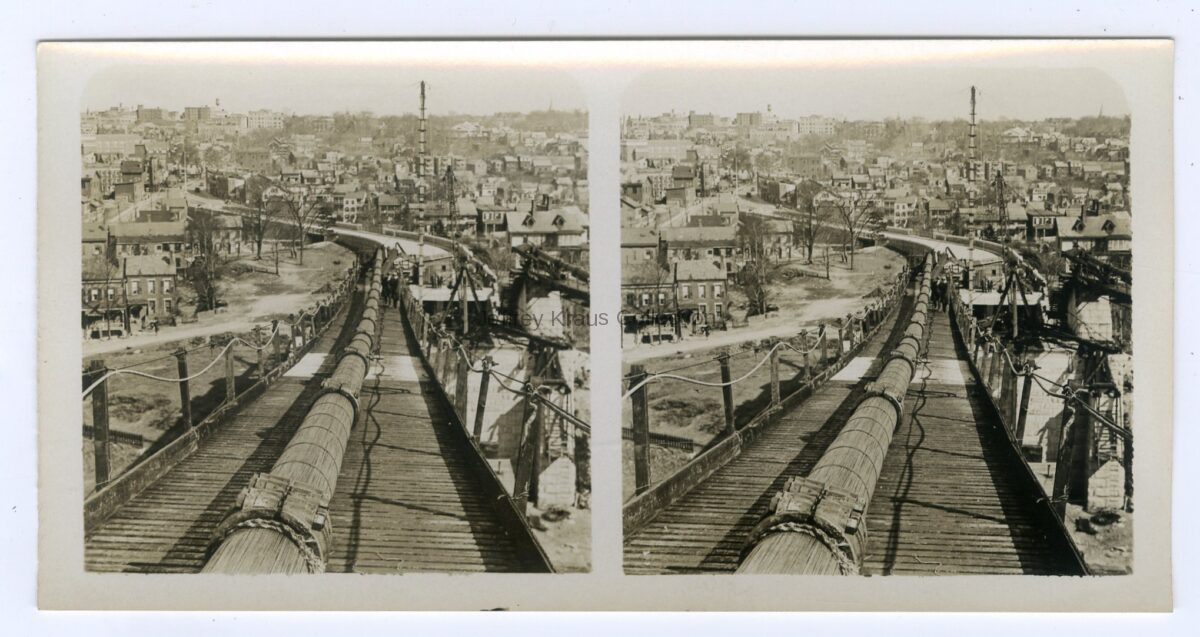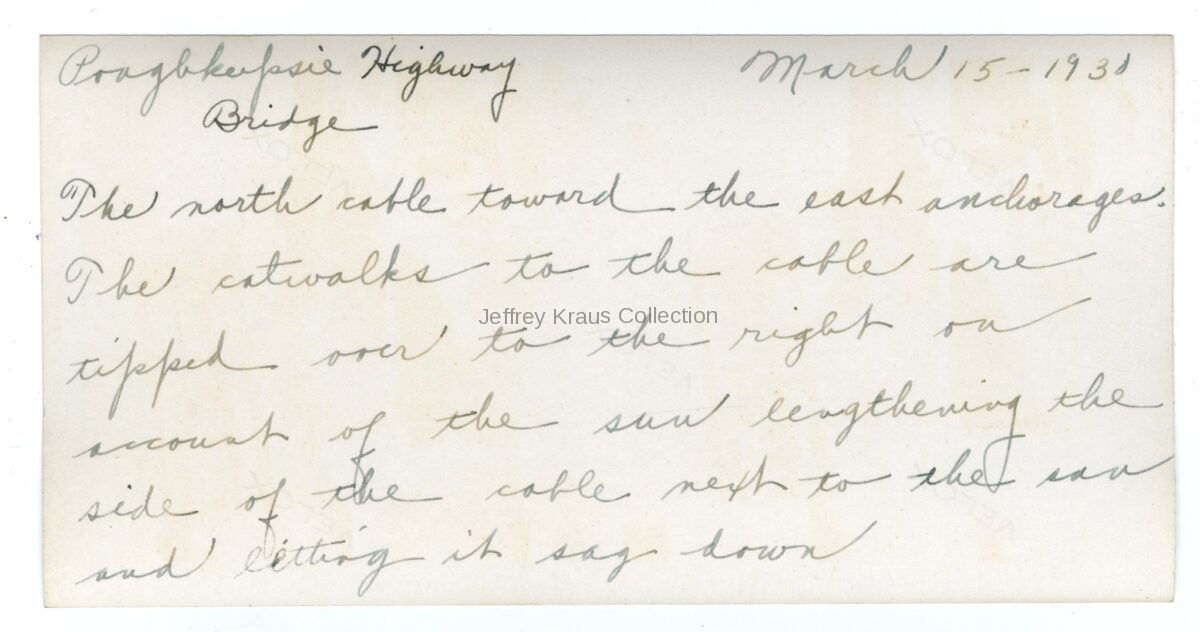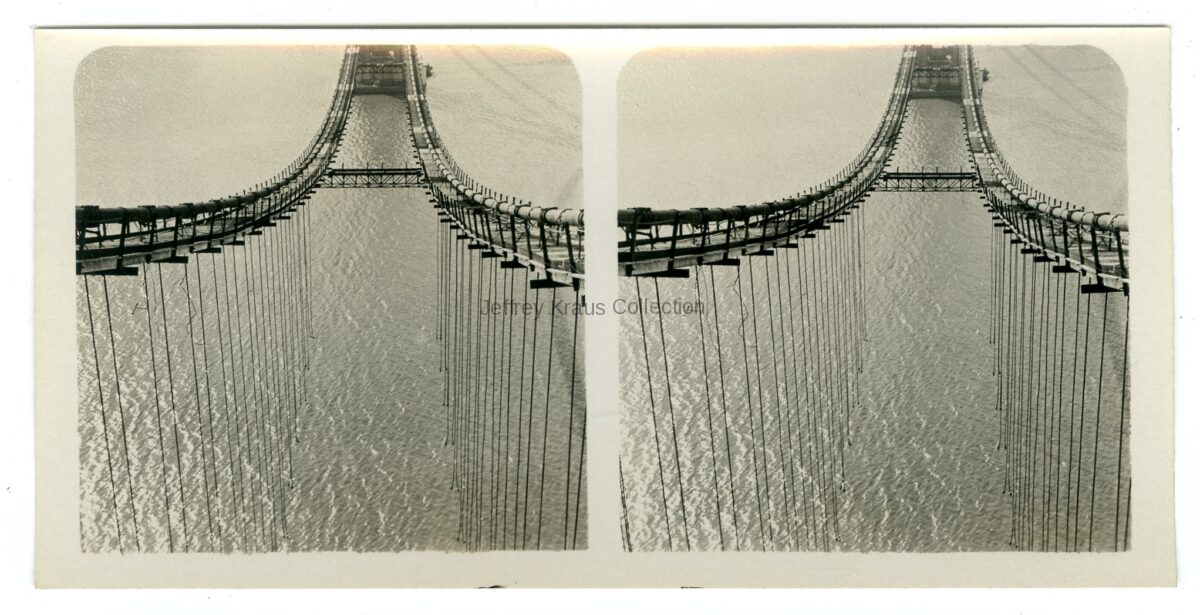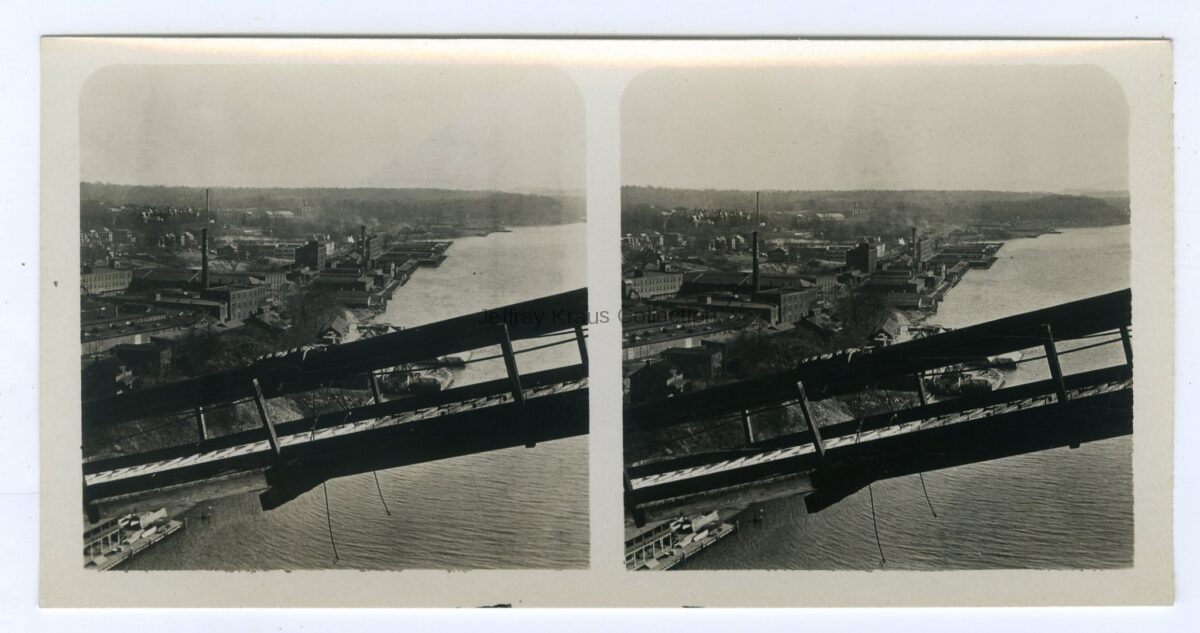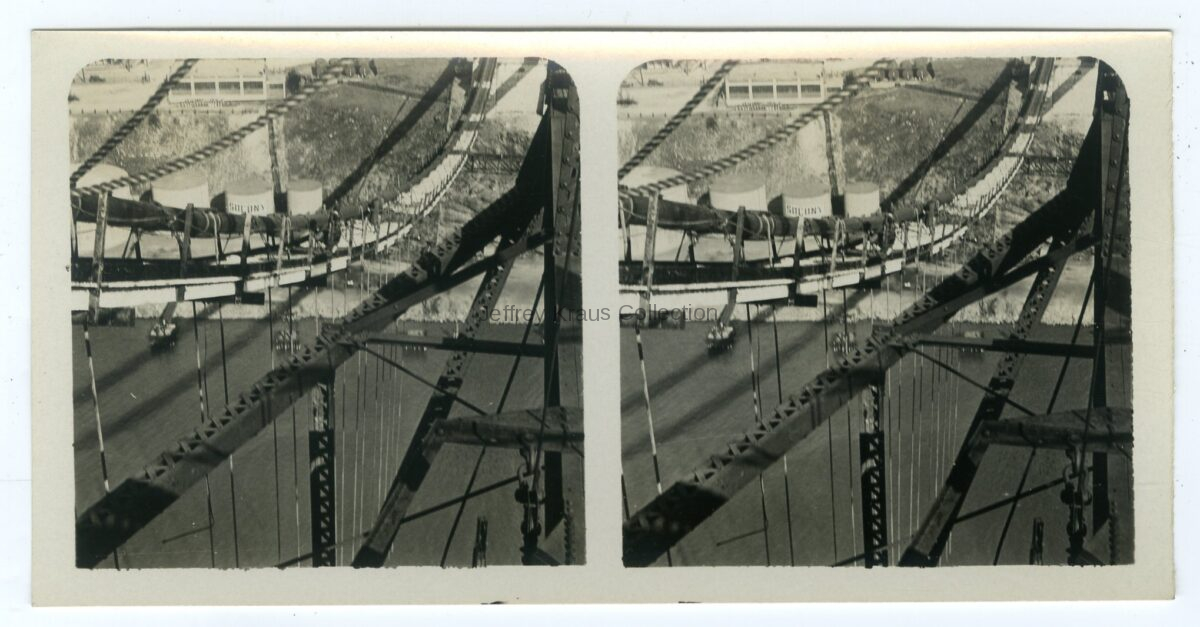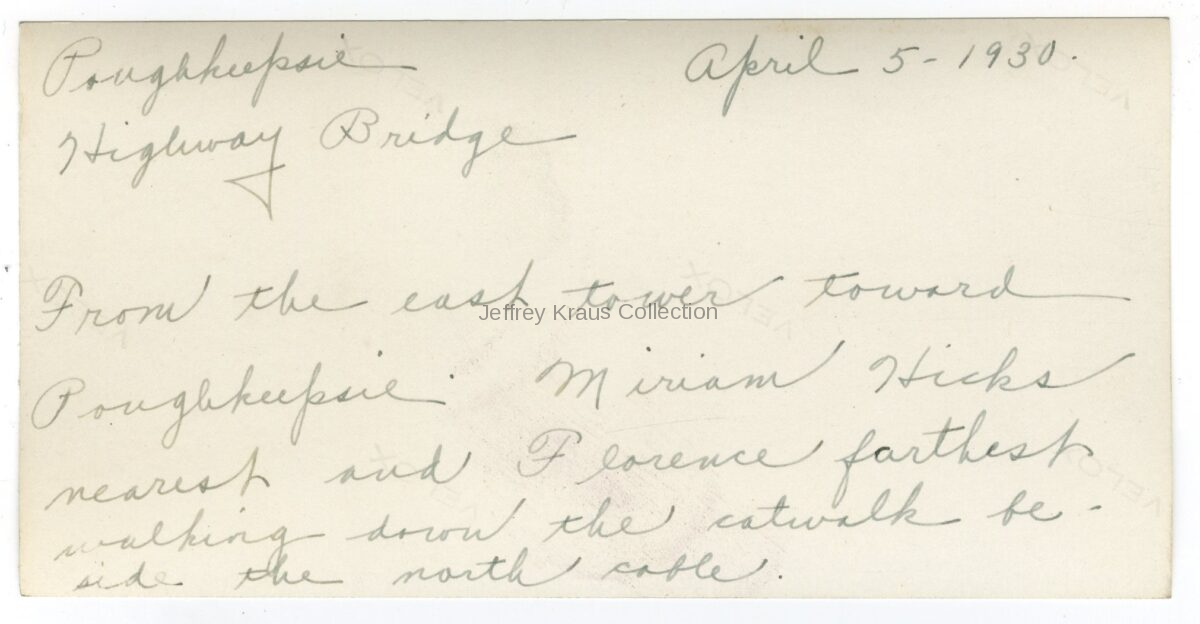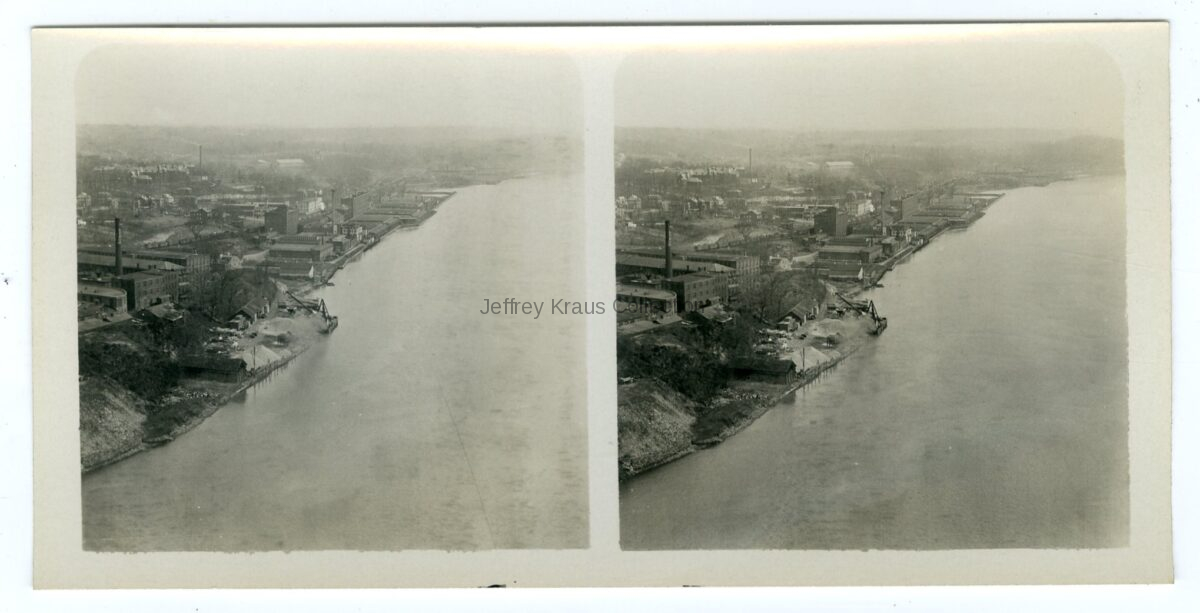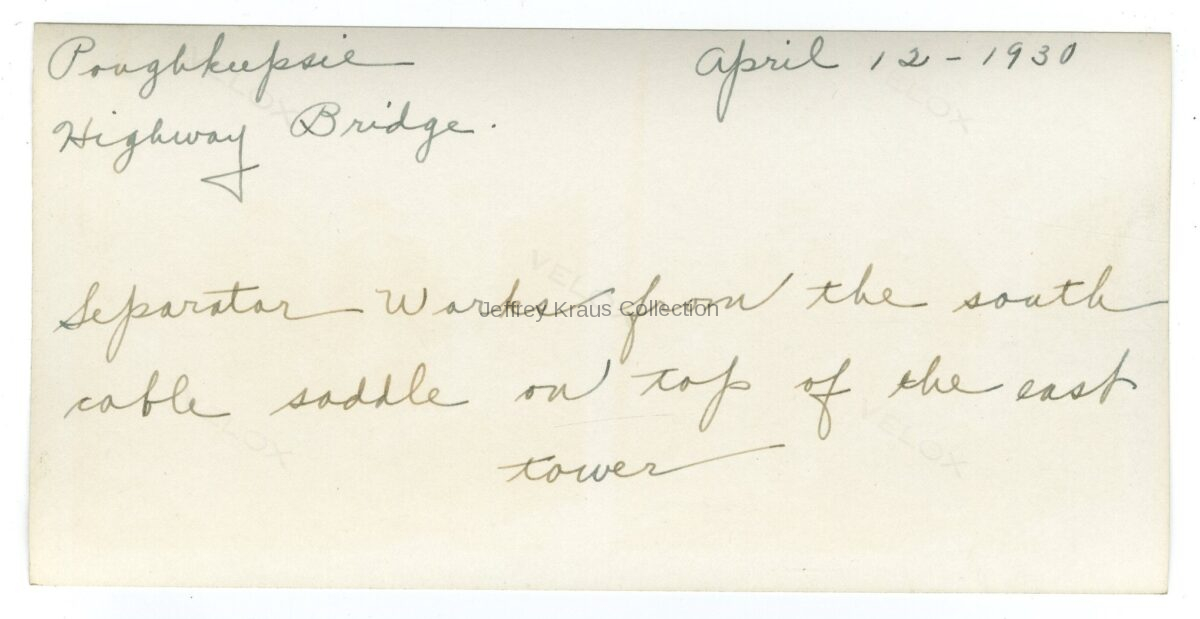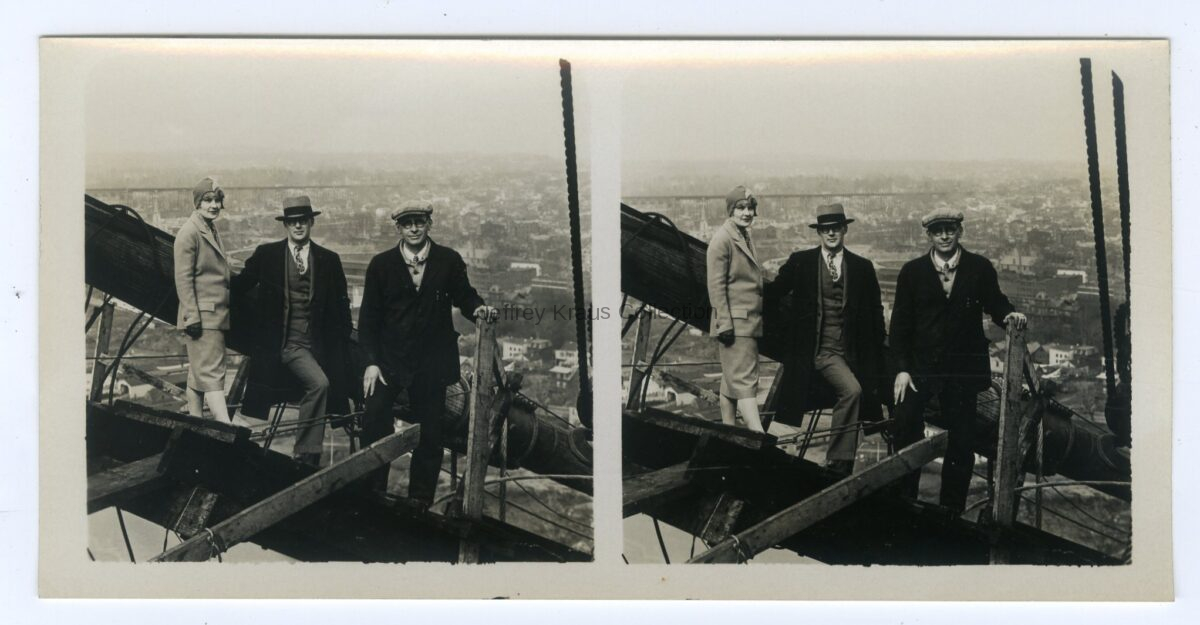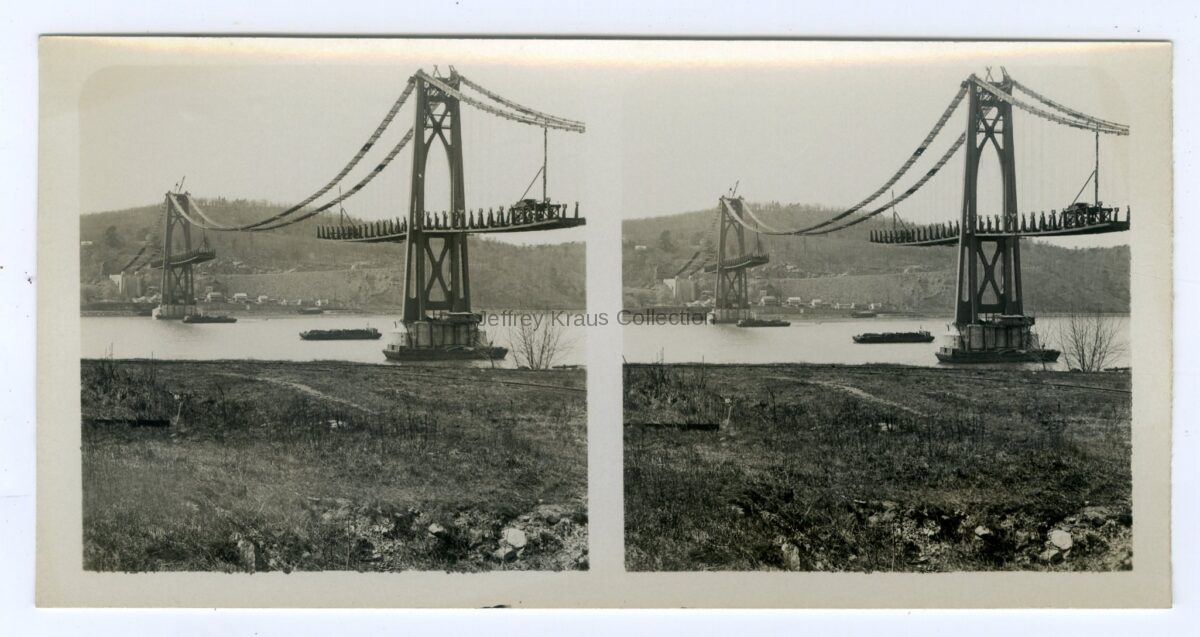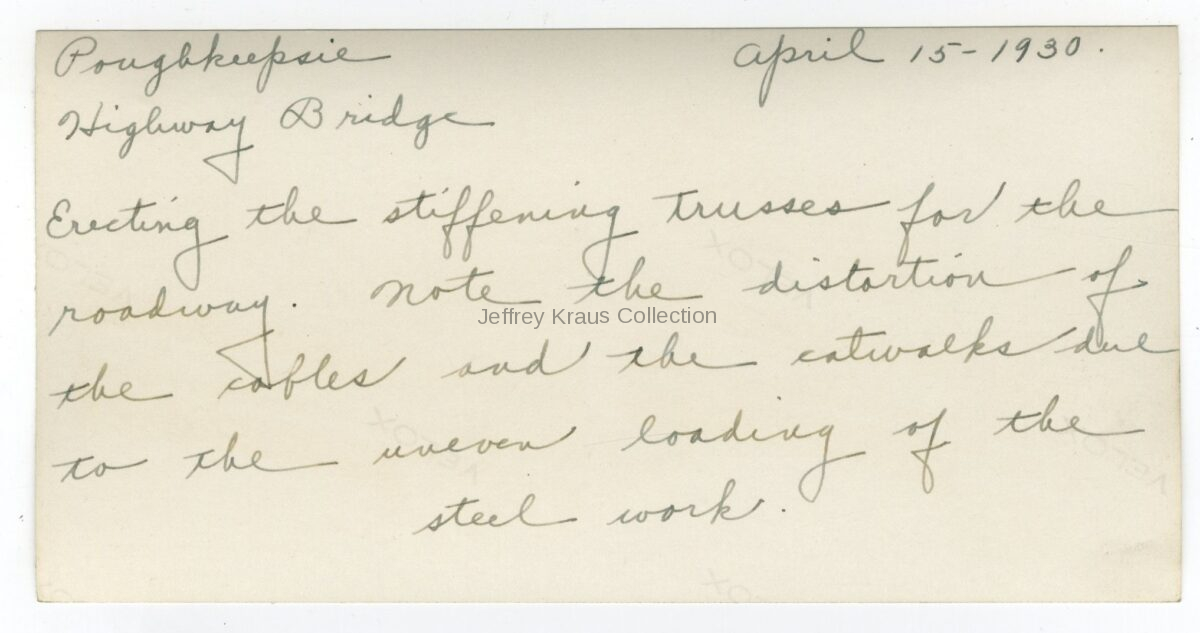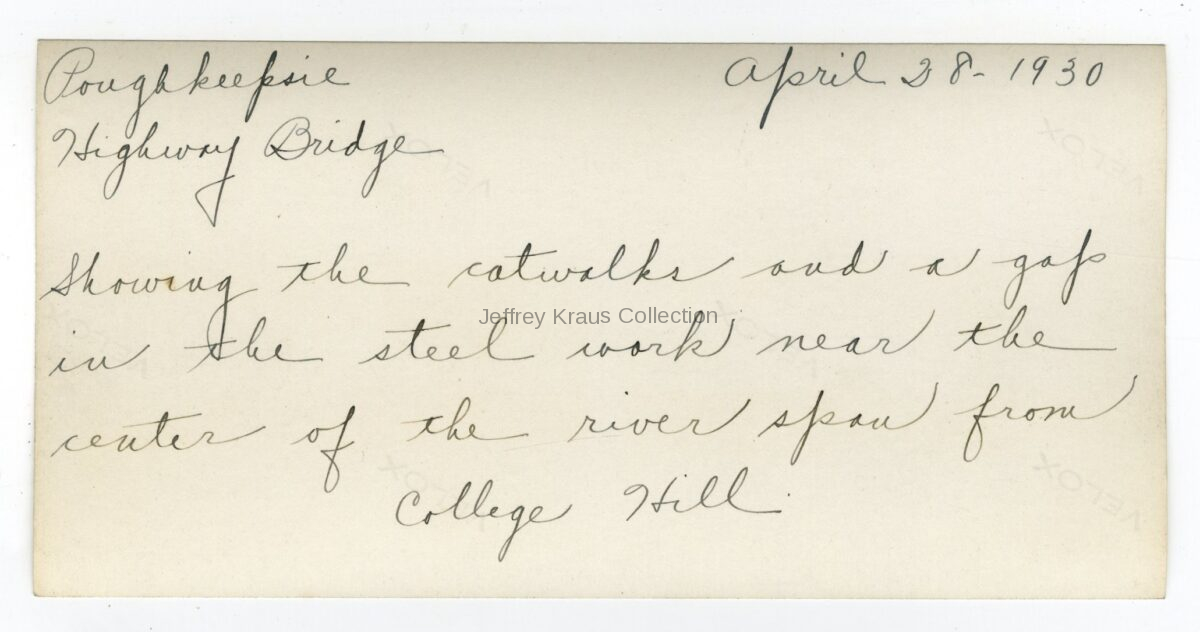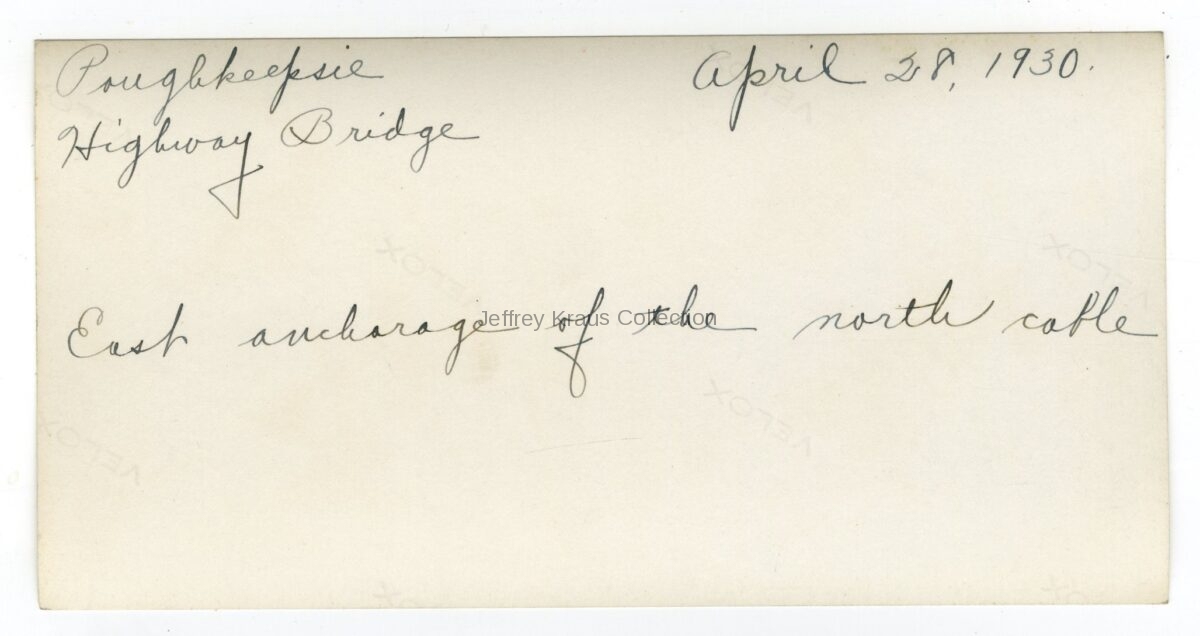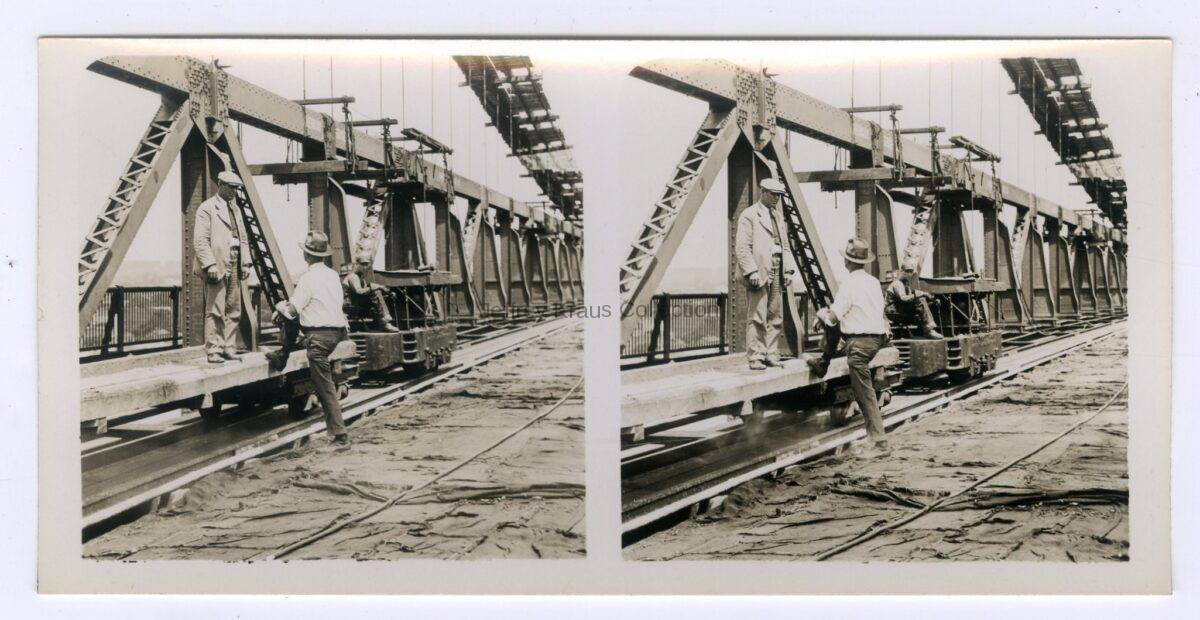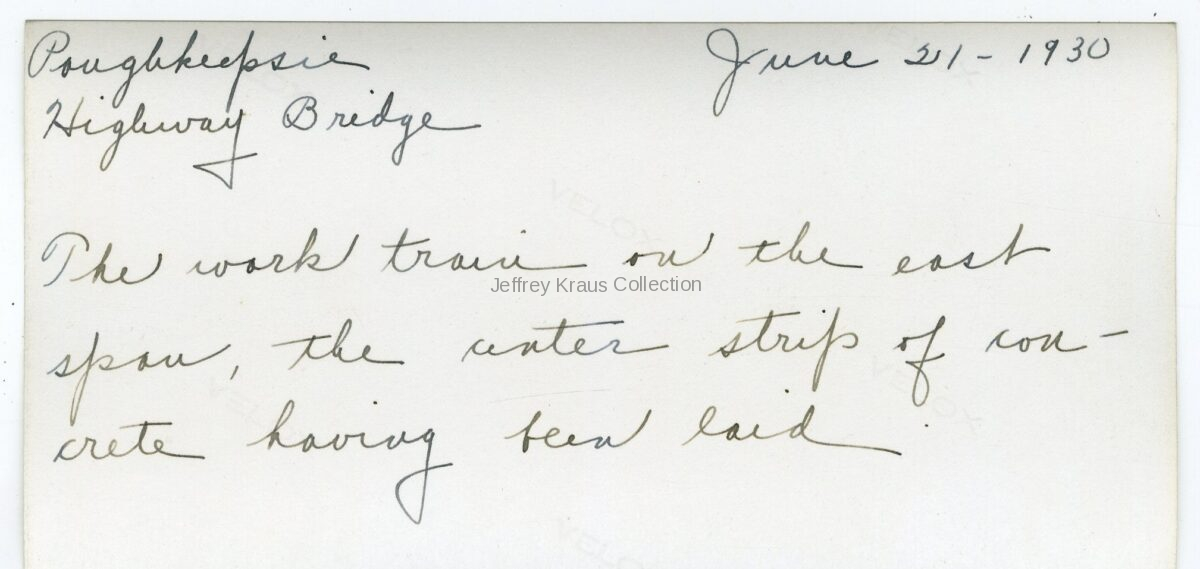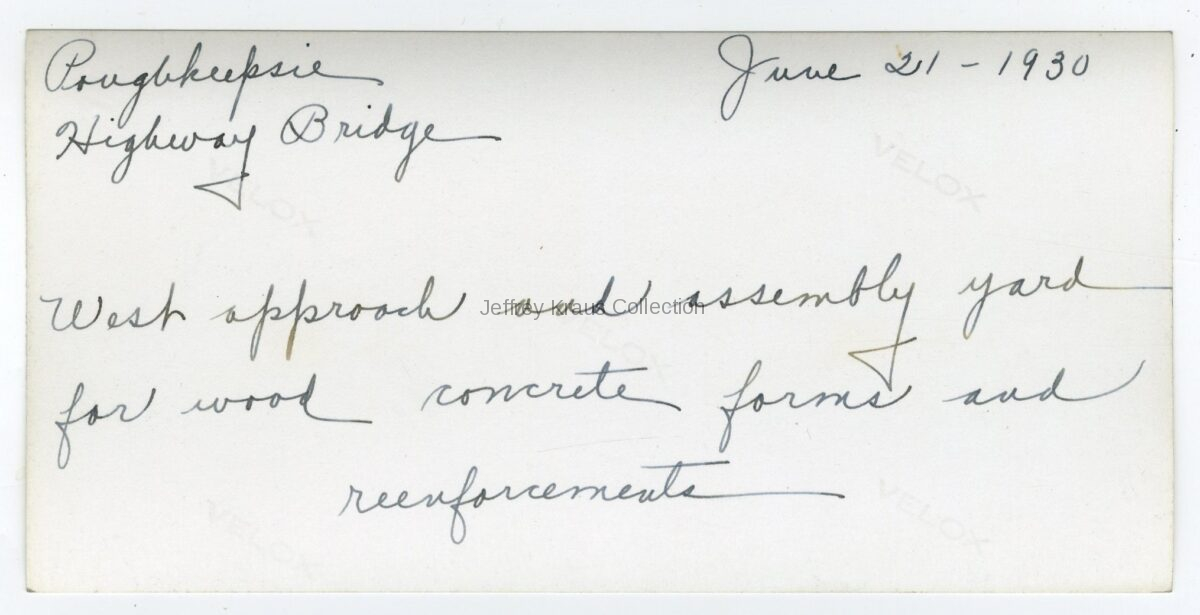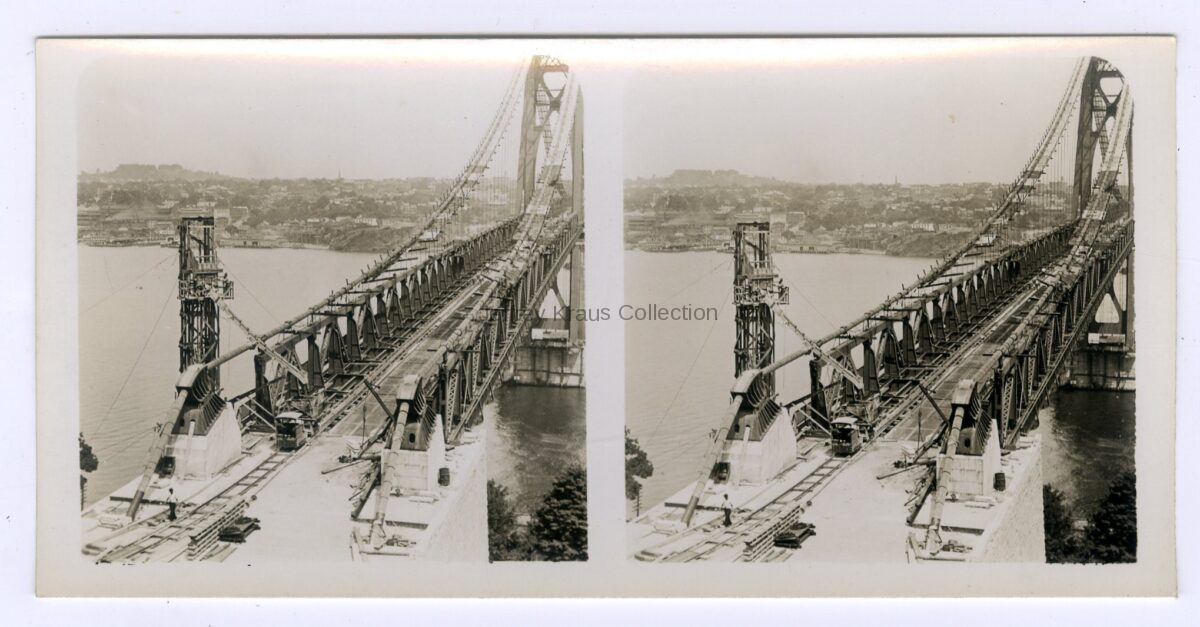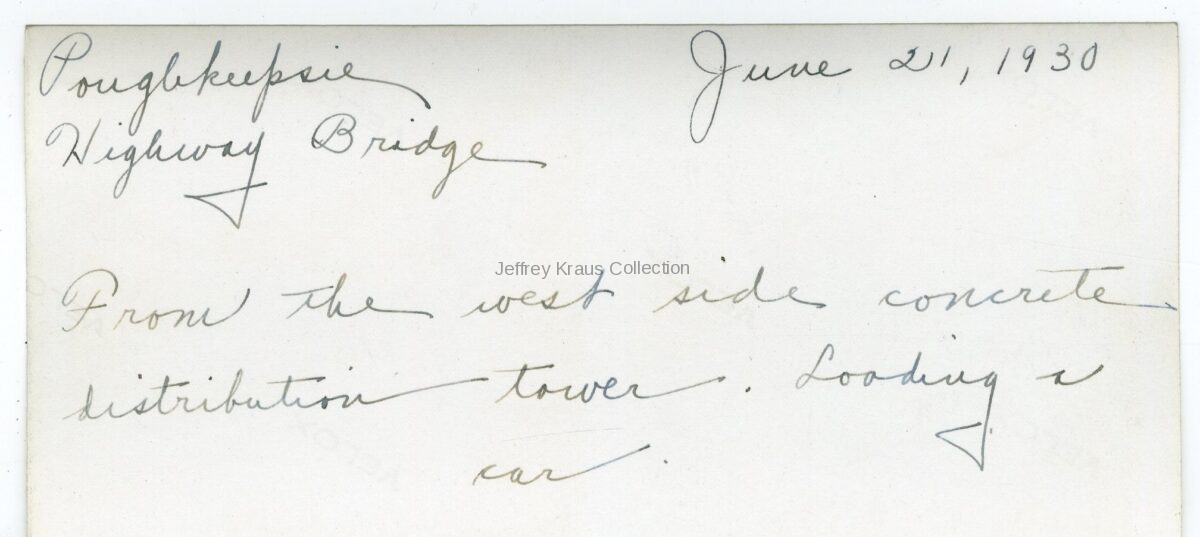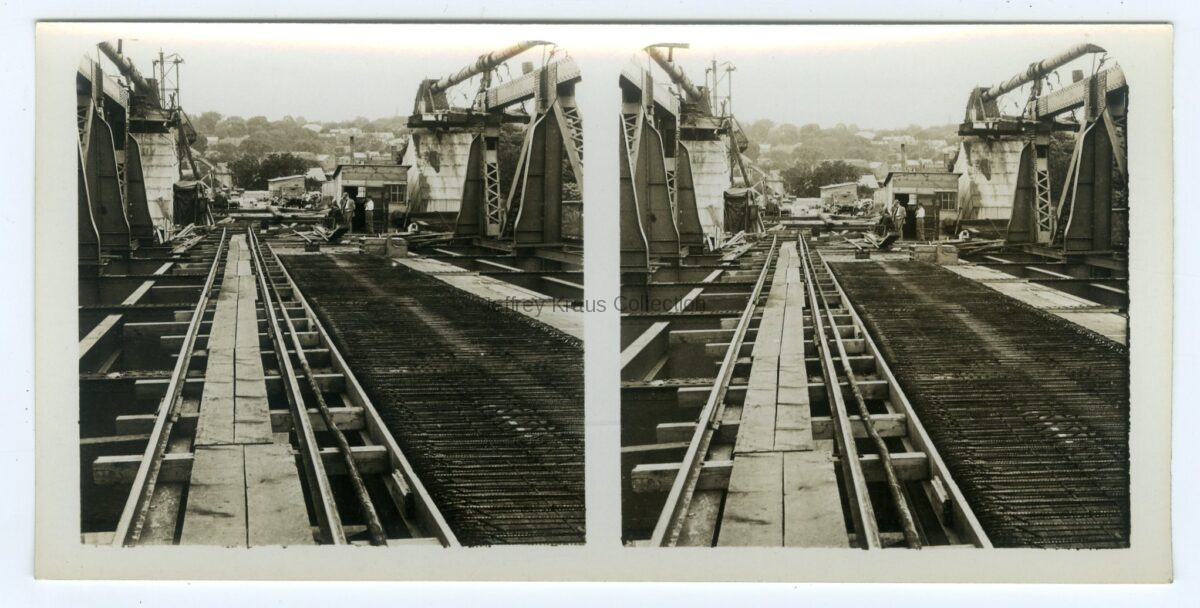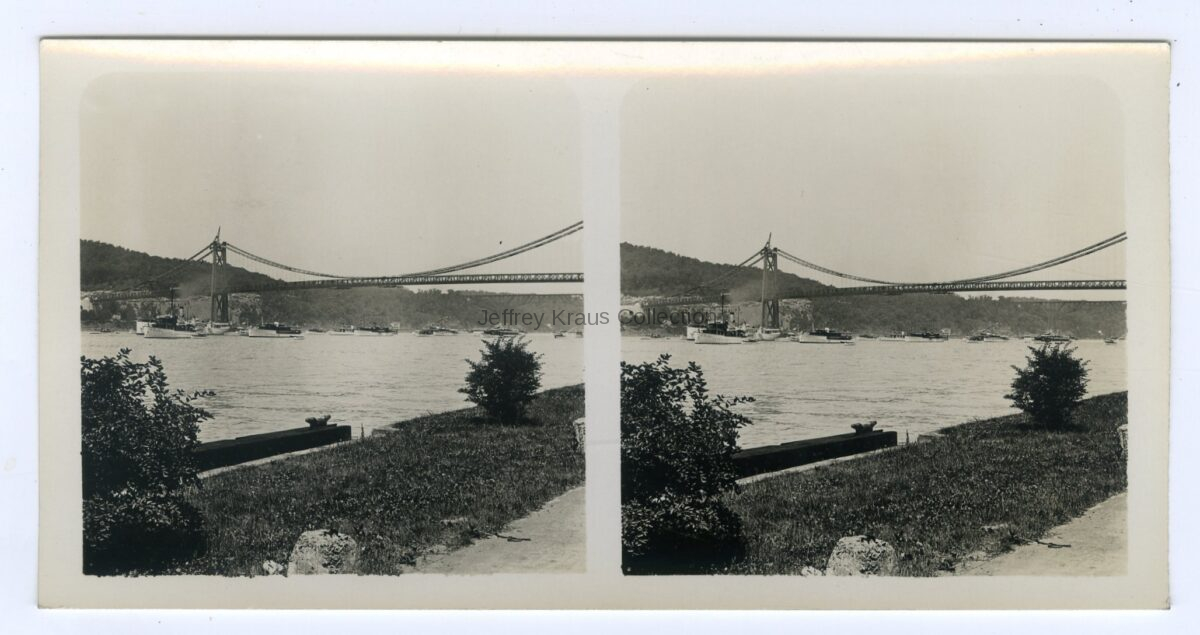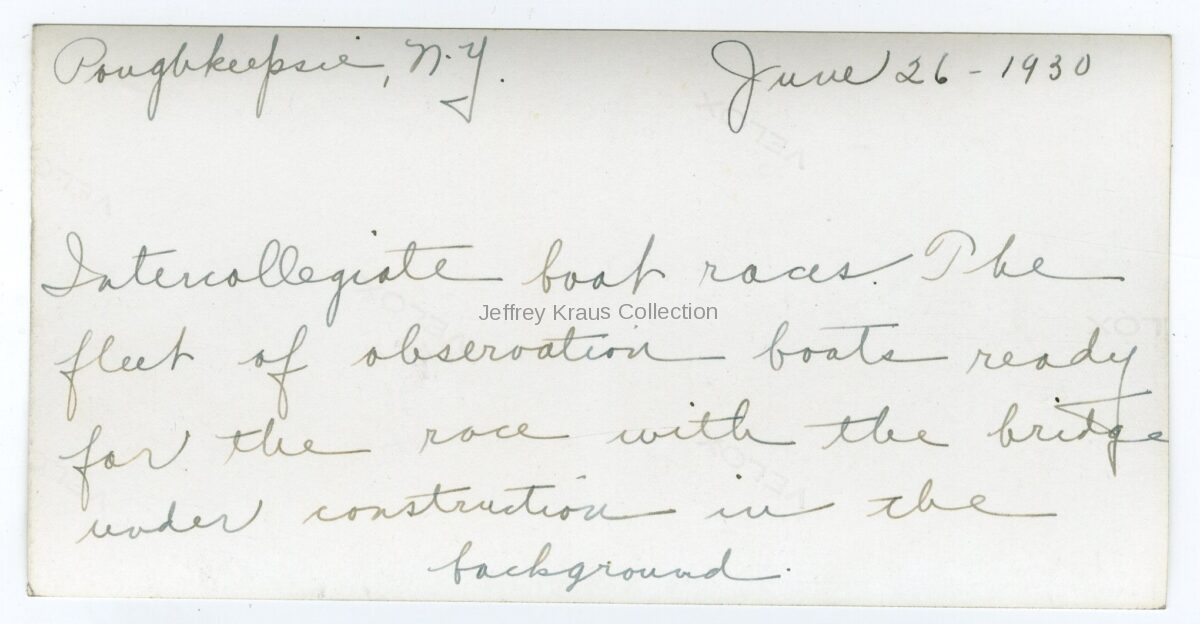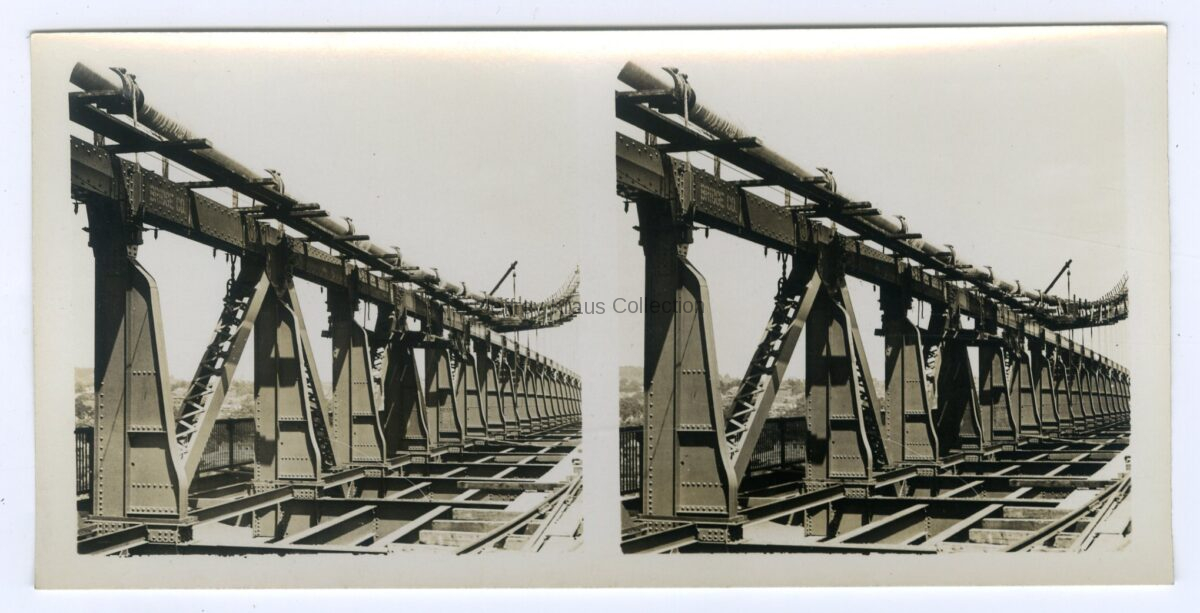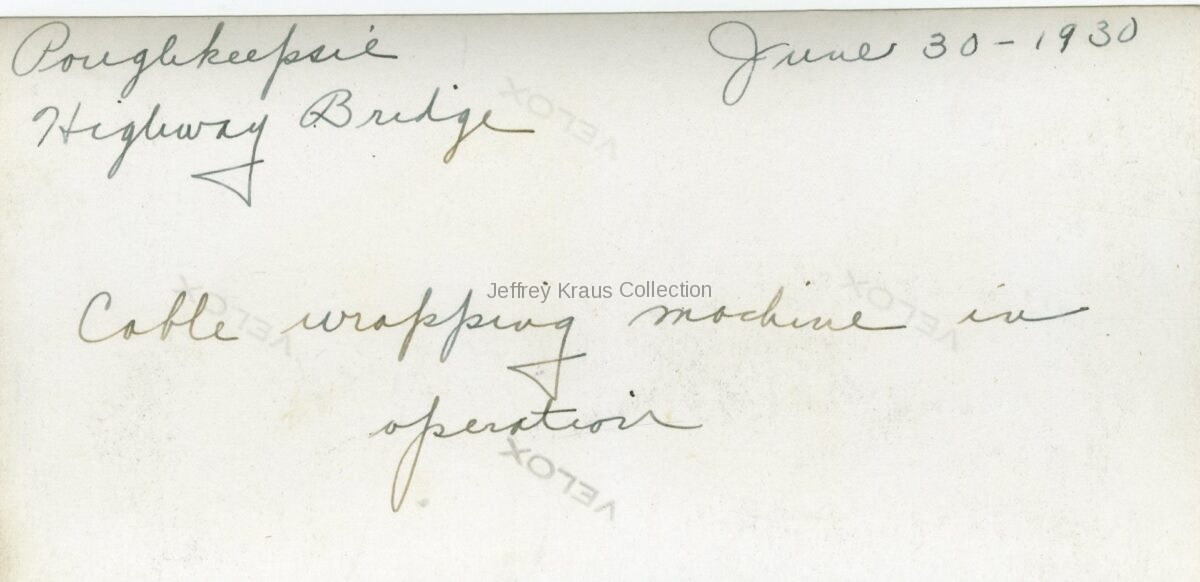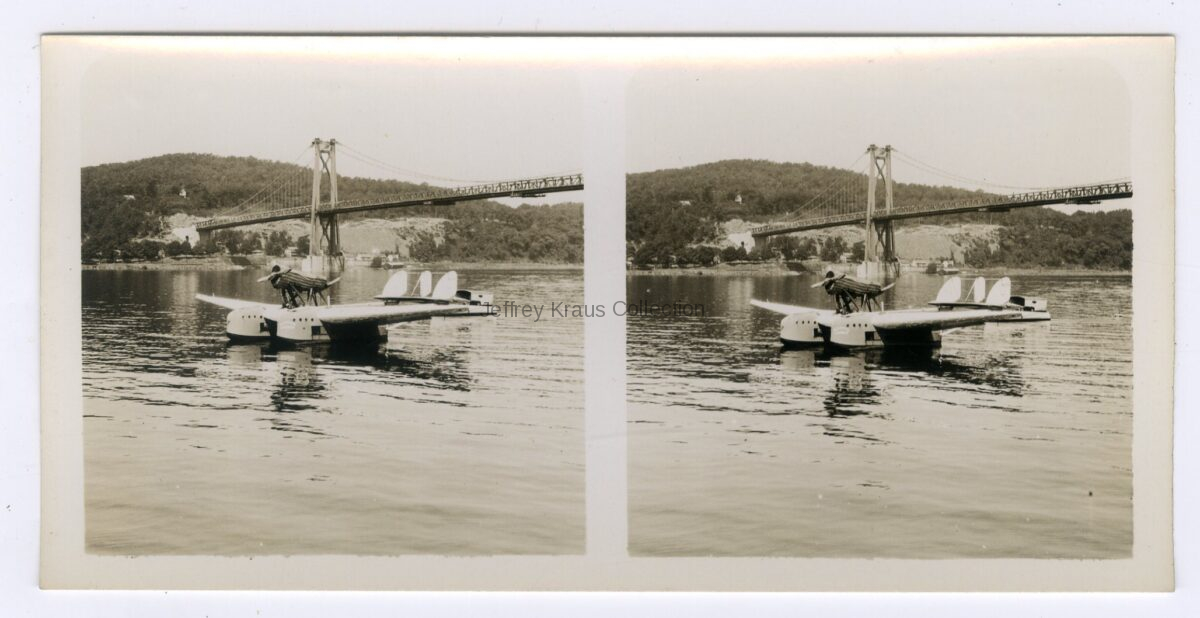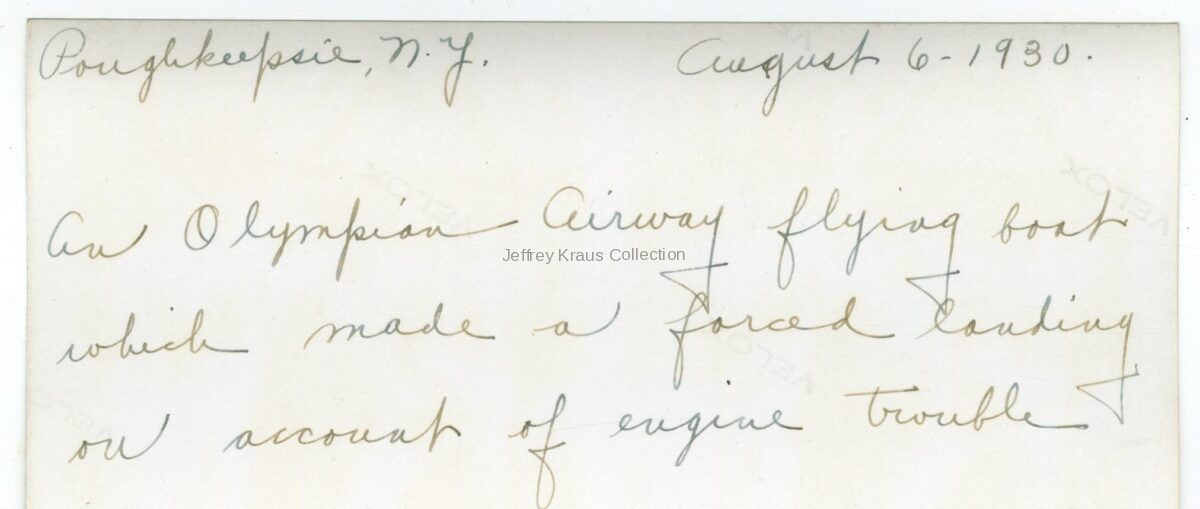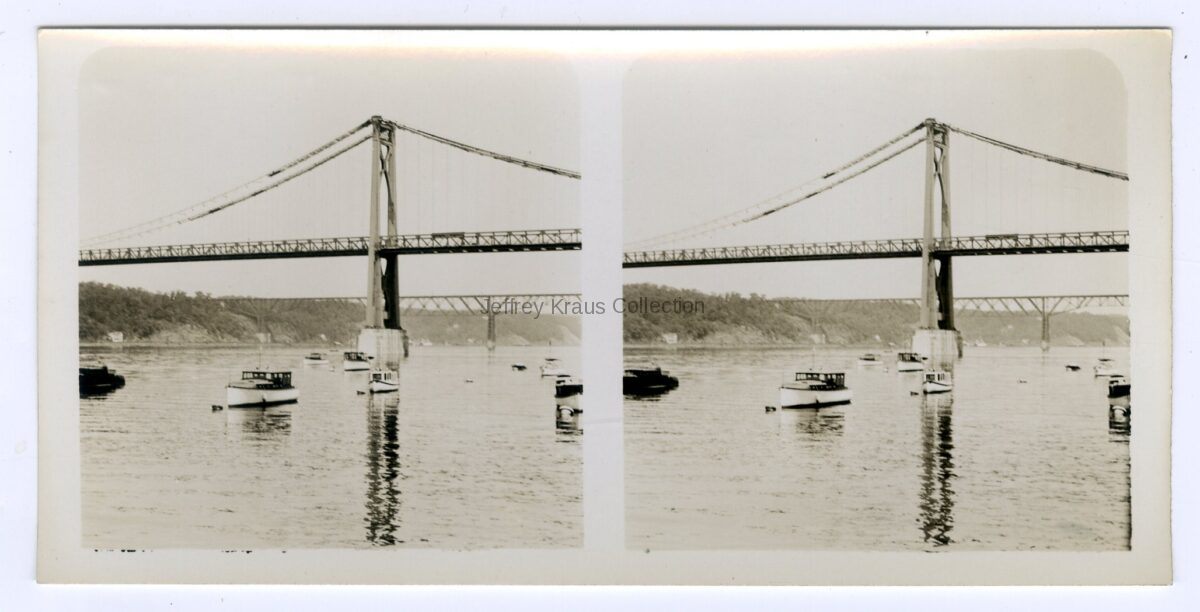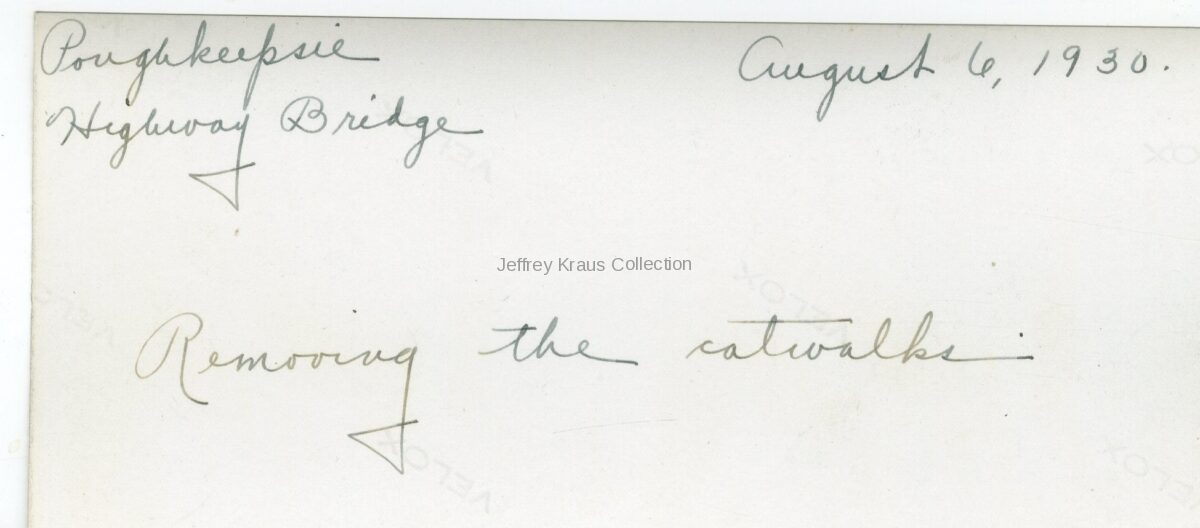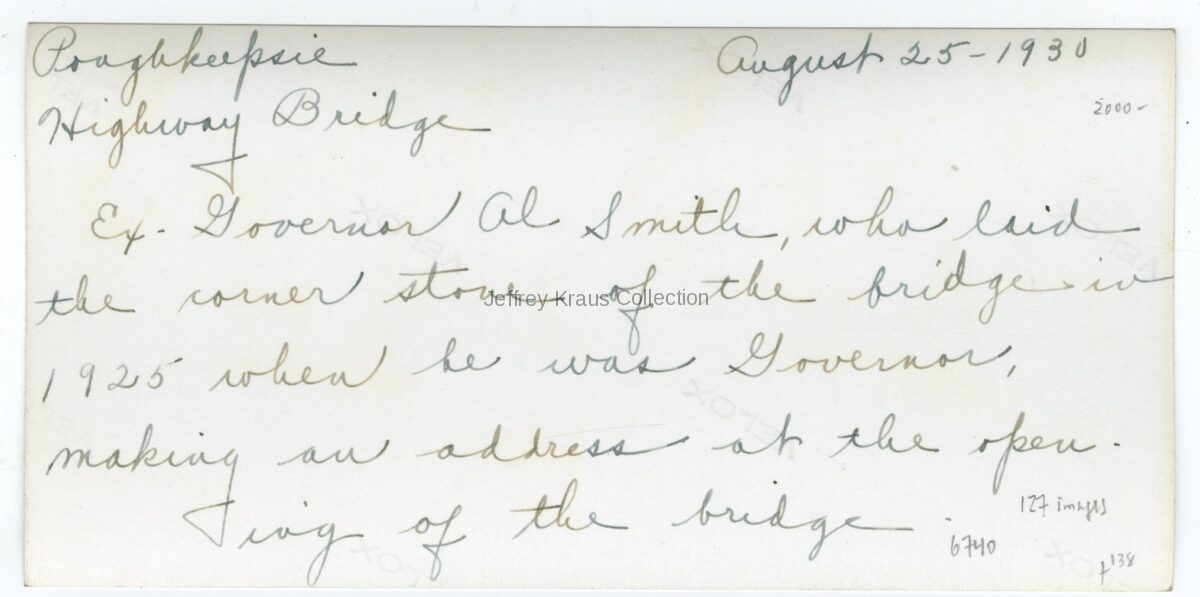Poughkeepsie Mid-Hudson Bridge Construction
The idea for the Mid-Hudson Bridge was introduced to the New York State Legislature in 1923 by J. Griswold Webb and John M. Hackett. At that time, the only bridge across the Hudson River south of Albany was the Bear Mountain Bridge.
A great deal of lobbying was done by citizens in the Poughkeepsie area for a vehicular span, due to the efforts of the Hudson Valley Bridge Association. The Association consisted of a broad cross-section of local leaders, ranging from business people to civic groups to area clergy. One of the strongest proponents of a bridge in Poughkeepsie was a Catholic priest by the name of Monsignor Joseph Sheahan, who served as the pastor of St. Peter’s Parish in Poughkeepsie at the time.
Governor Alfred E. Smith signed bridge legislation in 1923, appropriating $200,000 to provide surveys, specifications and other preliminary work. The New York State Department of Public Works was charged with the job of constructing the span while the design of the bridge was awarded to Modjeski and Moran.
Ralph Modjeski, one of the most celebrated bridge designers in America in the 20th century was already familiar with the area because of his work on the Poughkeepsie Railroad Bridge. His gothic design brought the Mid-Hudson Bridge much praise, described as “superbly beautiful…the span is one of the very finest American suspension bridges,” by Daniel Plowden in his 1974 book Bridges. When it first opened, the bridge won recognition as the most beautiful suspension bridge in this part of the country. In 1983, the Mid-Hudson Bridge was honored by the American Society of Civil Engineers as a New York State Civil Engineering Landmark.
The opening day celebration on August 25, 1930 was officiated by Governor and Mrs. Roosevelt, former Governor and Mrs. Smith and Poughkeepsie Mayor Lovelace. The celebration included a parade, official dedication ceremony in Union Square, clambake, music, a block dance and fireworks. At 5:30 P.M., Mrs. Smith cut the ribbon on the east side of the span while Mrs. Roosevelt cut the ribbon on the west. An auto procession began from both sides and met in the middle. On that first day, 12,000 automobiles and 30,000 pedestrians crossed the Mid-Hudson Bridge for free.
The 127 stereographs in this collection were obtained on Nov. 15, 2008 at Hyde Park Country Auctions, Salt Point, Dutchess County, NY at an auction of material from the estate of Capt. John Miller of Poughkeepsie, NY. He lived to age 102 and was a world-renowned test pilot and aviator. He was also the elder brother of Lee Miller, the American photographer and photojournalist. These stereographs were likely made by Lee’s father, Theodore Miller. Various individuals are identified in the images including a few of John Miller.
1. May 13, 1924. At the junction of Church and Union Streets, looking across the River on the site of the proposed highway bridge.
2. Dec. 21, 1925. Building the steel span over the New York Central tracks forming the eastern approach to the Poughkeepsie vehicular bridge from Union Street Bridge looking north.
3. Dec. 21, 1925. Steel arch bridge over the New York Central tracks and forming the eastern approach to the Poughkeepsie vehicular bridge.
5. Dec. 21, 1925. Building the steel span over the New York Central tracks forming the eastern approach to the Poughkeepsie vehicular bridge.
6. Dec. 21, 1925. Building the steel span over the New York Central tracks forming the eastern approach to the Poughkeepsie vehicular bridge. John up.
7. Dec. 21, 1925. Steel arch bridge over the New York Central tracks and forming the eastern approach to the Poughkeepsie vehicular bridge. John in the foreground.
8. May 2, 1926. Building the Poughkeepsie Highway Bridge looking West across Front Street to the foundations and timber work over anchorages.
9. May 2, 1926. Building the Poughkeepsie Highway Bridge. On the extreme right the incline timbers are for the cableway leading into the cable anchorages 100 feet deep. At the foot of the railway track is a pile of “I” bars and at the extreme left a pile of finished steel pins for fastening the “I” bar chain together the hole to be buried in concrete in the anchorage holes for cable anchorages.
10. May 2, 1926. Building the Poughkeepsie Highway Bridge looking East toward Union Square. The steel work in the foreground is over South Water Street and further on the arch span over the New York Central Railroad.
11. June 19, 1926. Looking East across the Hudson from the location of the western anchorages of the Highway Bridge toward the eastern anchorages, which may be seen at the top of the hill at the right of the Standard Oil tanks.
12. July 24, 1926. Building the Poughkeepsie approach to the Highway Bridge, putting the granite blocks in place. The inclined wood structures are at the entrance to the cable anchorage tunnels.
13. July 24, 1926. Building the Poughkeepsie approach to the Highway Bridge. In the foreground are the steel “I” bars to which will be connected one of the steel cables. Beyond the first tier of masonry is the steel structure over Front Street.
18. Oct. 26, 1926. Old blacksmith shop being torn down on Union Square to make way to the entrance to the Mid-Hudson Bridge, the eastern approach of which is finished and is in the rear of the building in foreground.
20. April 20, 1927. Floating the caisson for the east pier into position. The two holes for the cable anchorages on the West Shore are just visible just to the right of the end of the caisson which is still downstream from its final position.
21. April 20, 1927. Floating the caisson for the east pier into position. The two holes for the cable anchorages on the West Shore are visible just to the right of the end of the caisson which is still downstream from its final position.
22. April 20, 1927. Floating the caisson for the east pier into position from the top of the De Laval Tower building.
23. April 27, 1927. The west caisson being prepared at the dock to be floated into its final location.
26. May 28, 1927. From Kaal Rock south building the abutment for the east approach. The tall brick stack is of the Moline Plow Company, the De Laval stack immediately to the left side low down. Fishkill Mountain in the distance at the right and just over the dwelling house.
30. Aug. 4, 1927. Work on the highway bridge road being built on the west shore. The east caisson in the foreground had accidentally tipped over toward the shore at an angle of 45 degrees, the hatches in the to of the caisson showing over the top of the barge. John sitting at the right.
31. Aug. 4, 1927. Work on the highway bridge road being built on the west shore. The east caisson in the foreground had accidentally tipped over toward the shore at an angle of 45 degrees, the hatches in the to of the caisson showing over the top of the barge. John sitting at the right. [Duplicate]
32. Oct. 22, 1927. On the west shore. The western abutment in the foreground with two river piers being worked on and the eastern or Poughkeepsie abutment in the distance.
33. Oct. 22, 1927. Building the approach on the bridge on the west shore. Harry Hart in the foreground.
34. Oct. 22, 1927. On the west shore. The western abutment in the foreground with two river piers being worked on and the eastern or Poughkeepsie abutment in the distance. [Duplicate]
39. May 14, 1928. At work righting the east caisson which had tipped over toward the east in July 1927. When this picture was taken it had been pulled back toward the west at total of 6″ in the two preceding days which was the first movement which had been made after many months of effort.
42. May 24, 1928. Close up of the eastern caisson which tipped over to an angle of about 42 degrees in July, 1927.
43. May 24, 1928. Spars and suspenders with weights attached showing on the left. To the right the tilted eastern caisson.
44. June 1, 1928. From near the eastern approach looking toward the tipped east caisson and gear for righting it, with the wester pier nearly complete in the distance and beyond it the anchorage and roadway.
45. June 1, 1928. East to west from near the eastern anchorage. Robert Fulton of the Day Line going north. Just visible over the top is the tipped over caisson for the east pier while beyond it is part of the gear for righting it. In the distance the western pier in the river is nearly completed and beyond that the western achorage and roadway.
46. June 1, 1928. Tipped over eastern caisson and gear for righting it with the western pier and cable anchorage in the distance. Jean Moseley in the foreground.
47. June 28, 1928. From the top of the finished west pier of the highway bridge. Looking southeast showing the De Laval Separator Works with Vassar Hospital toward the left on the hill and the Phoenix House Shoe Works at the extreme right.
49. June 28, 1928. From the top of the finished west pier of the highway bridge looking north toward the railway bridge.
50. June 28, 1928. From the top of the finished west pier of the highway bridge. Looking east showing the eastern pier under construction and the eastern anchorage. Fog bell in the foreground.
51. June 28, 1928. From the top of the finished west pier of the highway bridge looking west toward the west anchorage and roadway.
52. June 28, 1928. From the top of the finished west pier of the highway bridge looking north toward the railway bridge.
56. Aug. 31, 1928. At work on the west abutment. The end of the west pier may be seen at the extreme right.
62. Aug. 28, 1929. Putting the finishing touches on the steel towers from the De Laval Tower building.
65. Sept. 6, 1929. Looking west from the east approach. Steel castings for suporting the cables as they emerge from the anchorages, one of which with a ladder in it shows on the extreme left.
69. Oct. 24, 1929. Building the catwalks prior to construction of the main cables. On the near left hand walk a group of workmen may be seen constructing the walk which is ten feet wide. Photographed from Union Square.
70. Nov. 16, 1929. Building the Poughkeepsie Highway Bridge. Constructing the ten foot wide catwalks in preparation for building the main cables.
76. Nov. 21, 1929. On the north catwalk from a small bridge connecting the north and south catwalks. Left to right: Messrs. Hubbard, Spross, Hall and Scott.
82. Nov. 21, 1929. Catwalks on the central span from the west tower. The center of the span is very much beyond the optical center, it being exactly at the second cross bridge.
87. Feb. 28, 1930. Dismantling the overhead work at the east anchorage which was a part of the wire haulage system used in fabricating the cables. The last strand of 360 wires is not yet quite in place with the other strands.
88. Feb. 28, 1930. Mr. Bone beside some spools of wire for use in building the main cables on the east approach. There is about 20 miles of wire on each spool.
90. March 9, 1930. Haulage machinery used for pulling the parallel wires back and forth in building the main cable.
92. March 15, 1930. Dutton lumber yard, Gas & Electric station and building the new gas holder which shows just above the bridge. From the east tower of the highway bridge.
93. March 15, 1930. Poughkeepsie railway bridge and ferry boats “Poughkeepsie” and “Governor Winthrop” from the catwalk.
94. March 15, 1930. The north cable saddle on top of the east tower. Left to right: Blanche Seaman, Master Baker and Mr. Hanson, Resident Engineer of the Modjeski & Moran.
96. March 15, 1930. Beside the north cable toward Poughkeepsie. Mr. H.I. Baker and his son in front. Blanche Seaman and Mr. Hanson, Resident engineer for Modjeski & Moran.
99. March 15, 1930. A section of the north cable and a steel casting for one of the suspender cables.
100. March 15, 1930. West side of the east tower looking straight down from the top.
